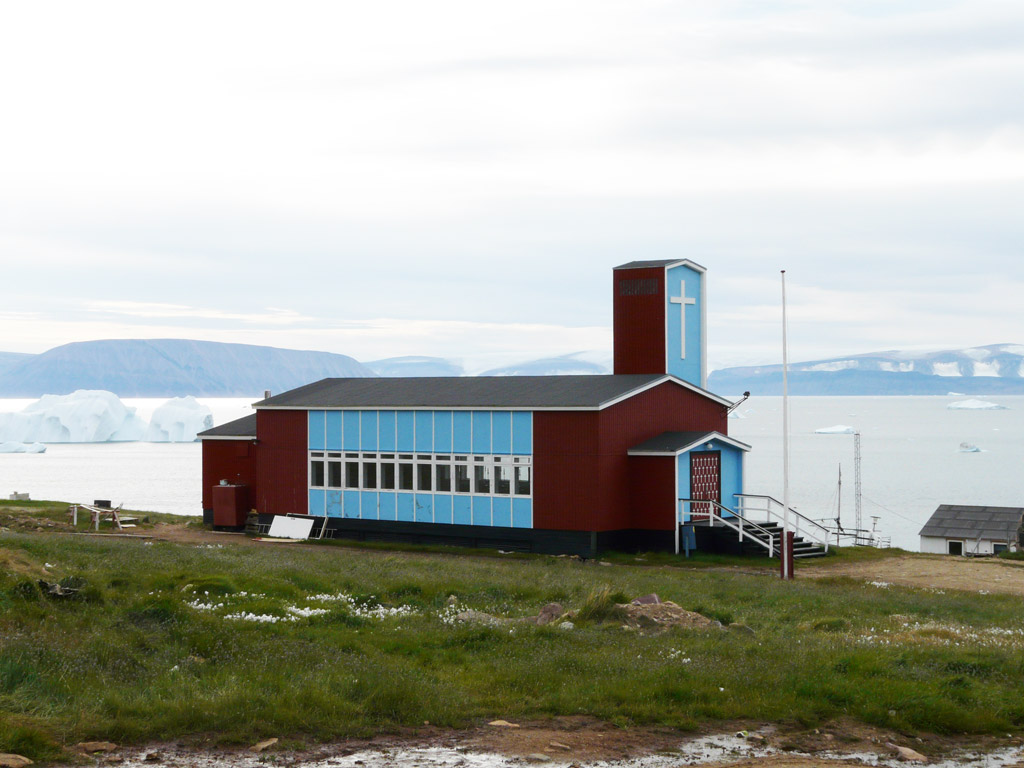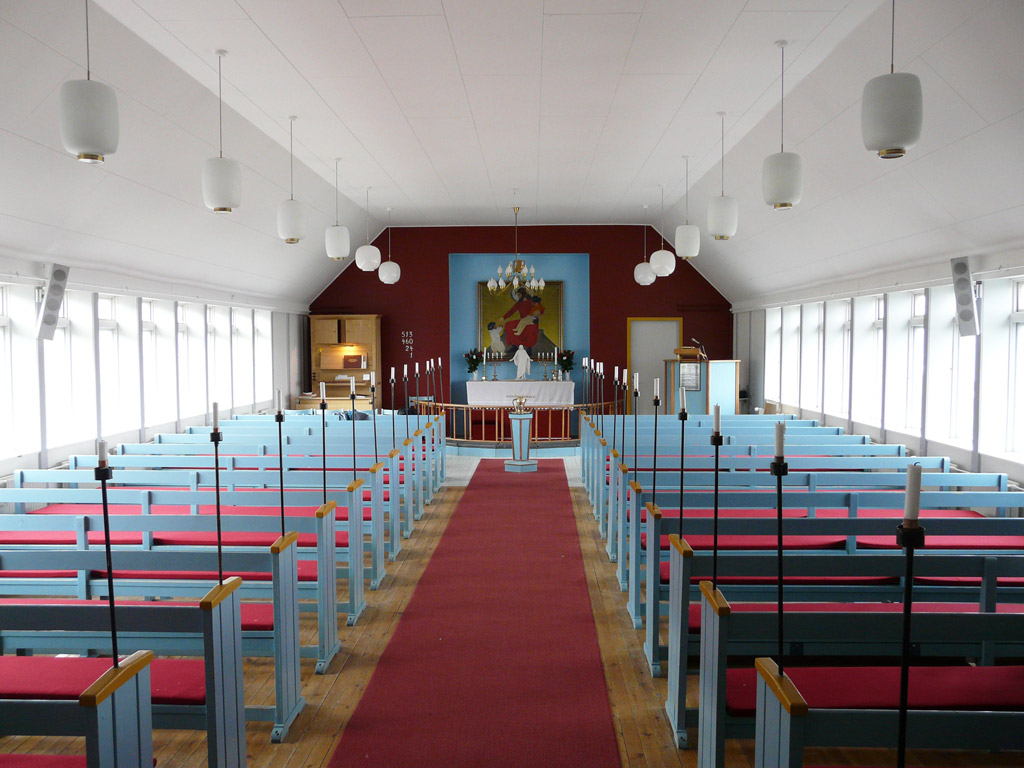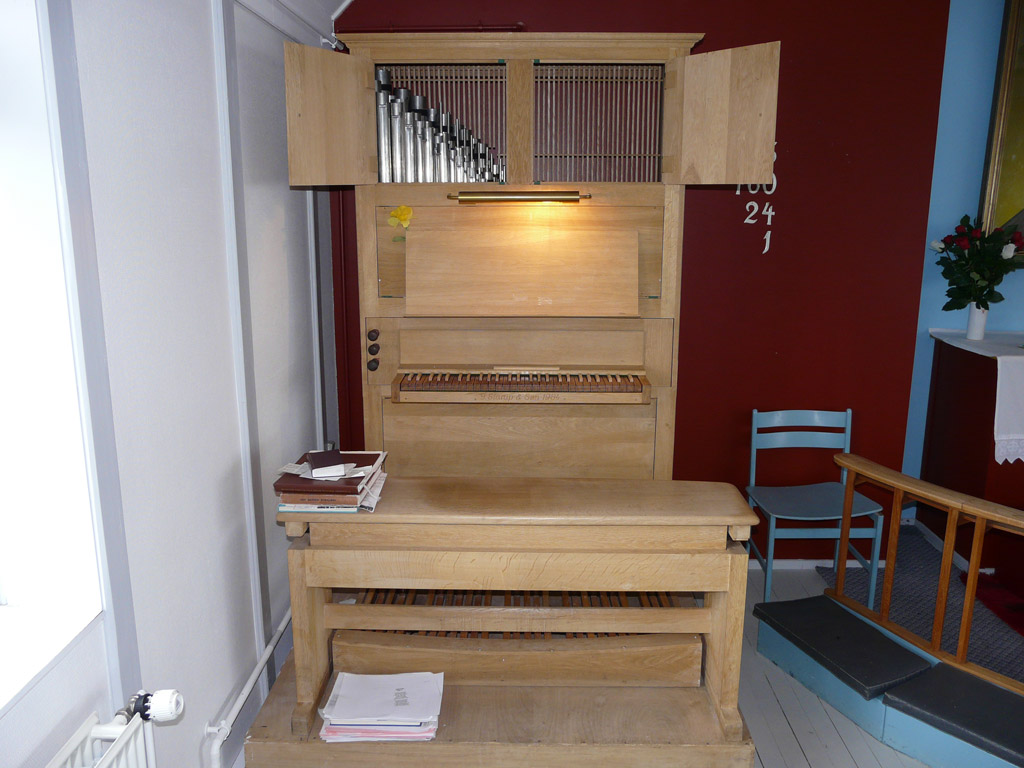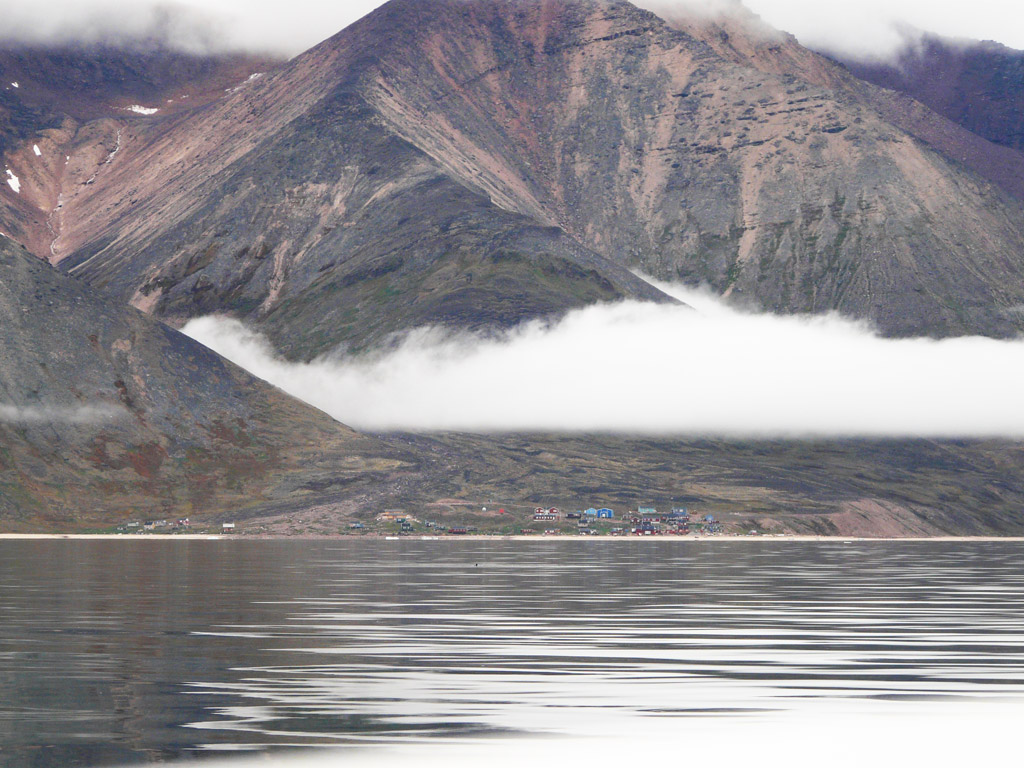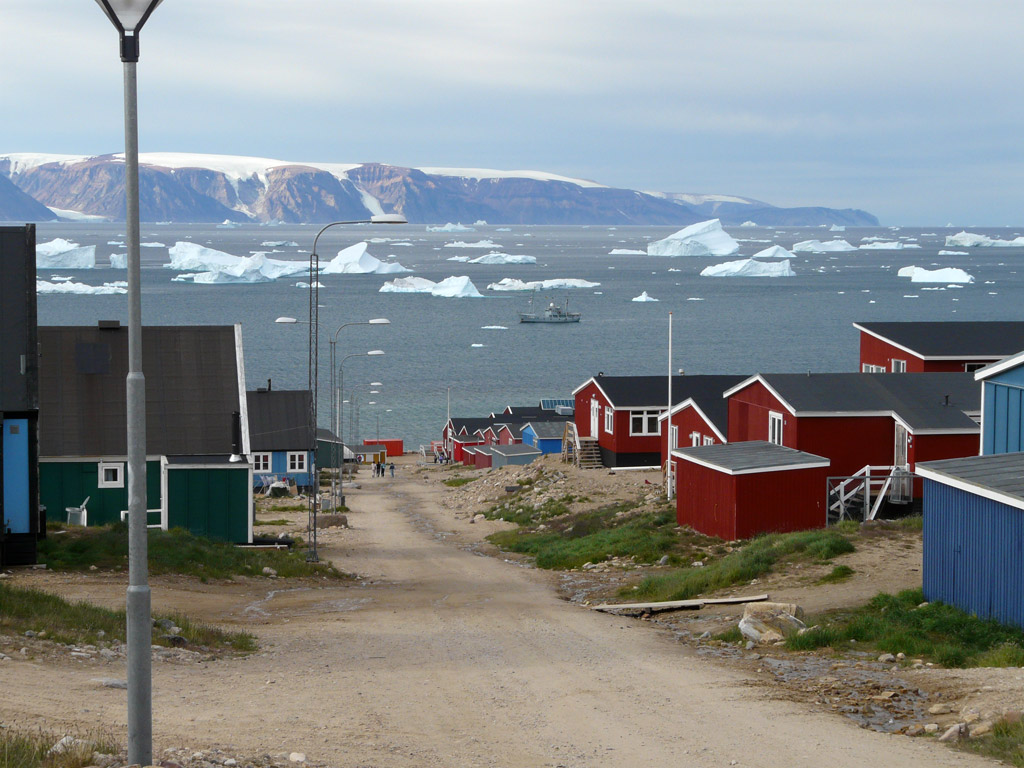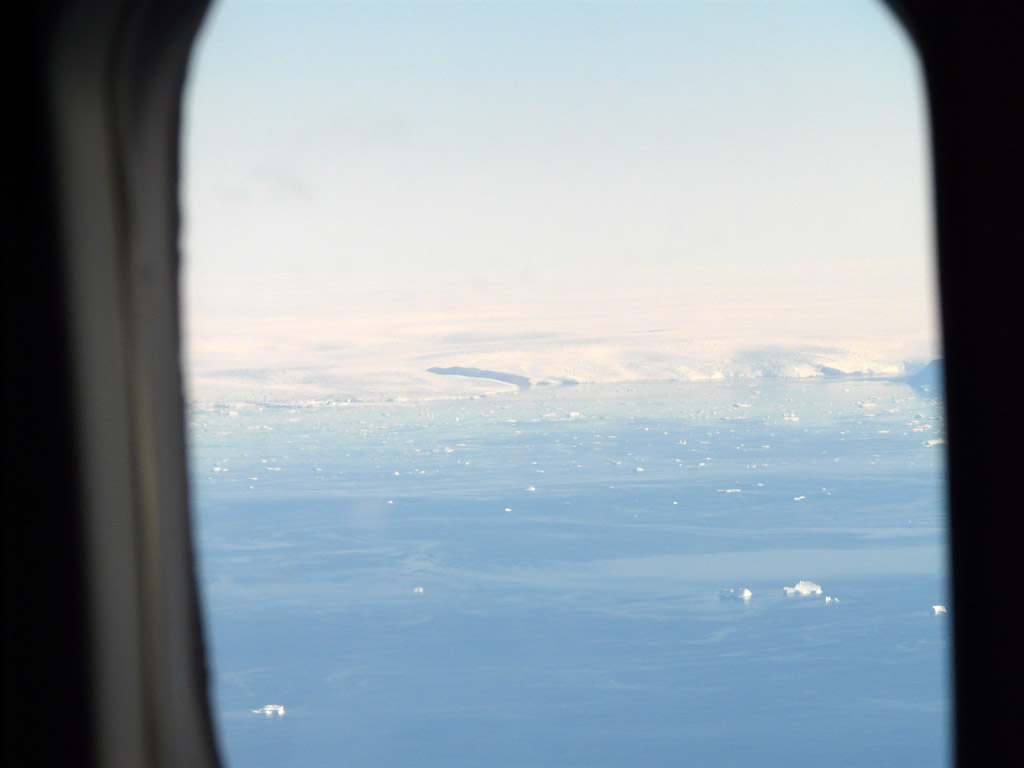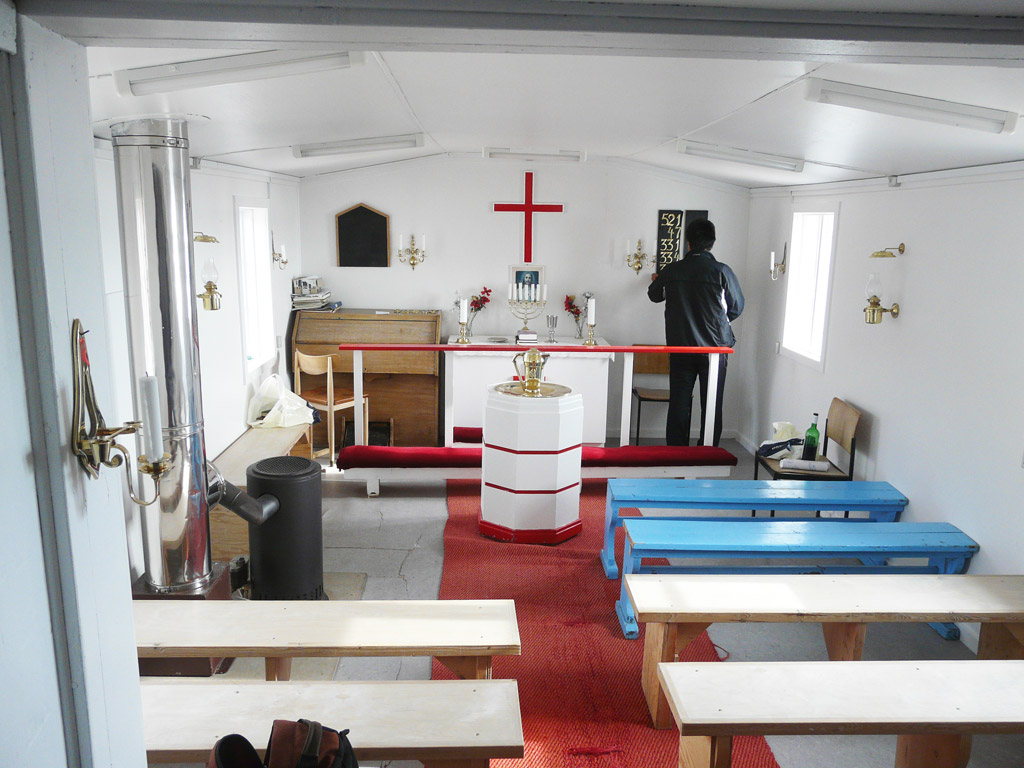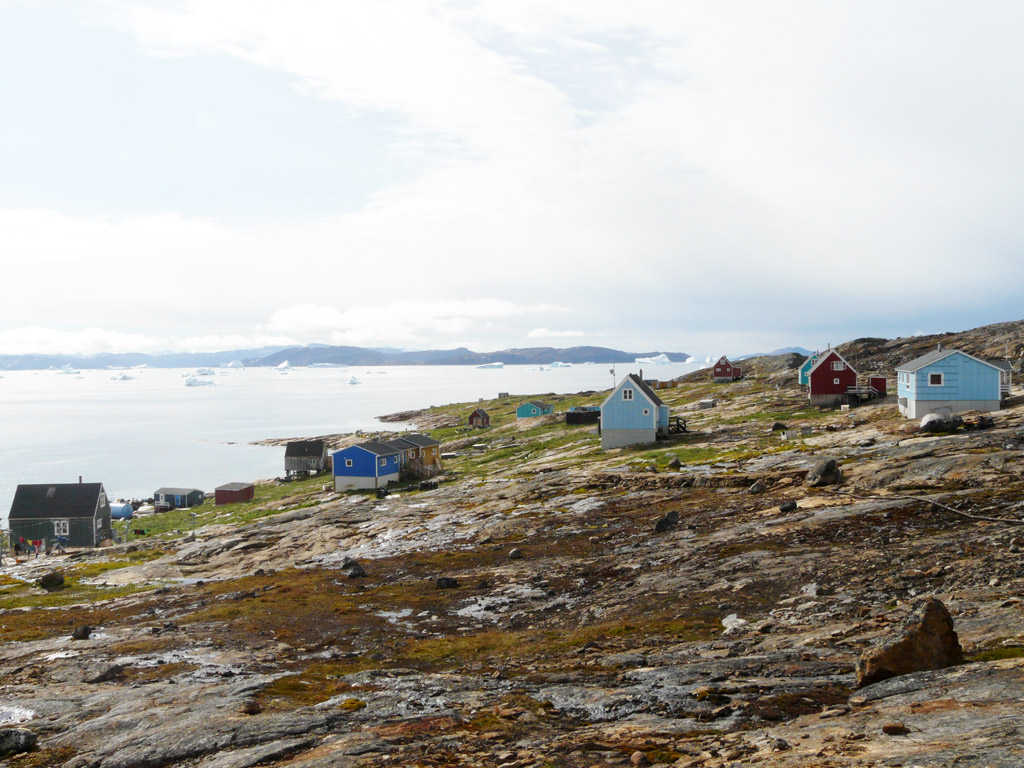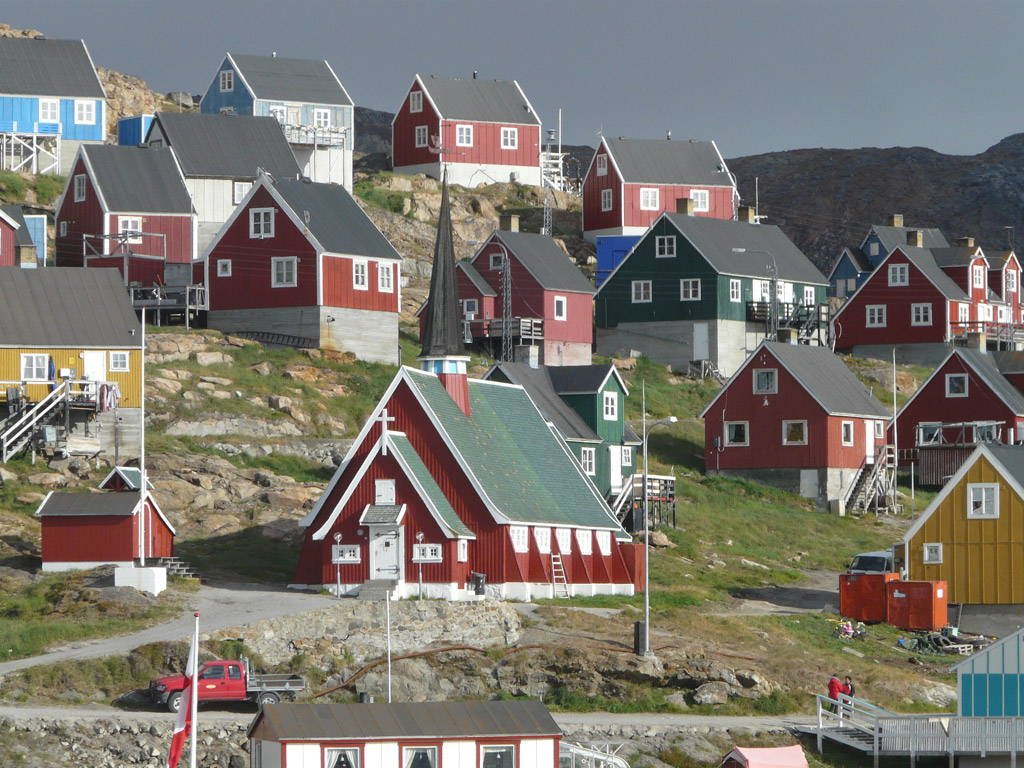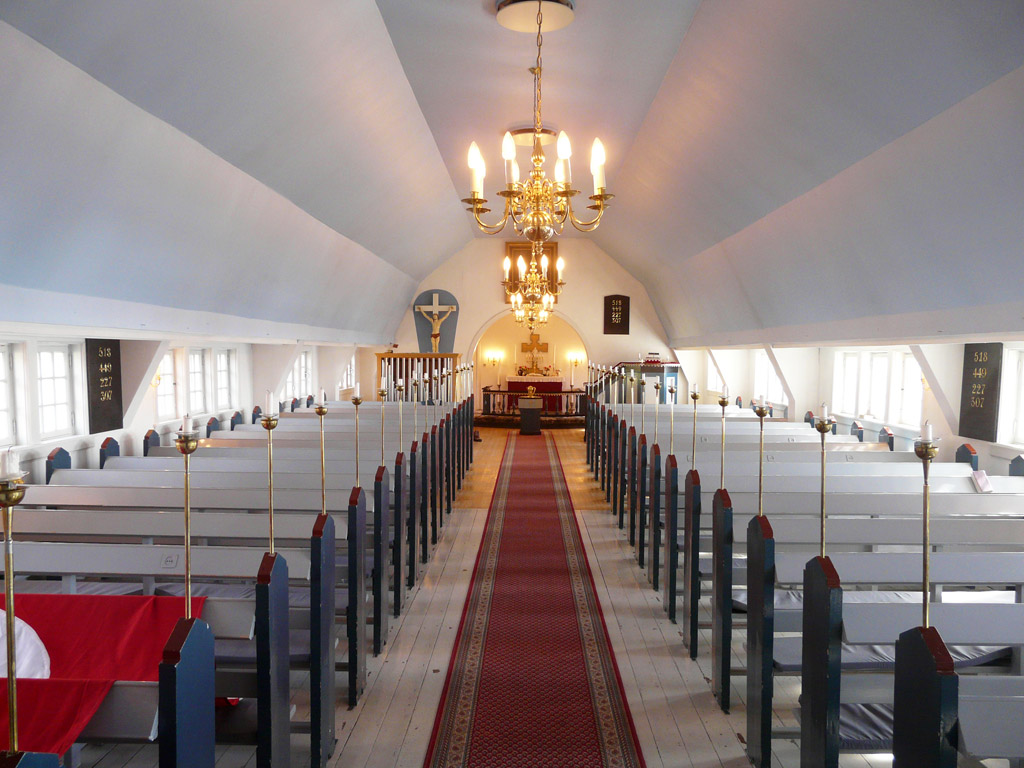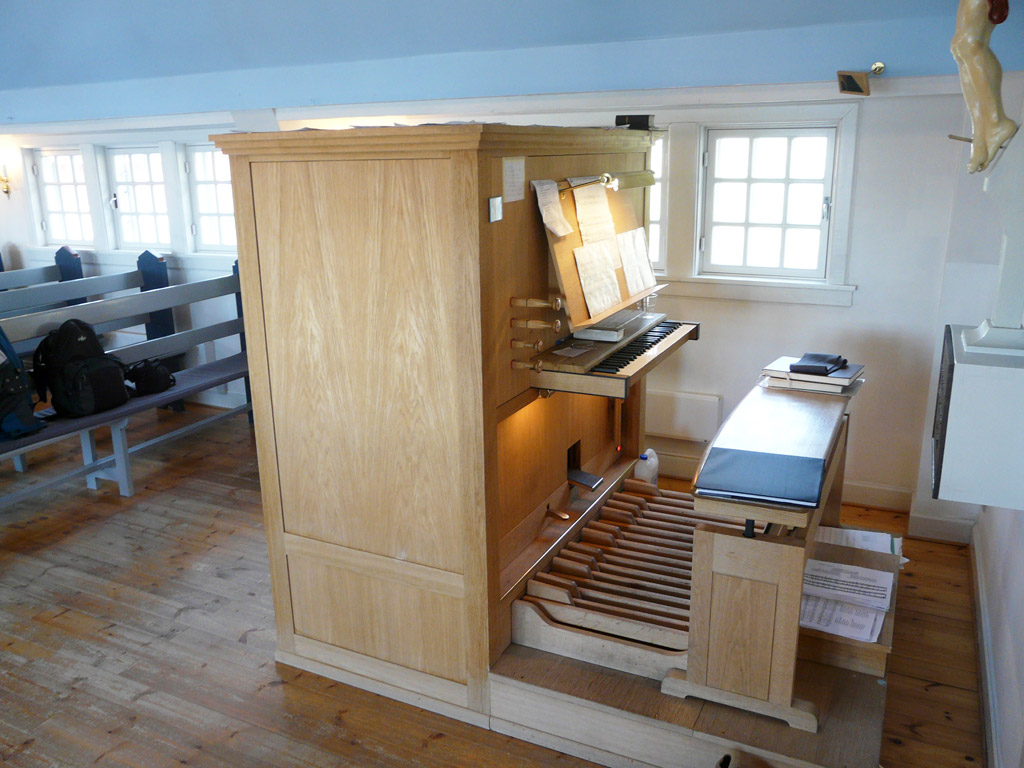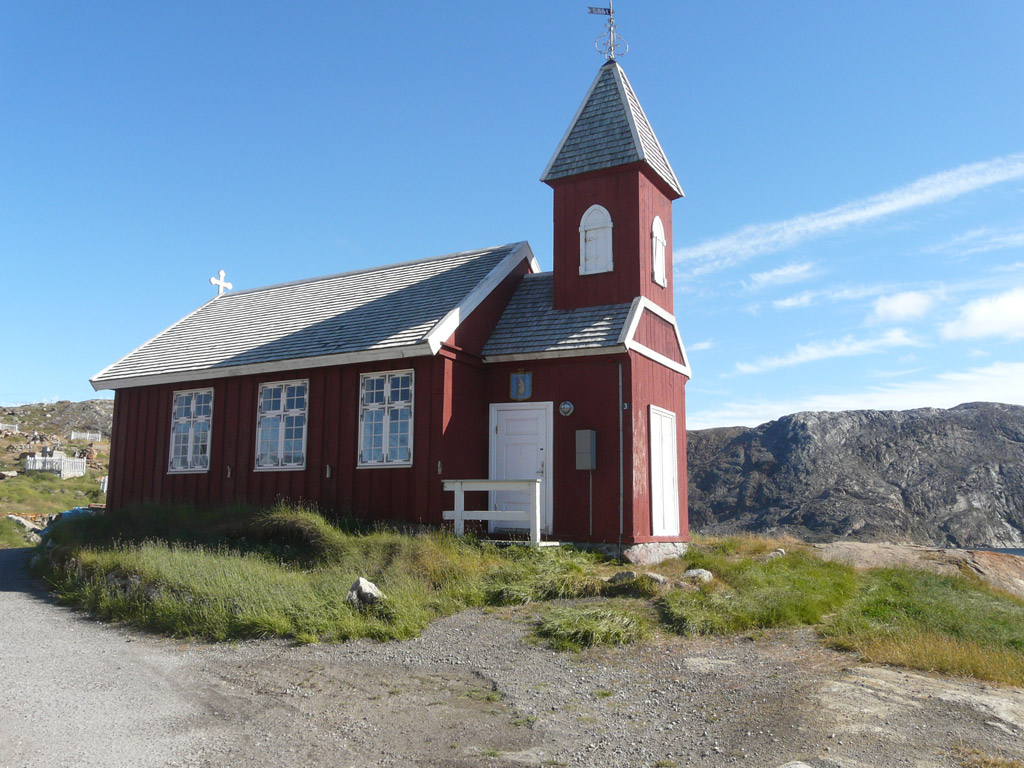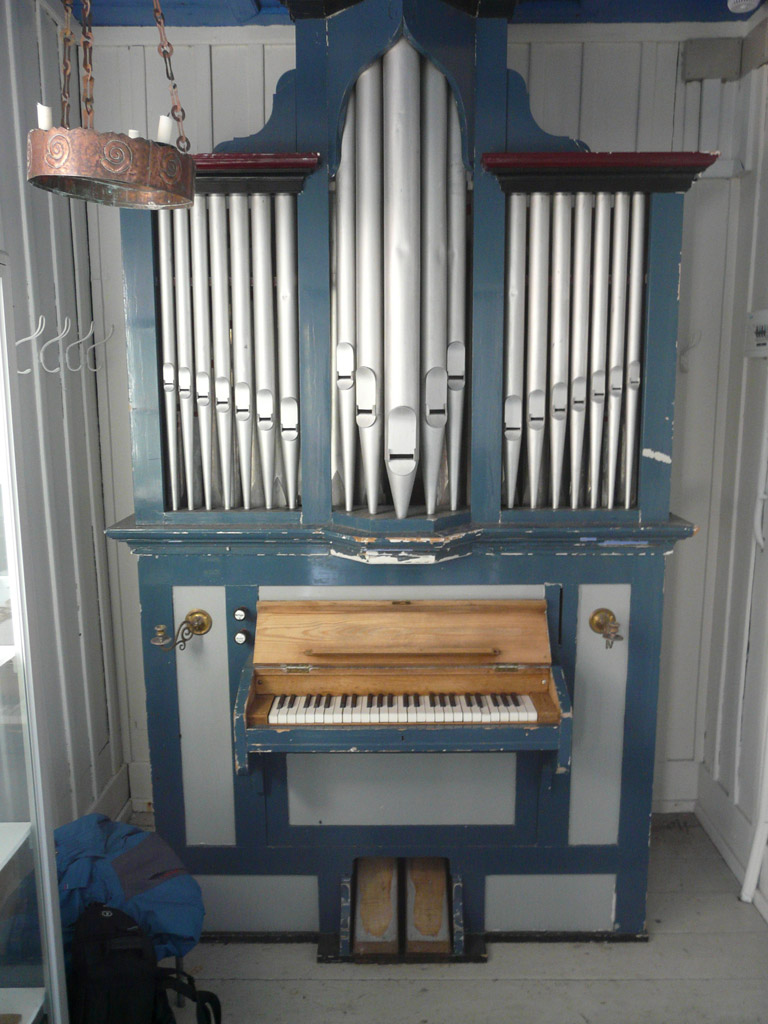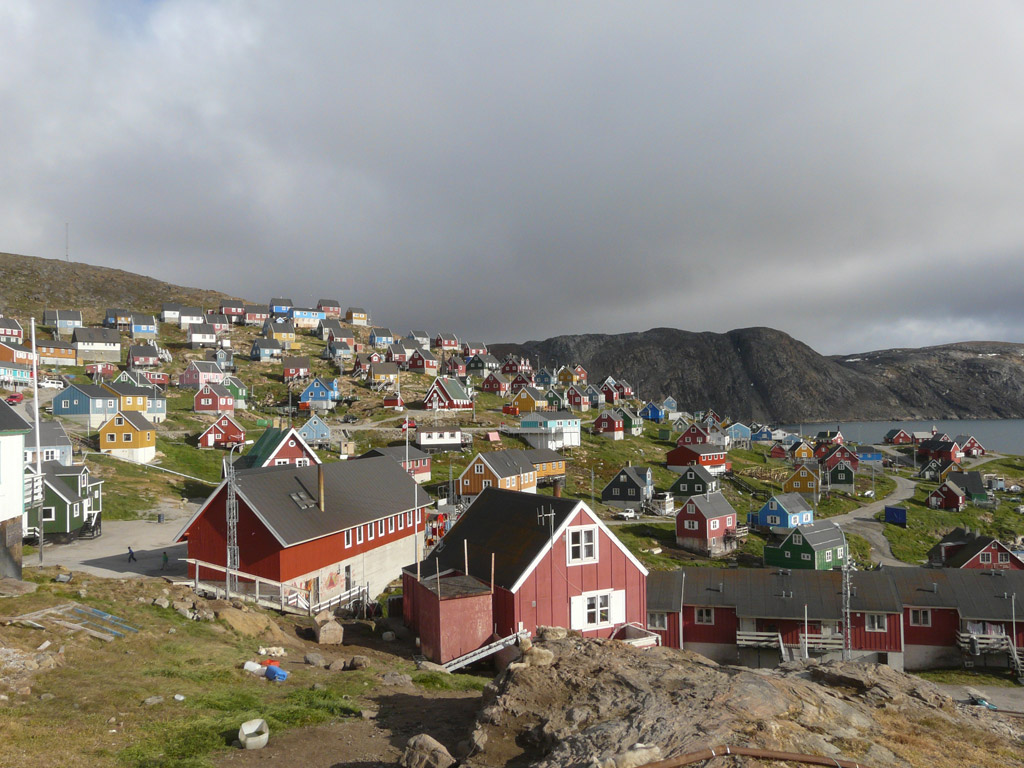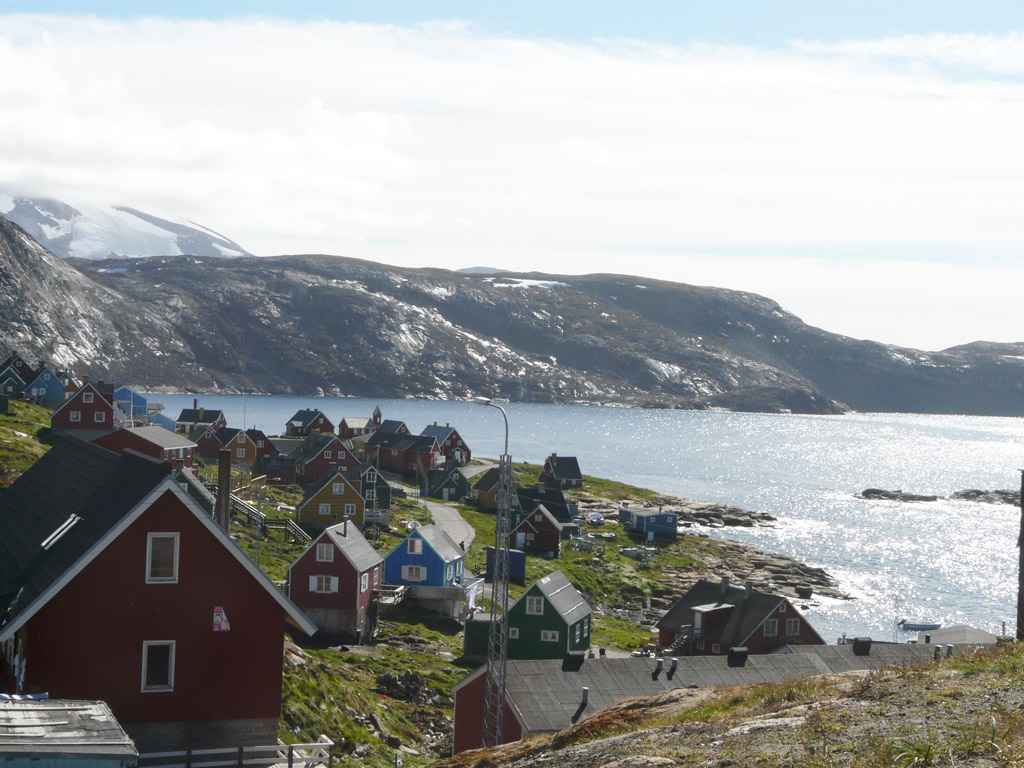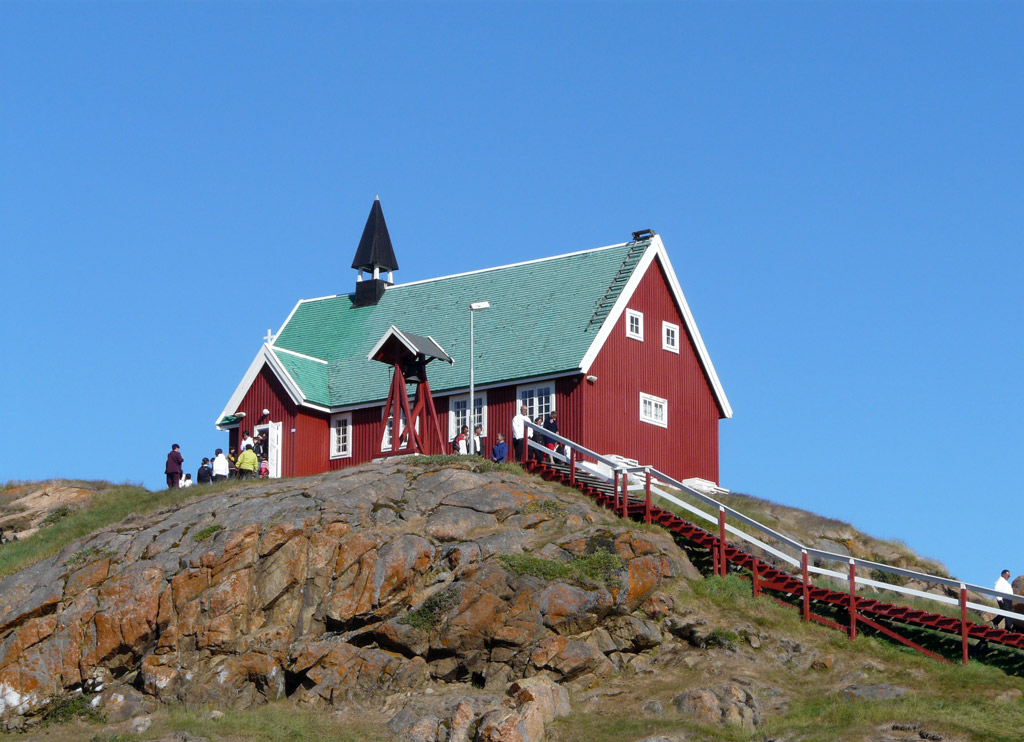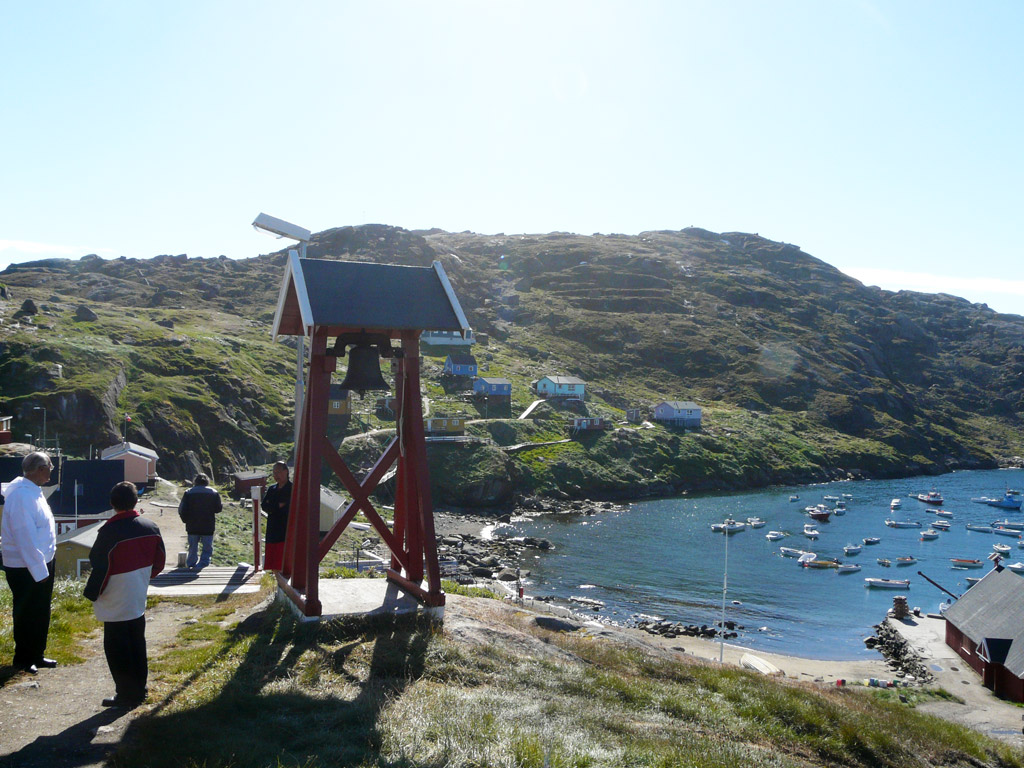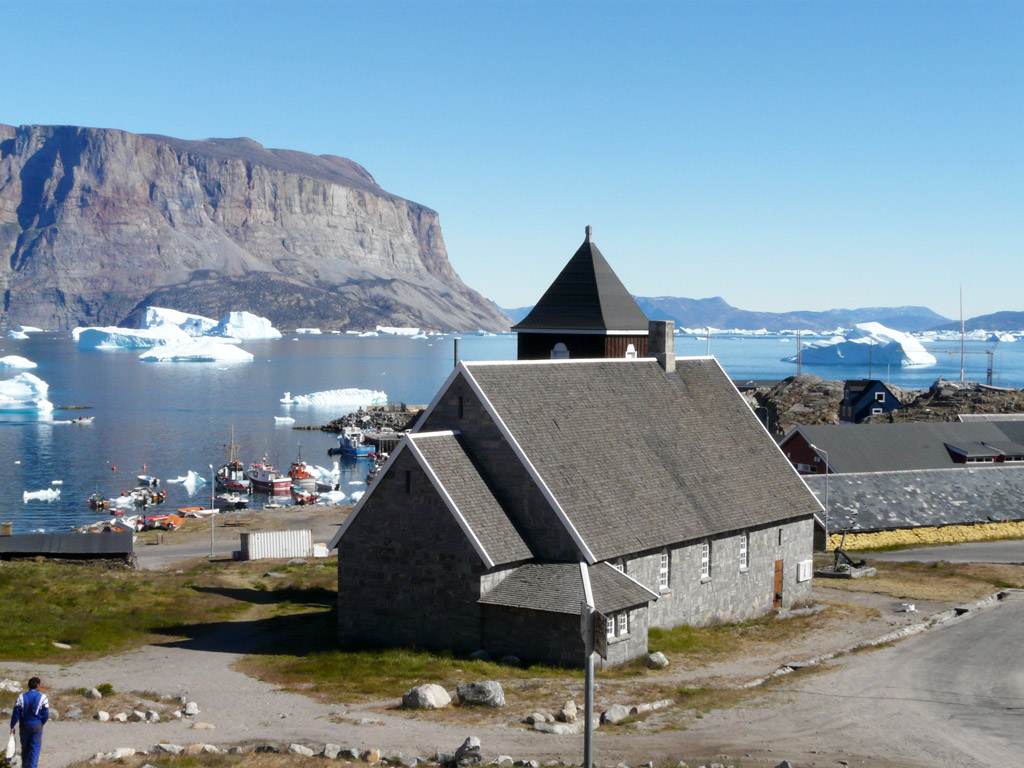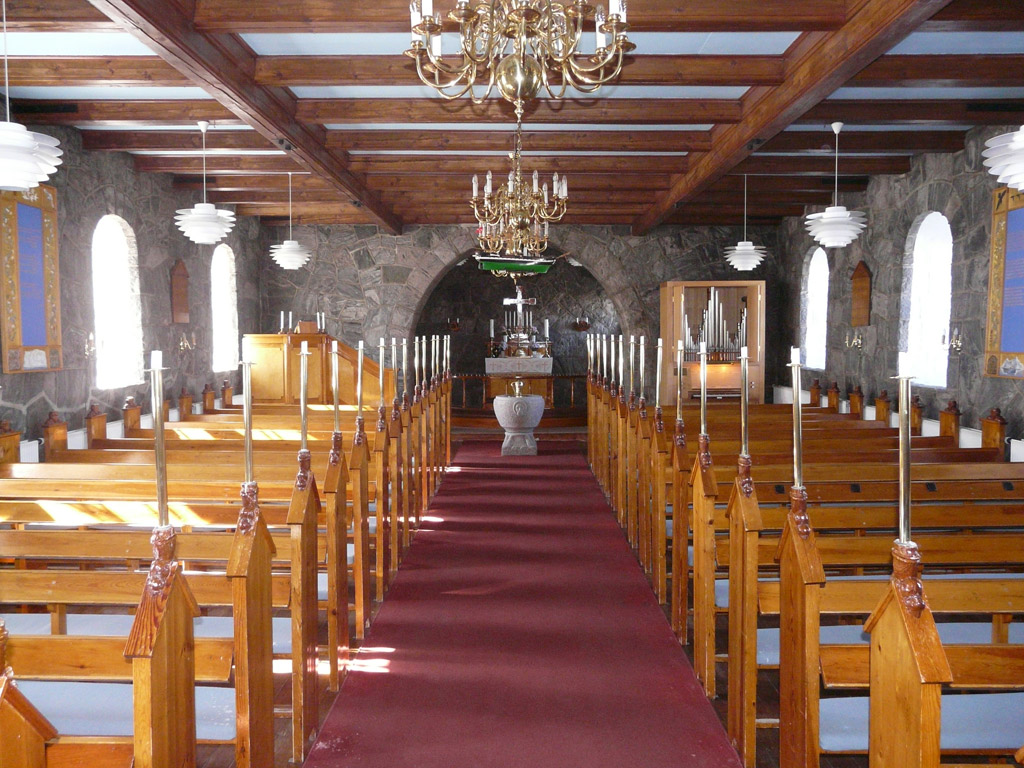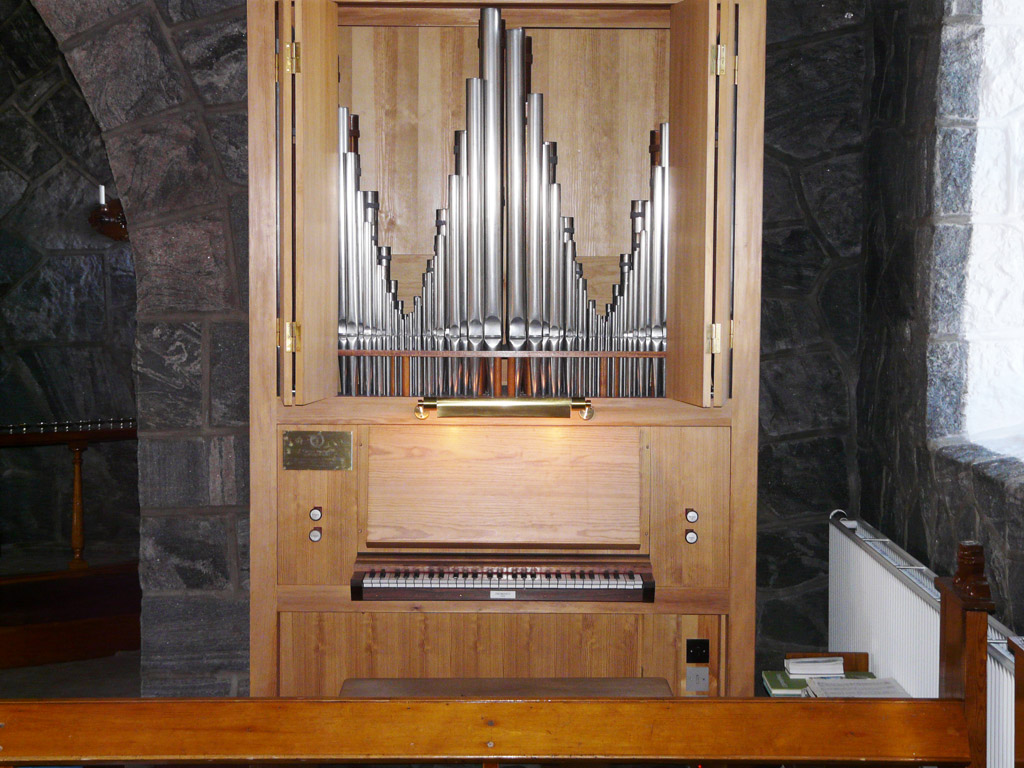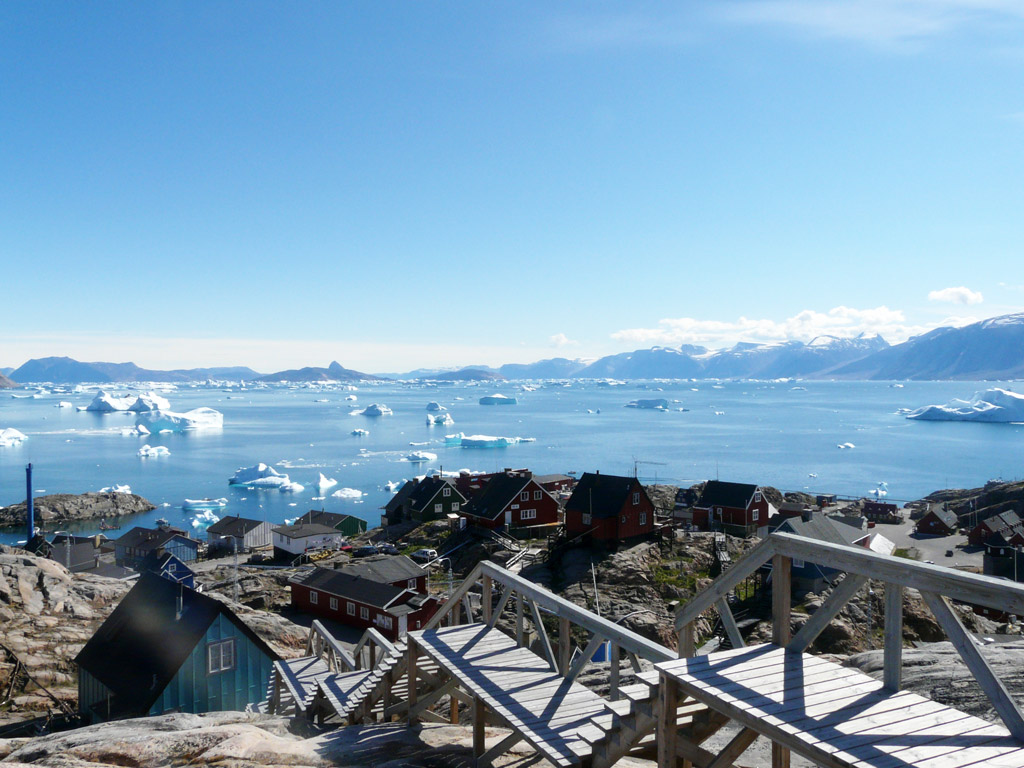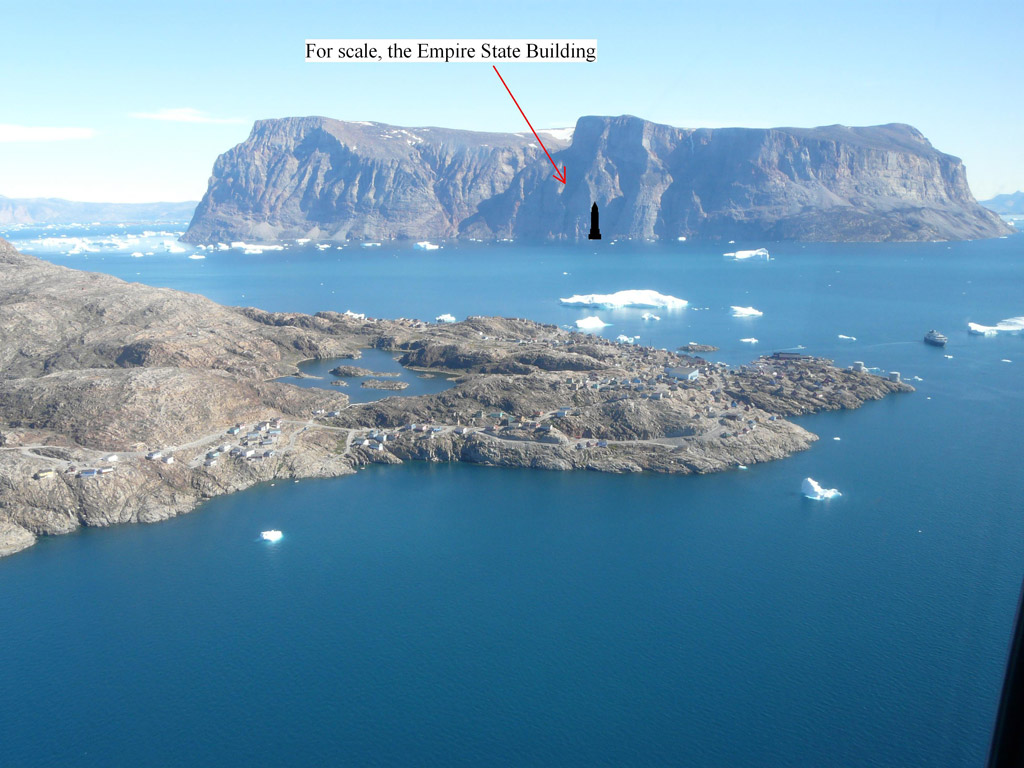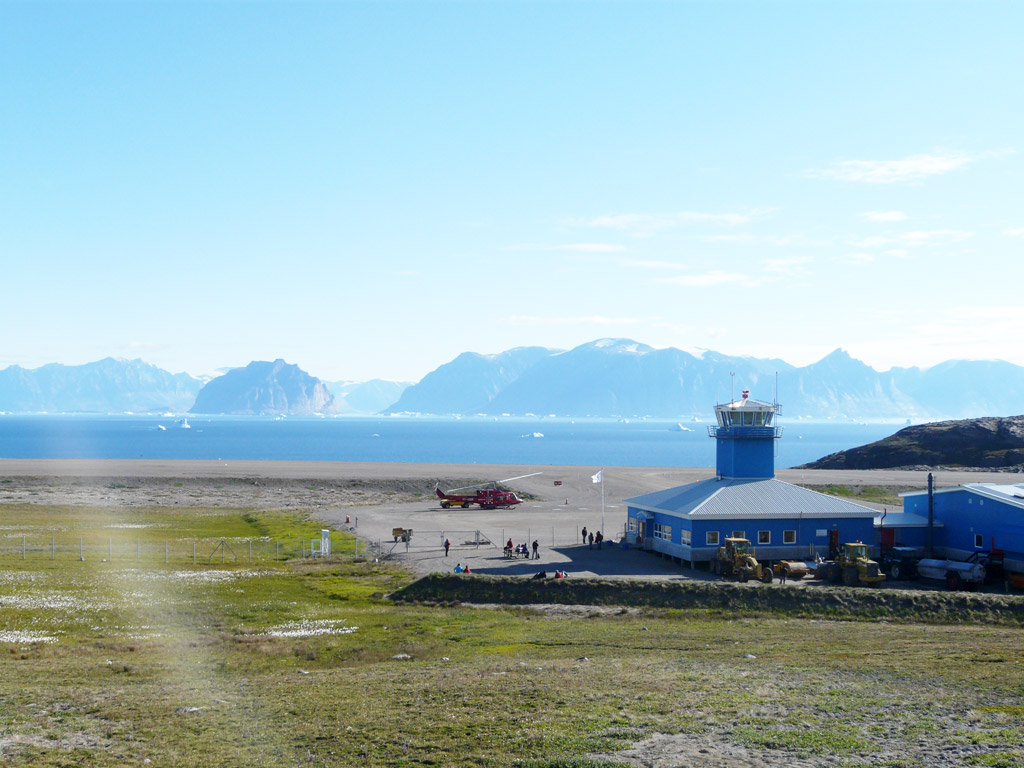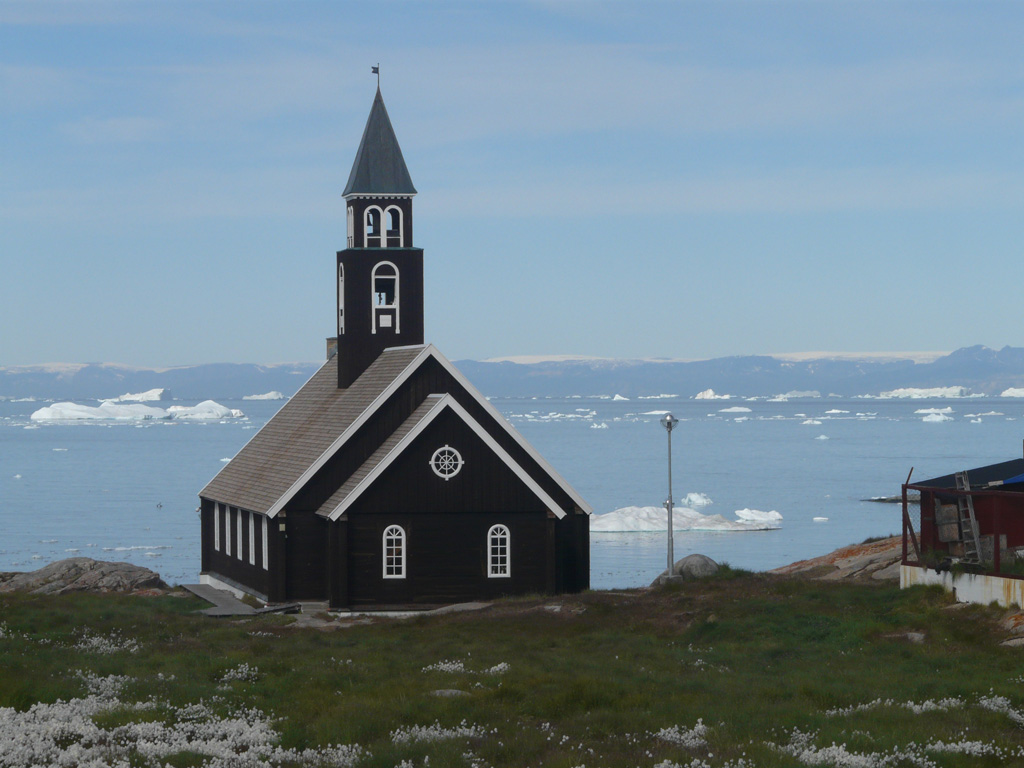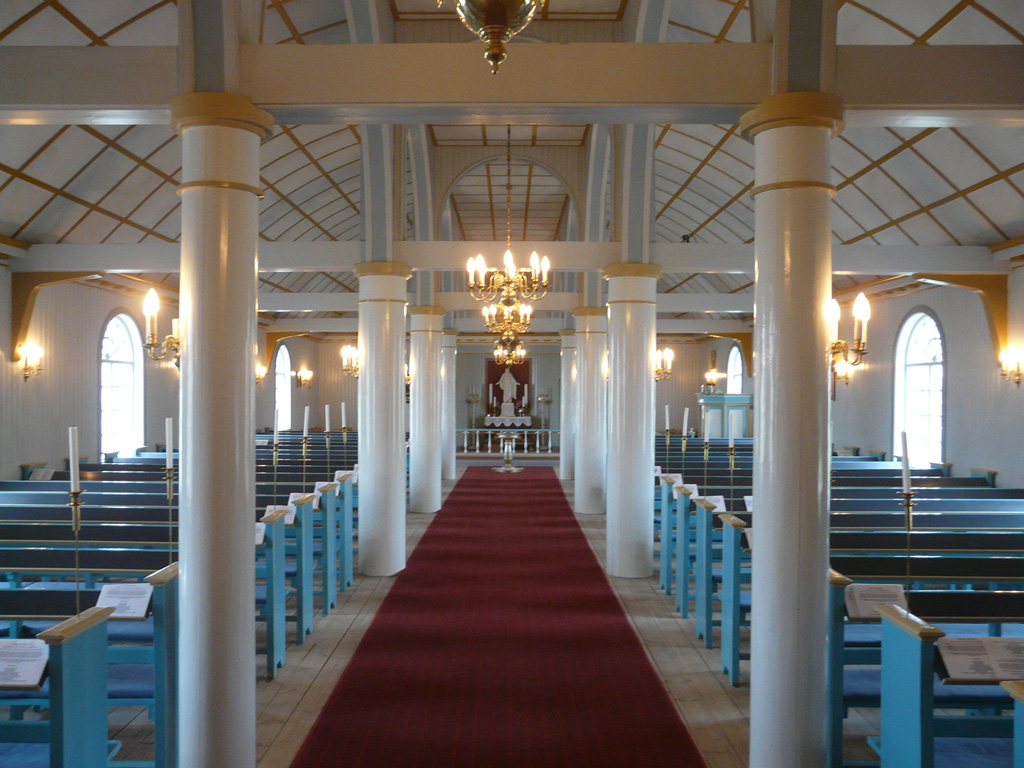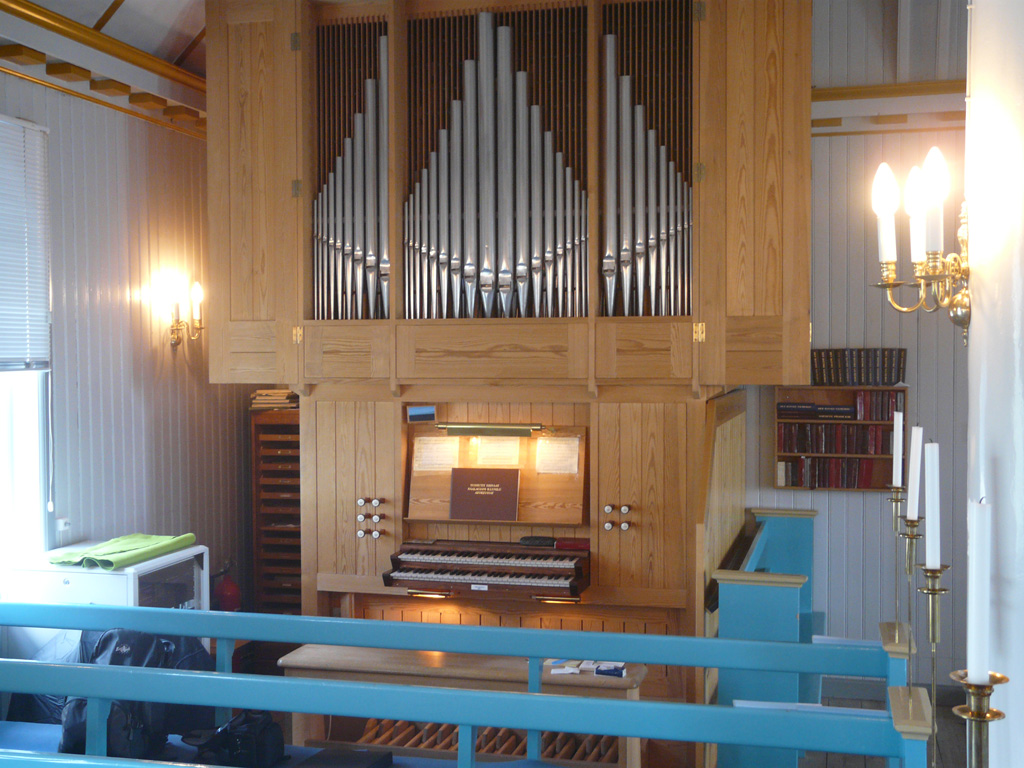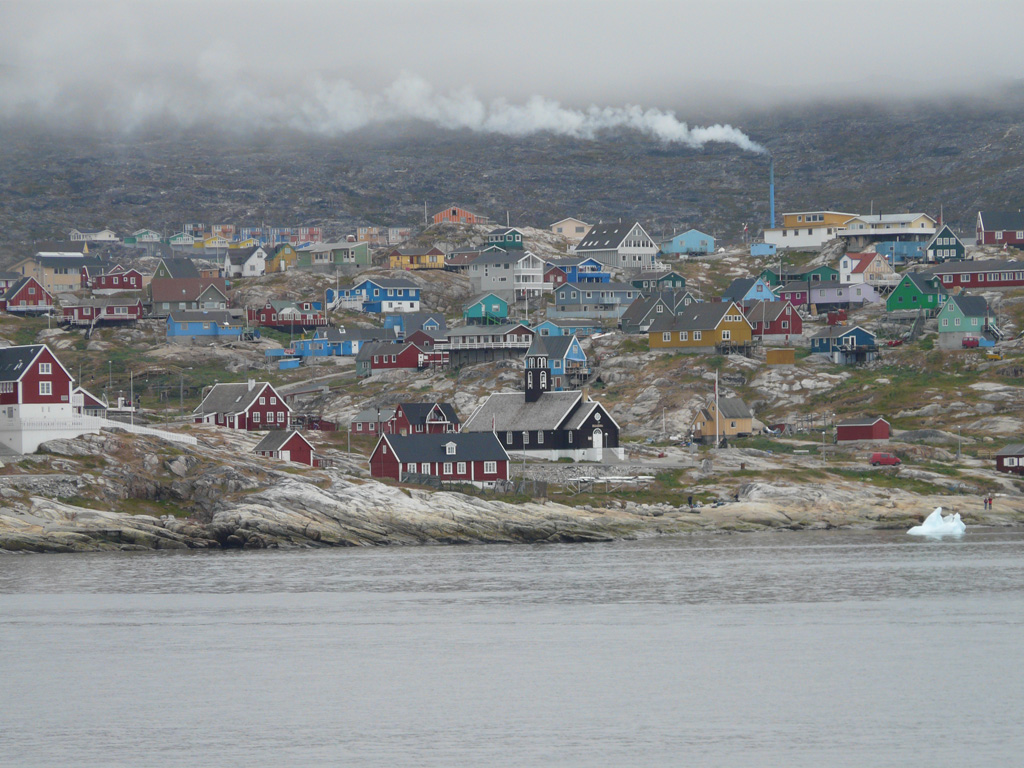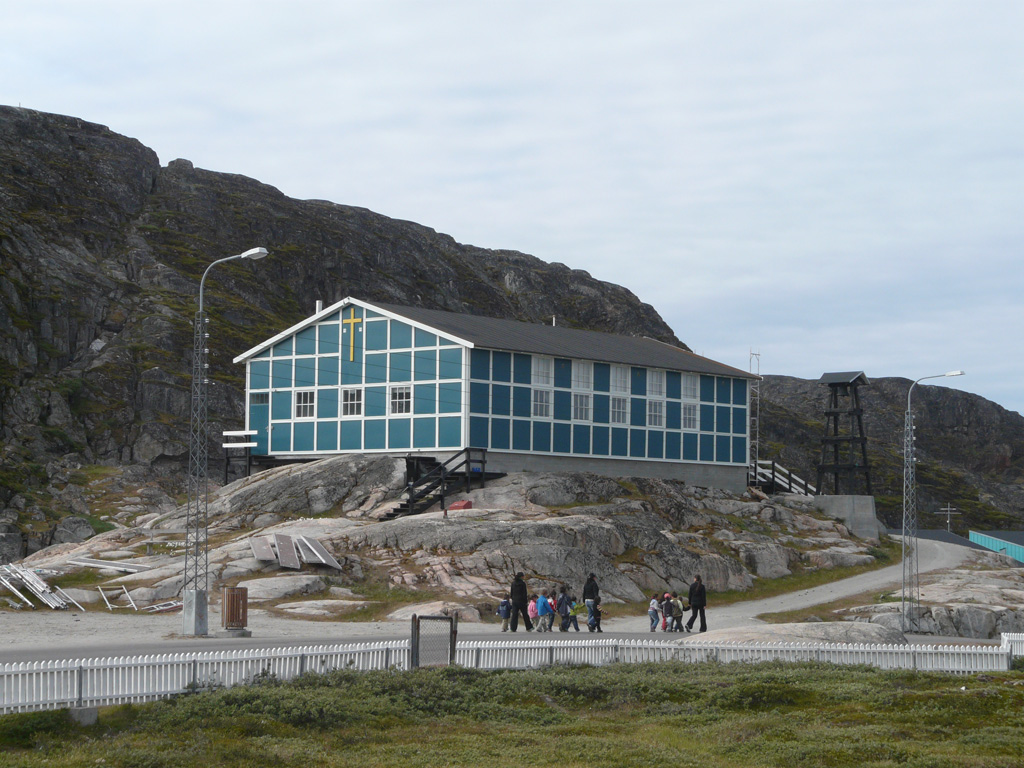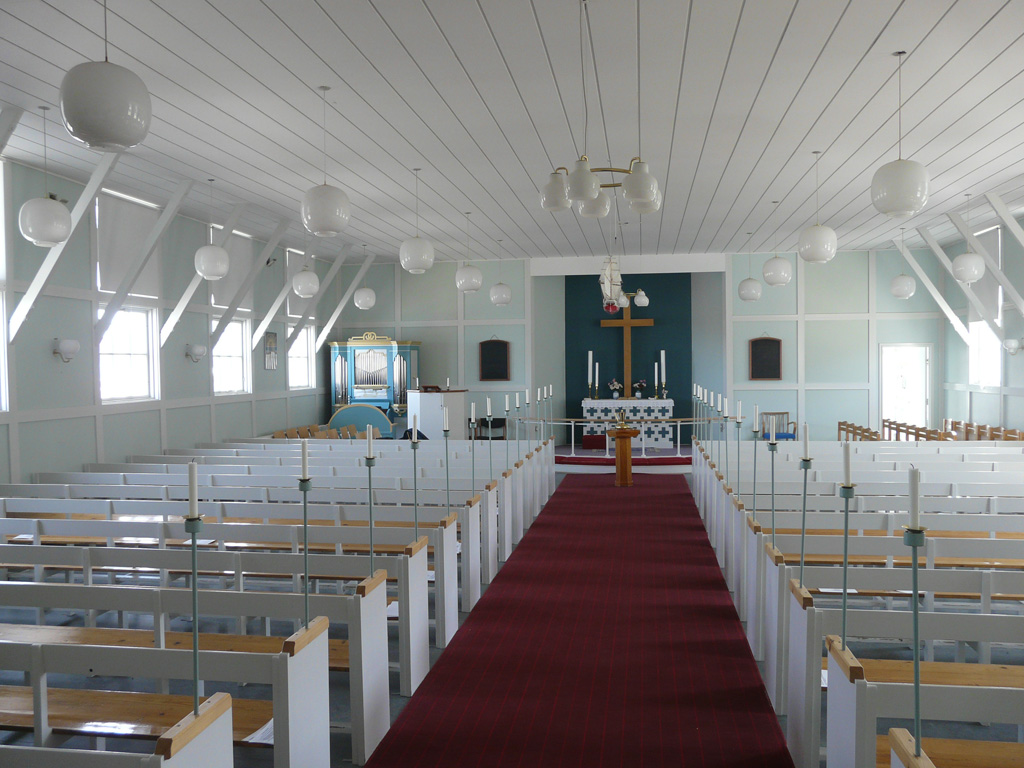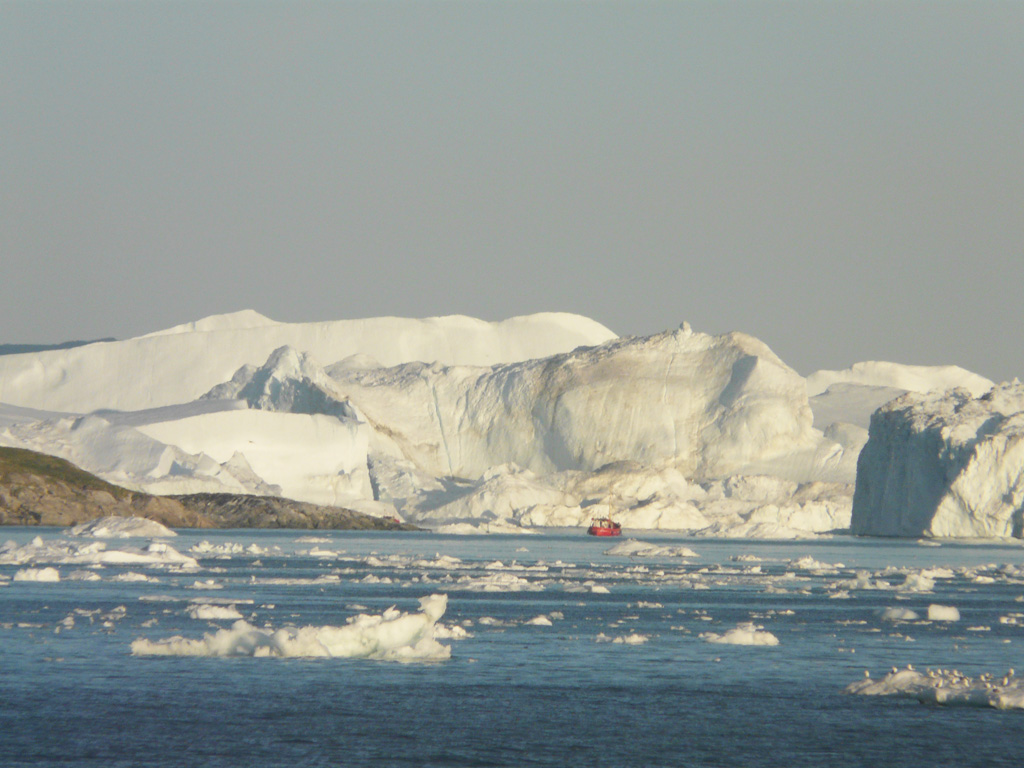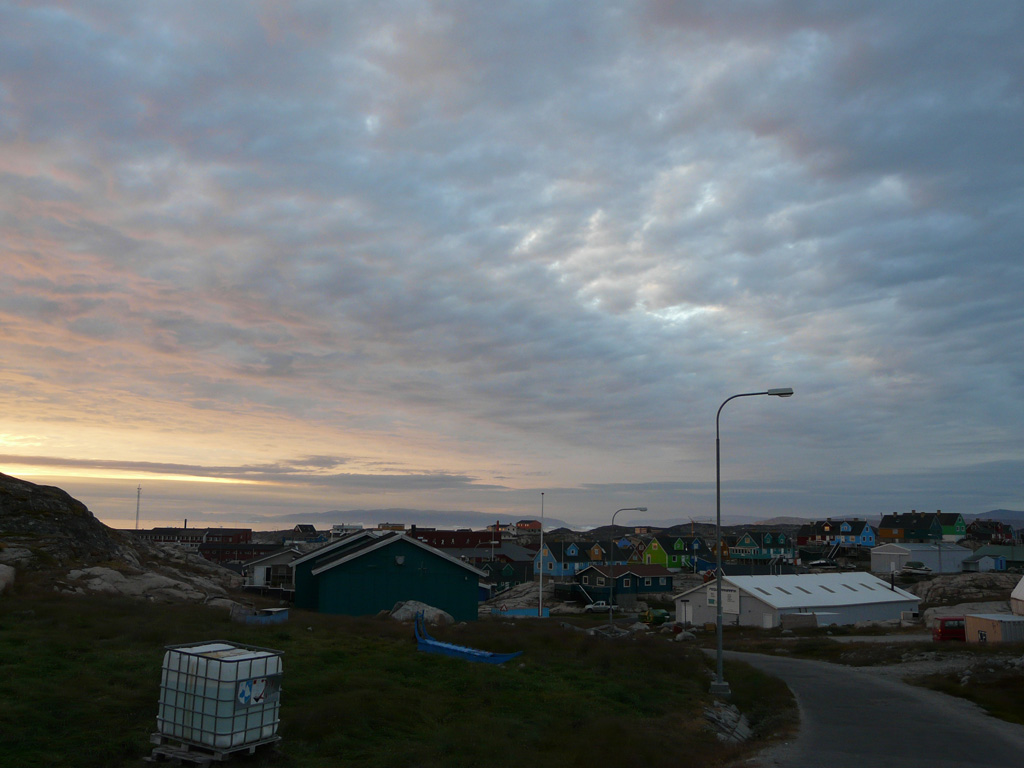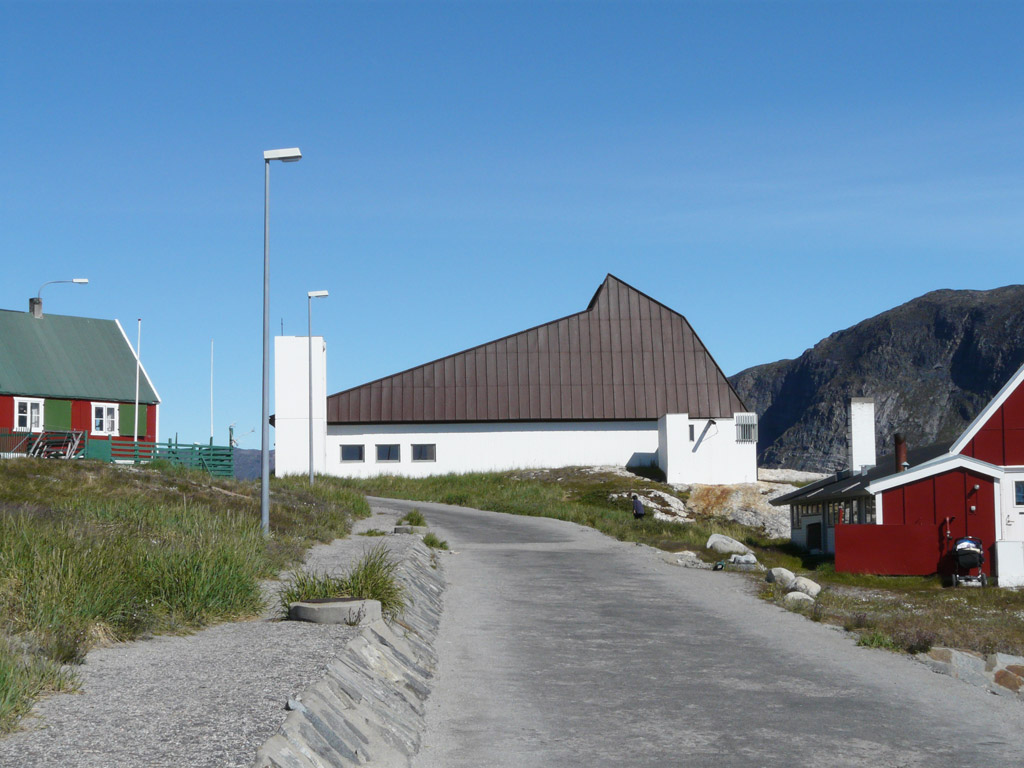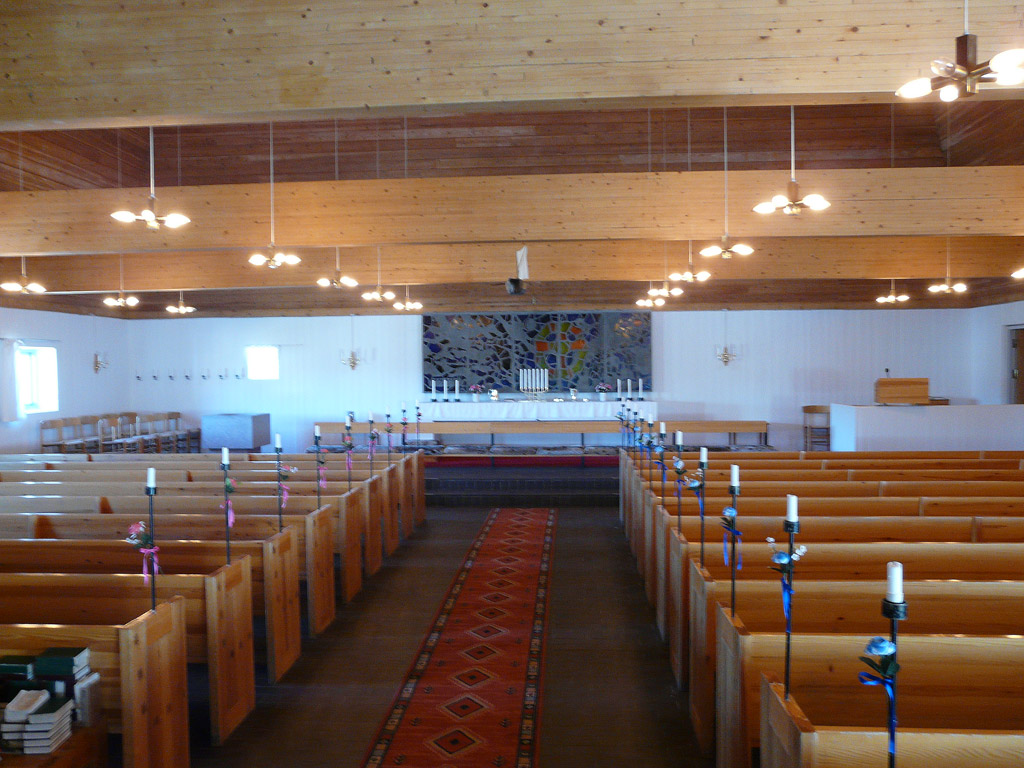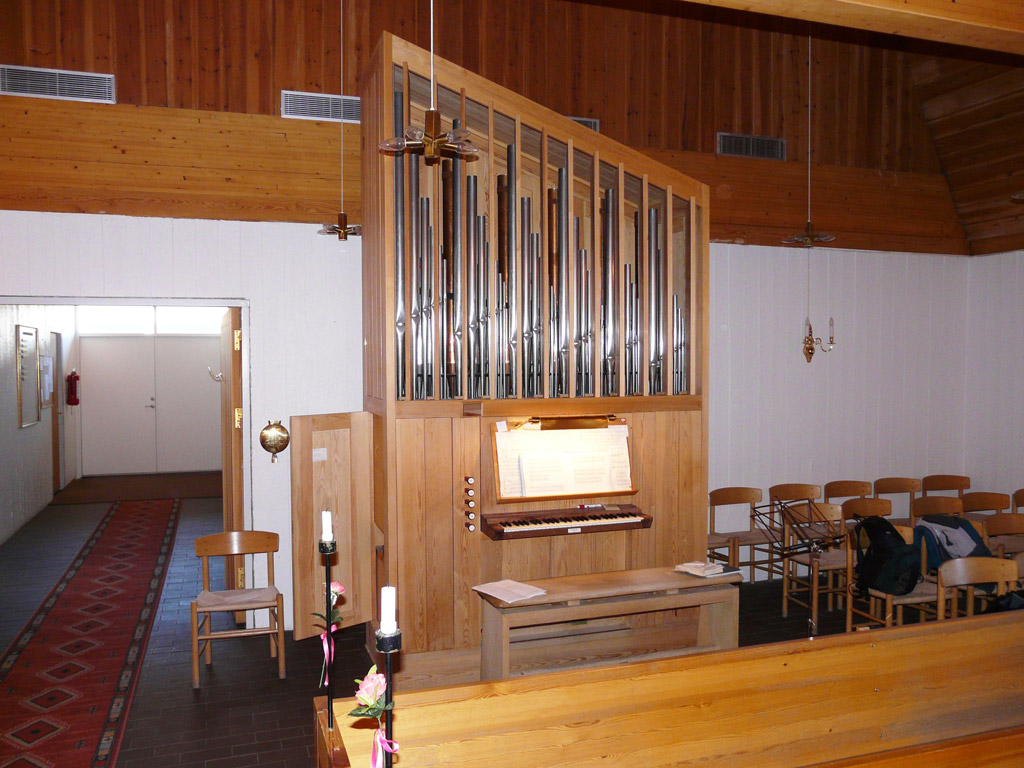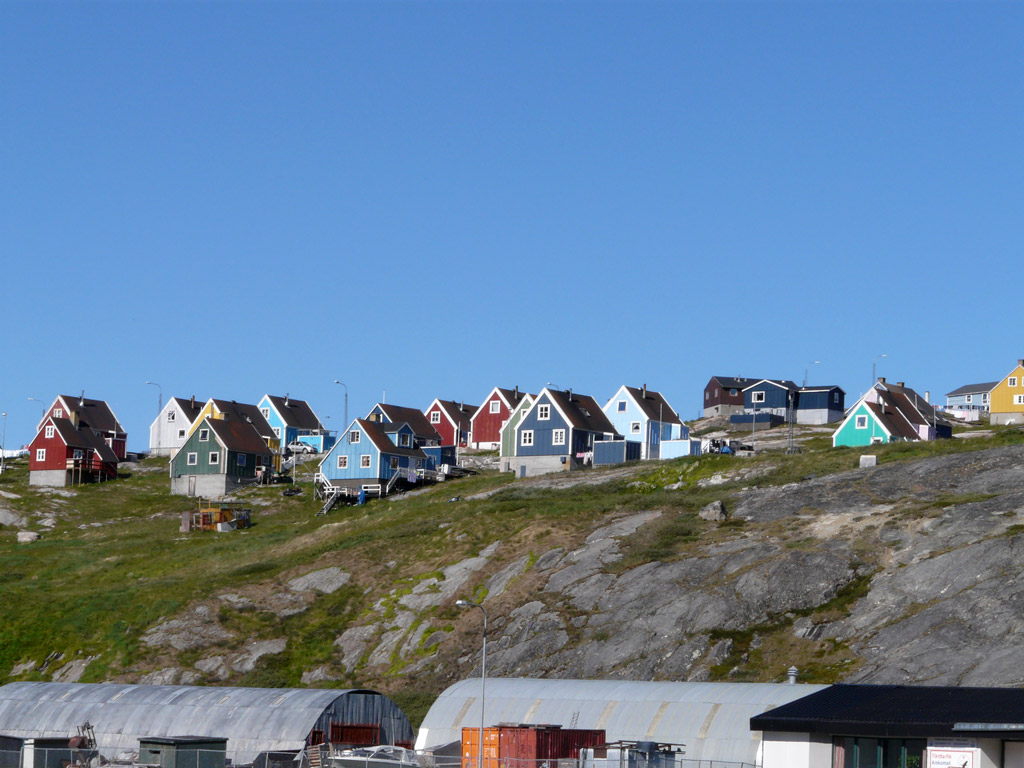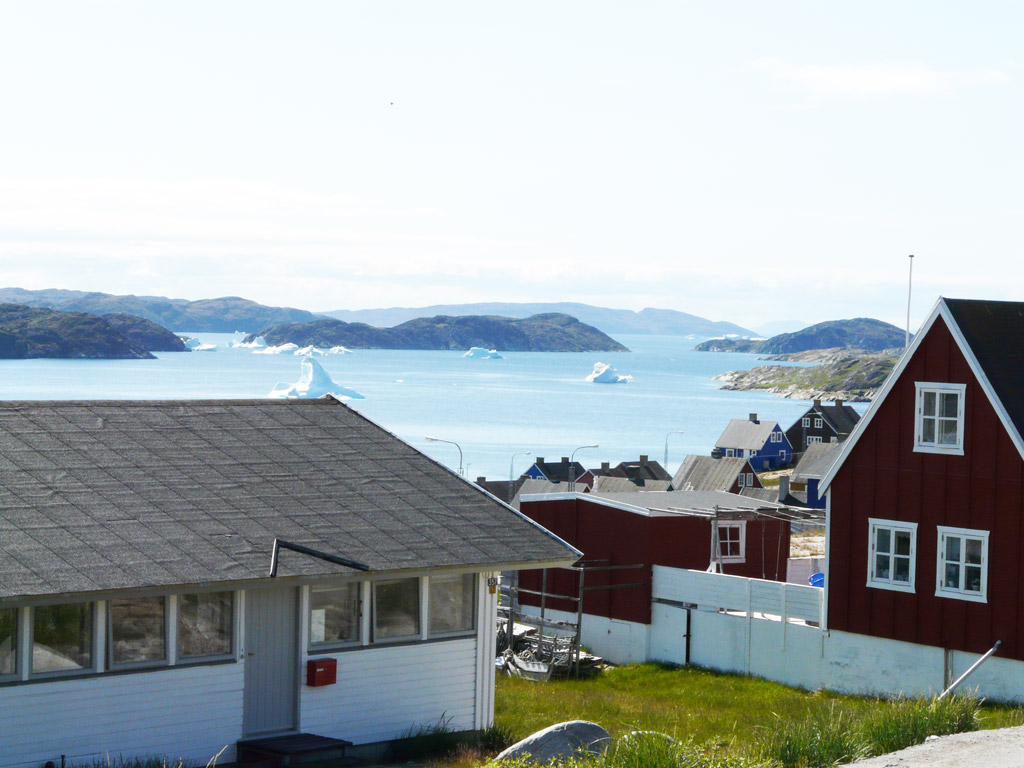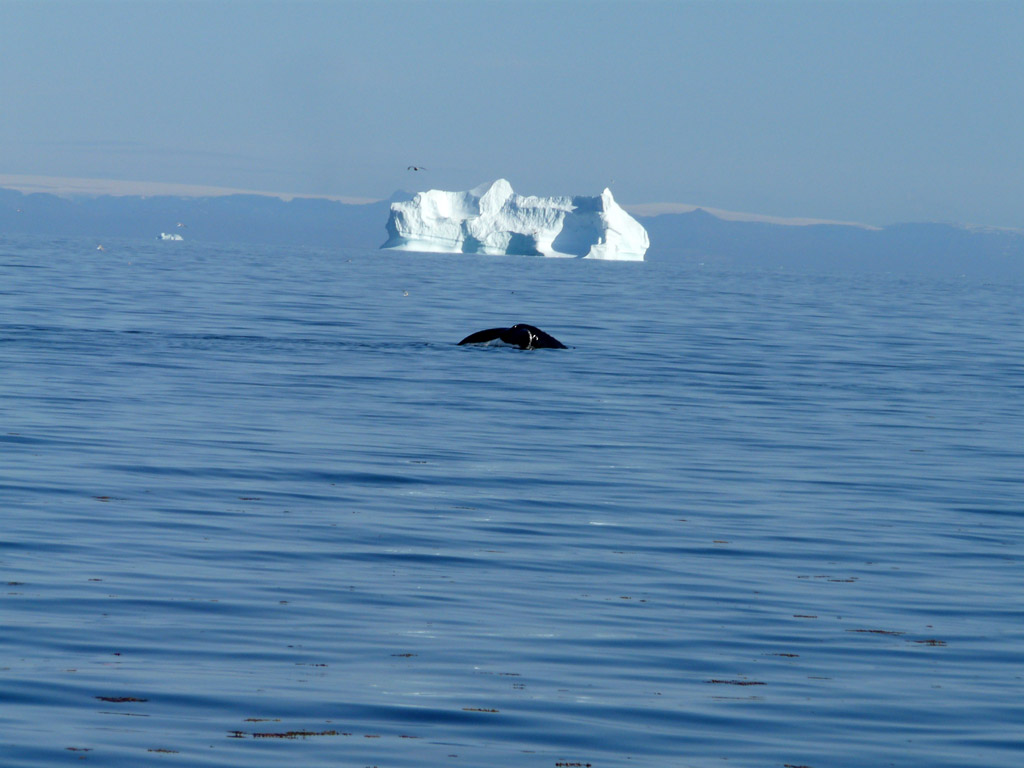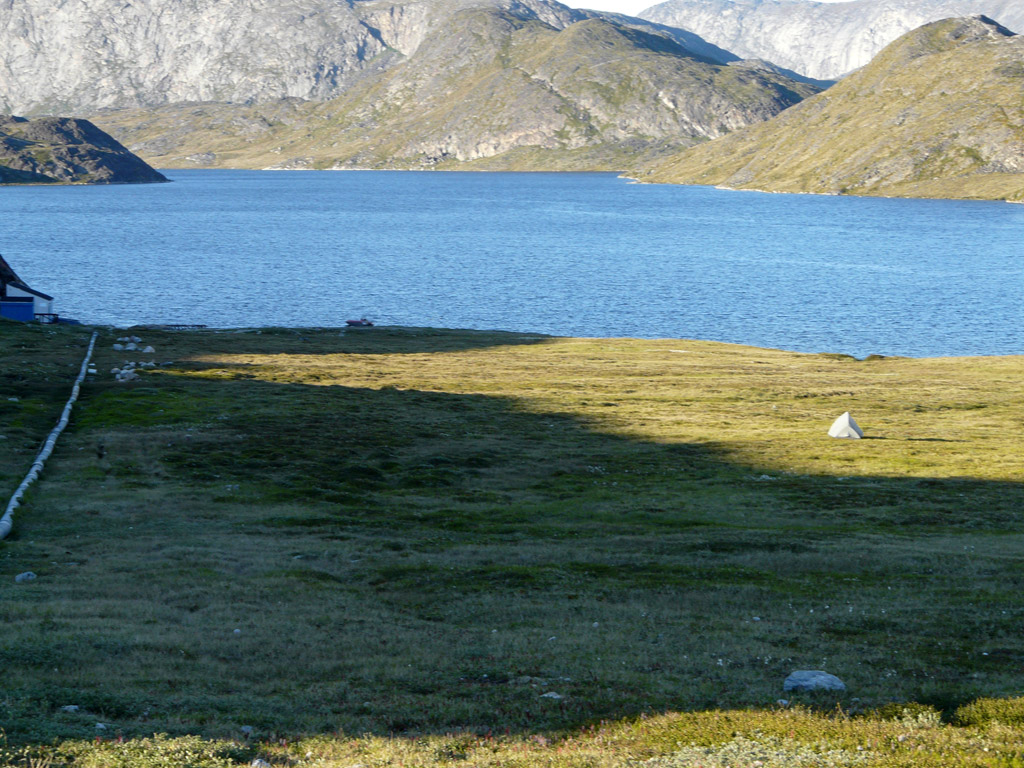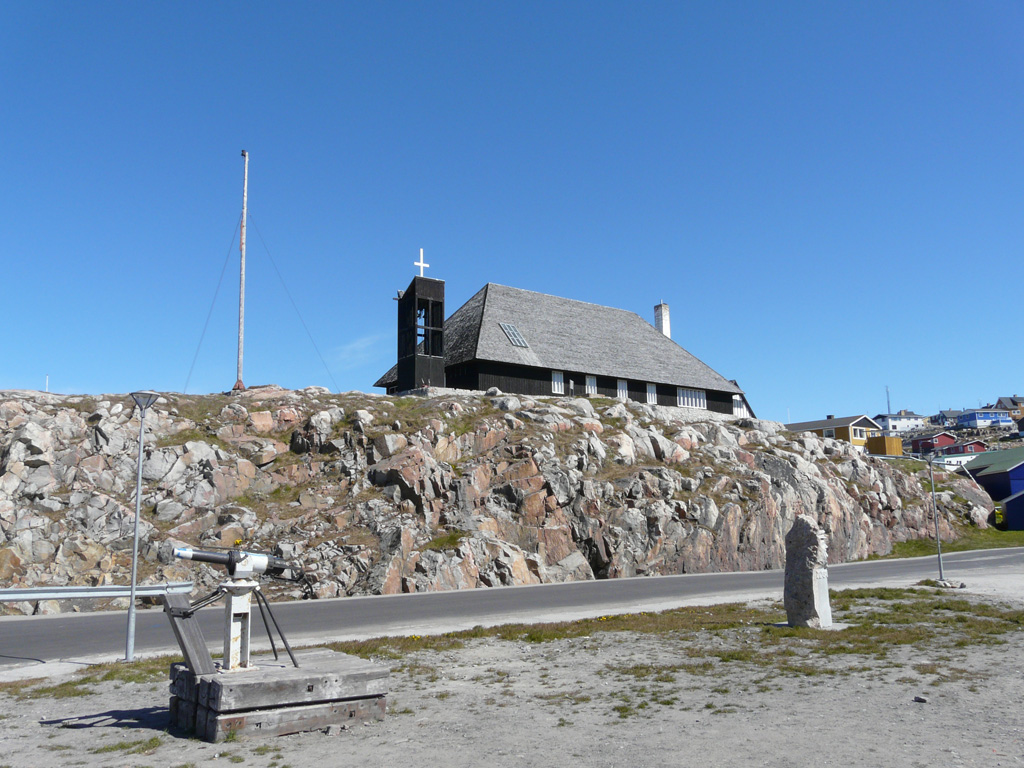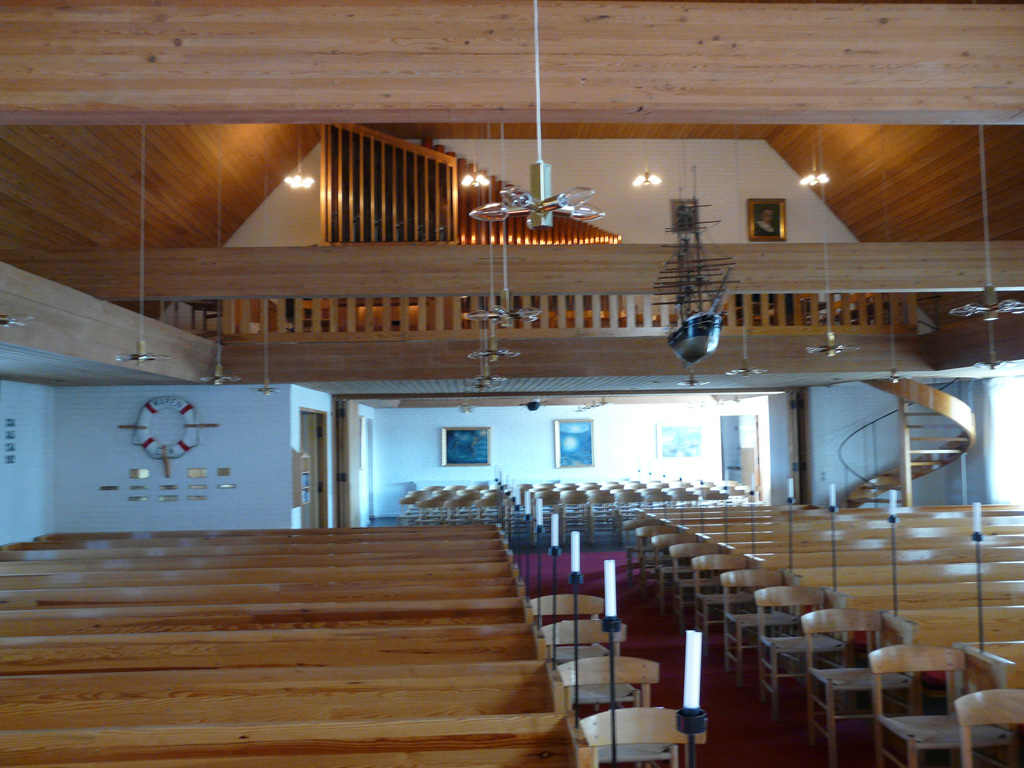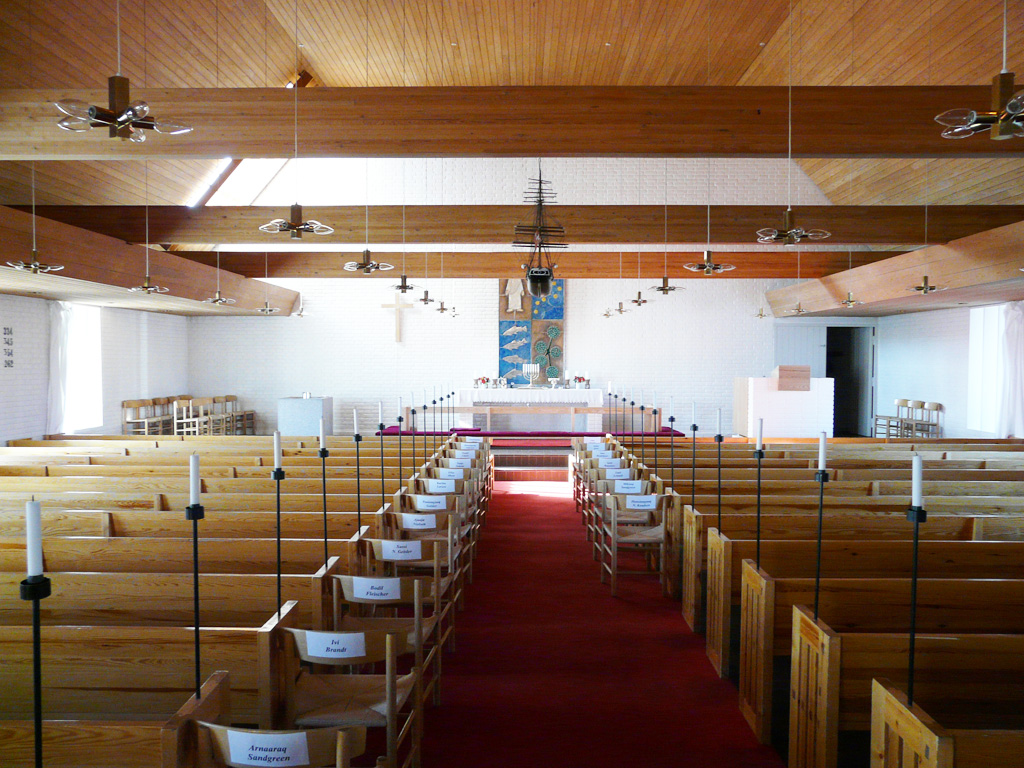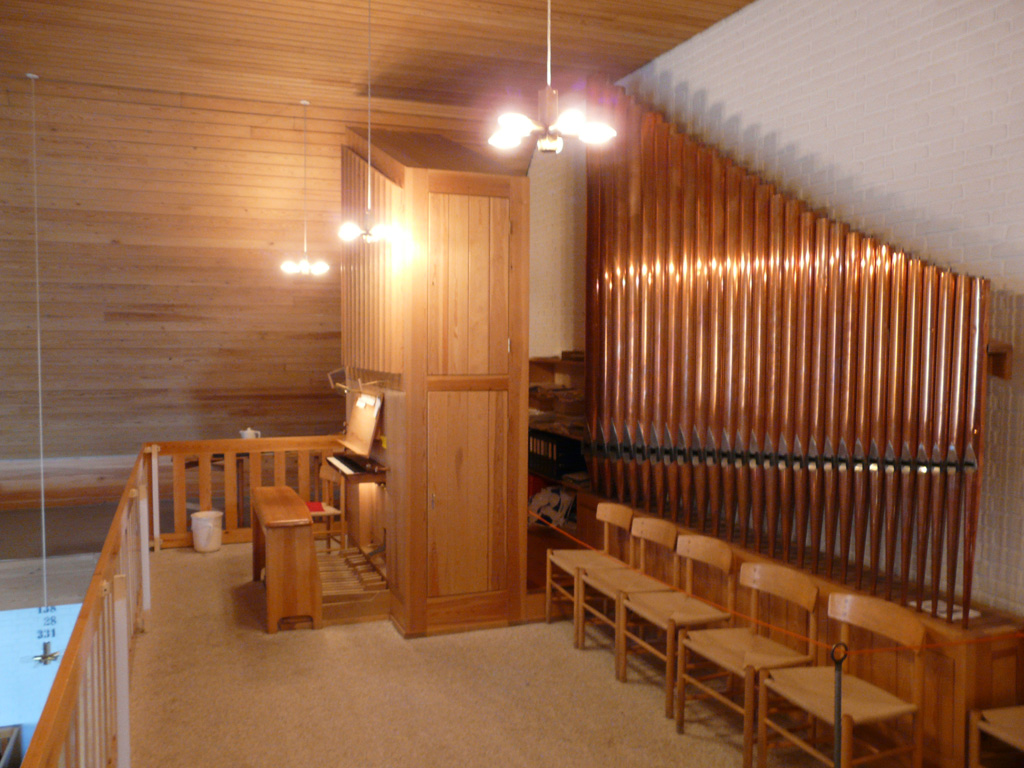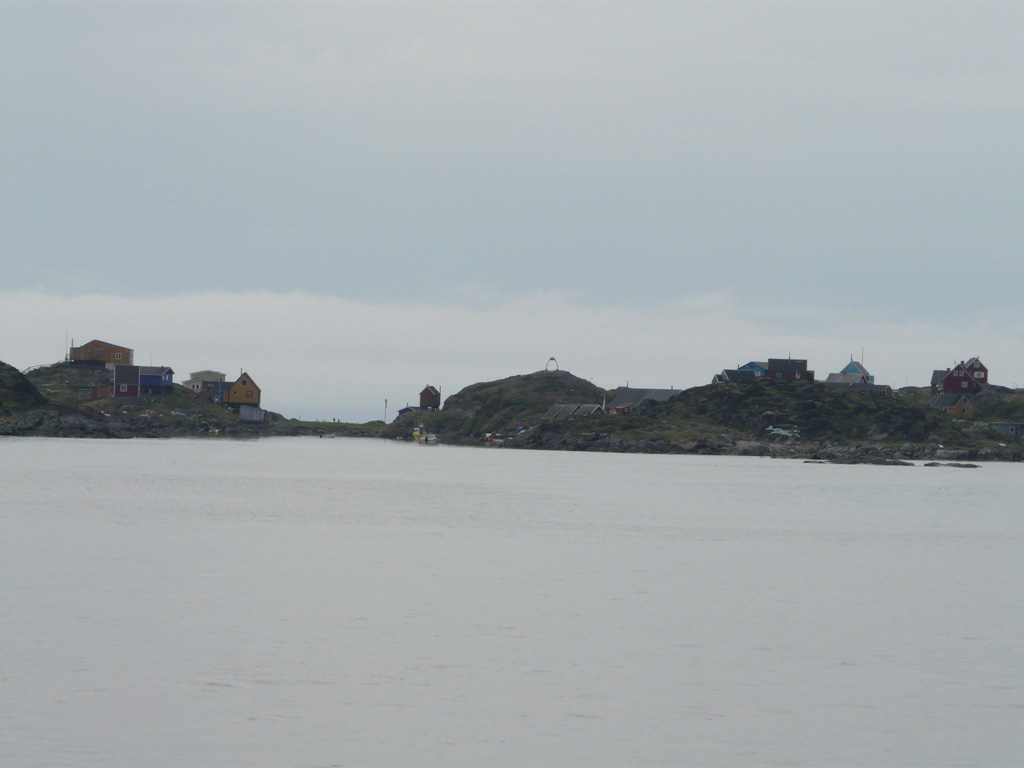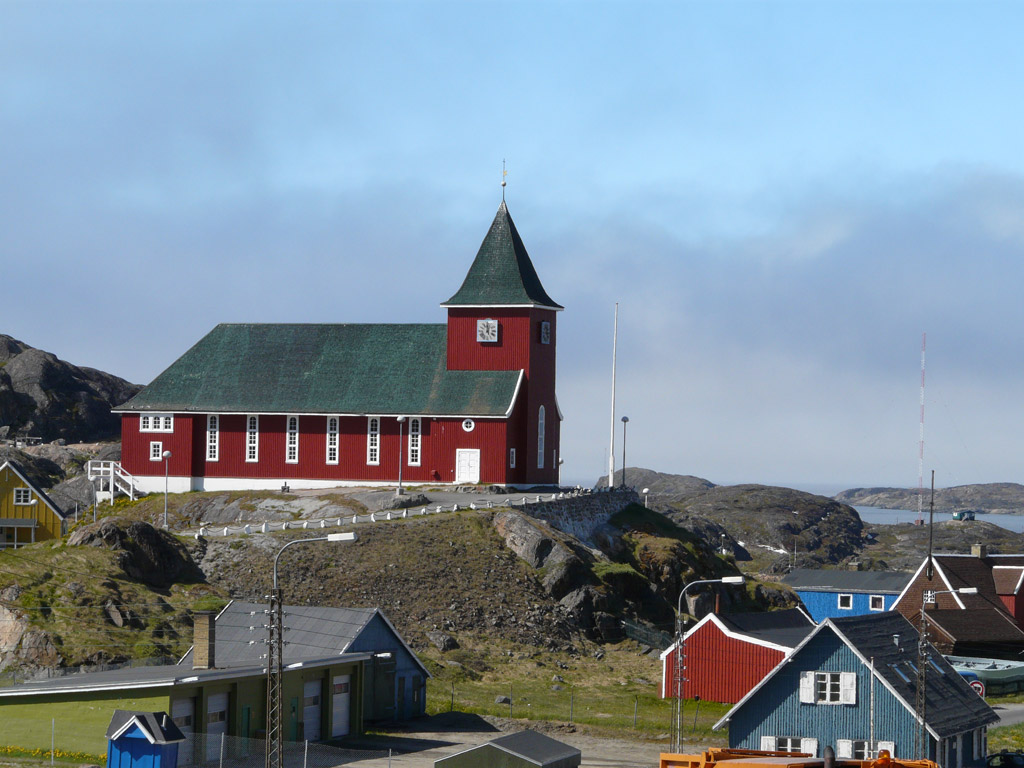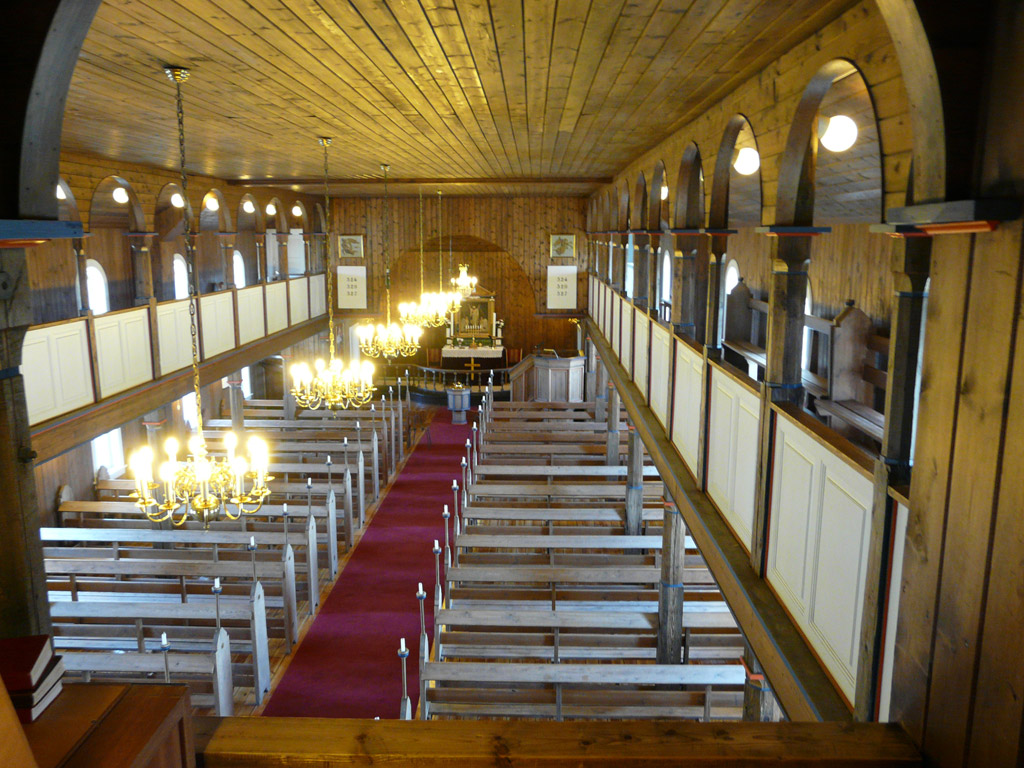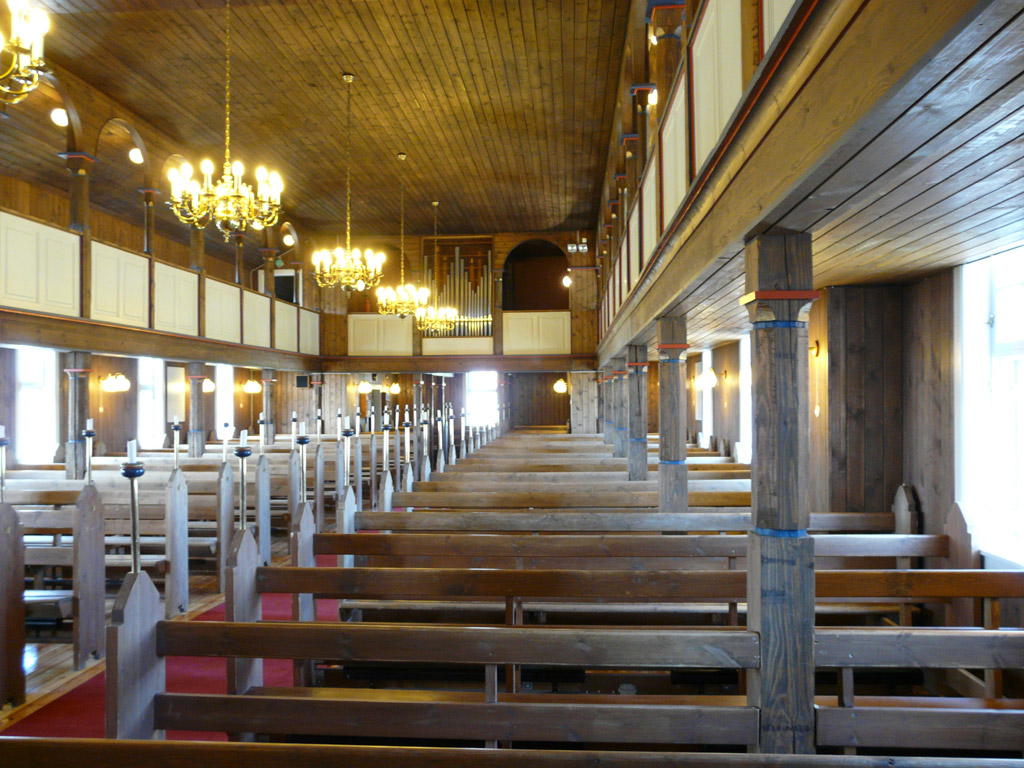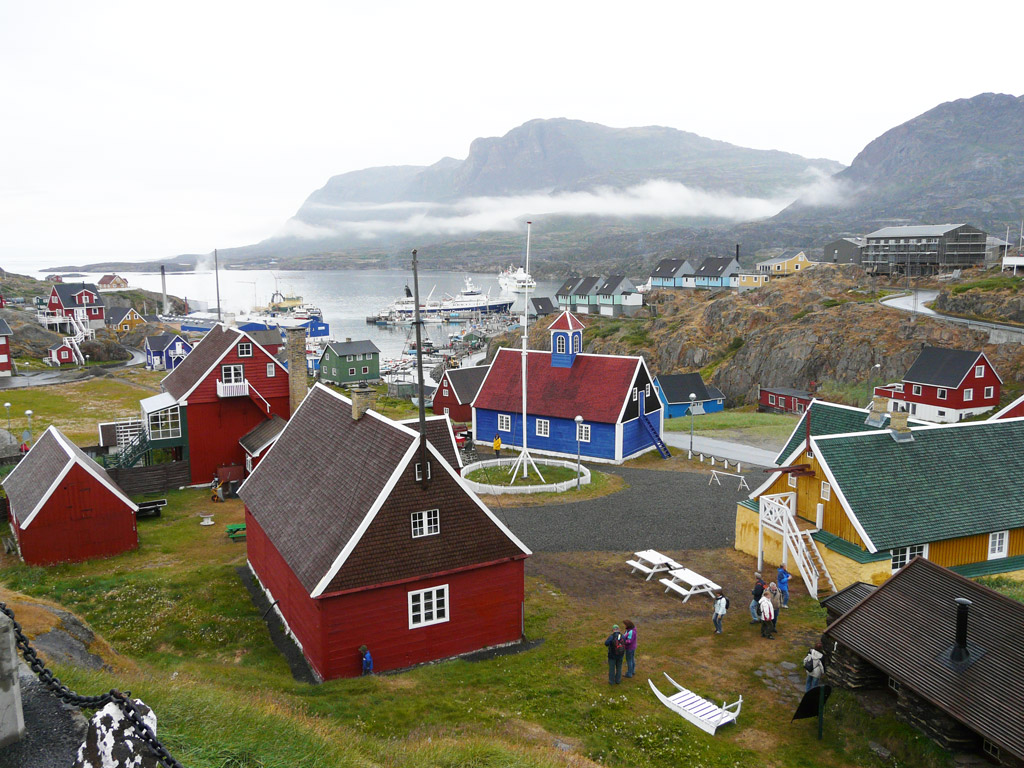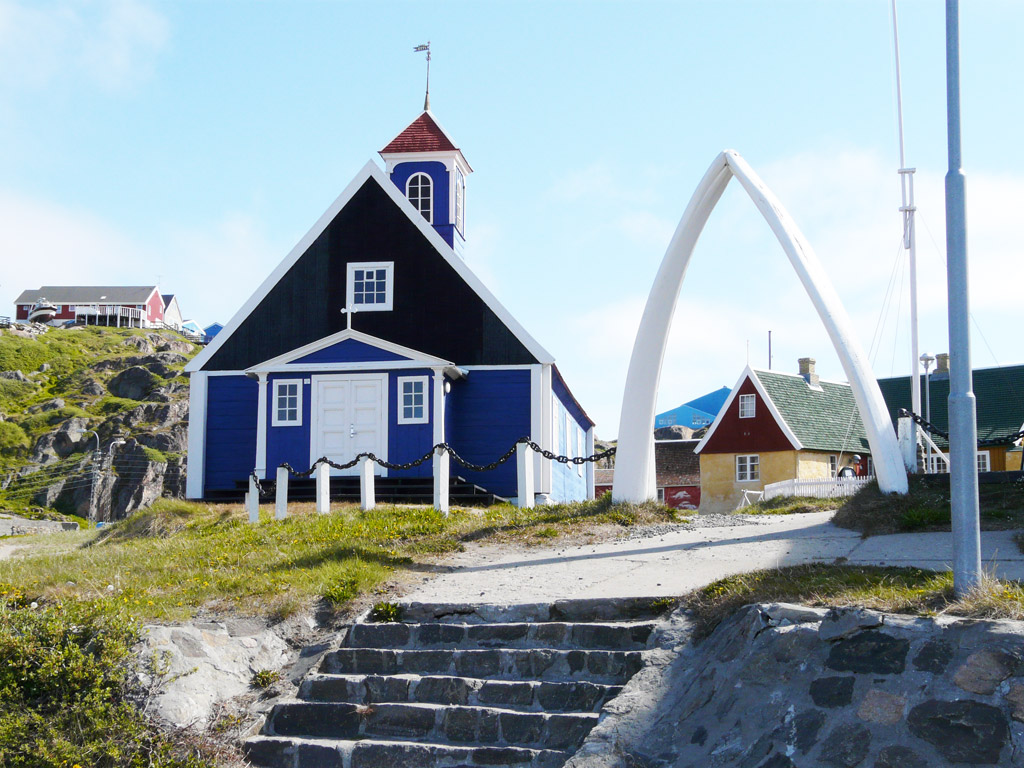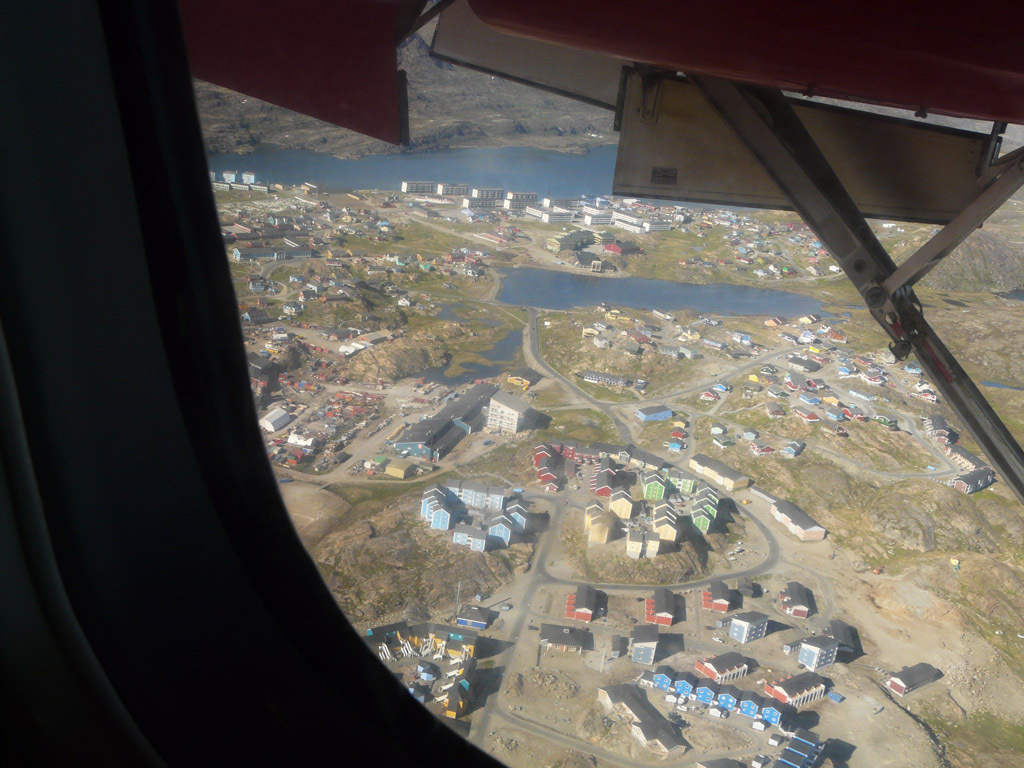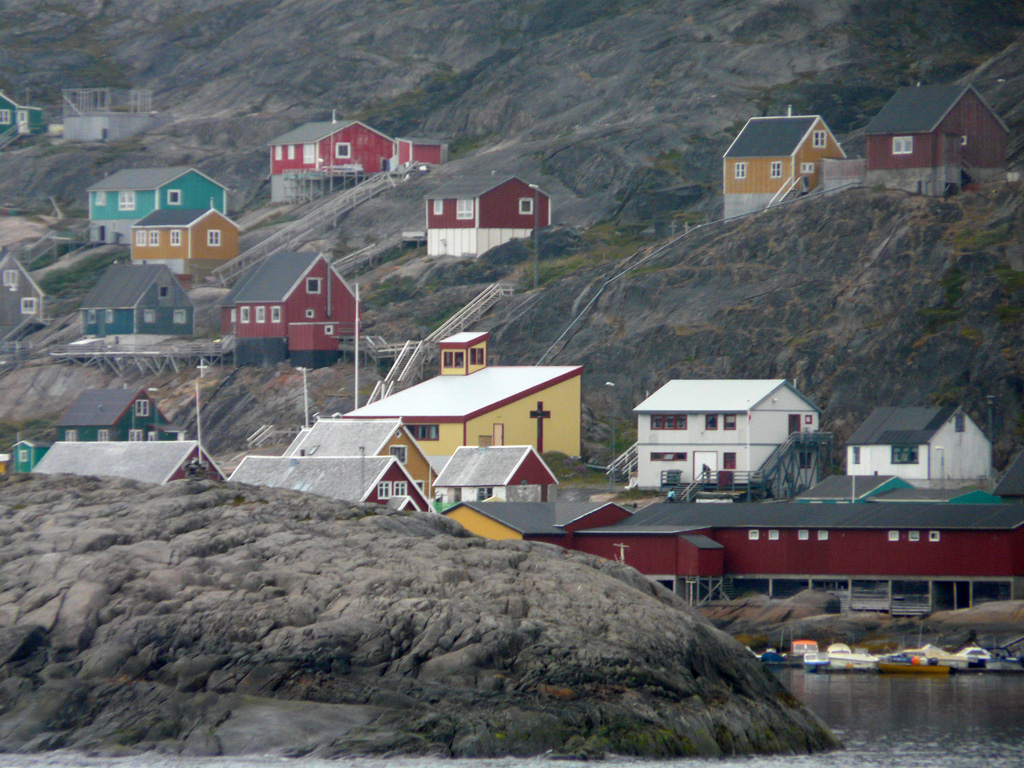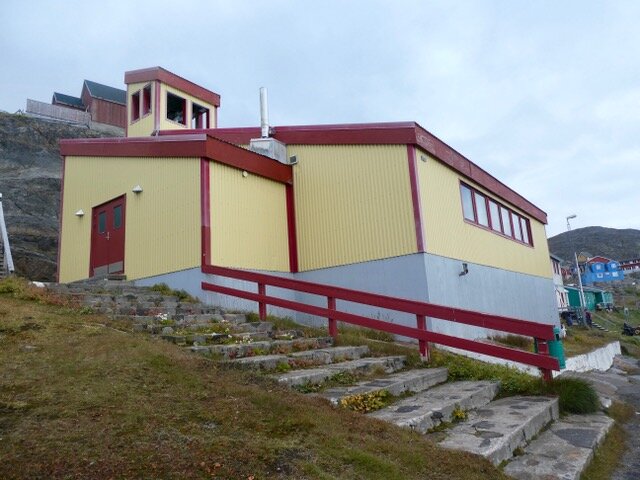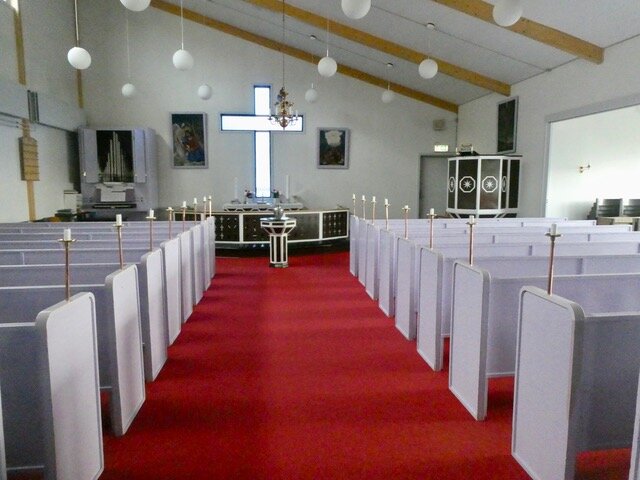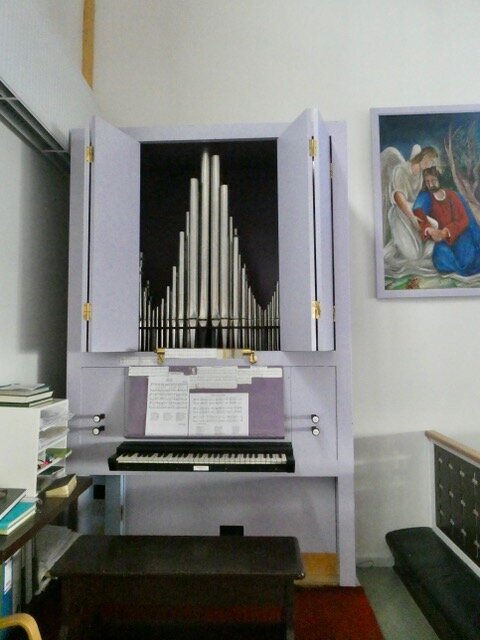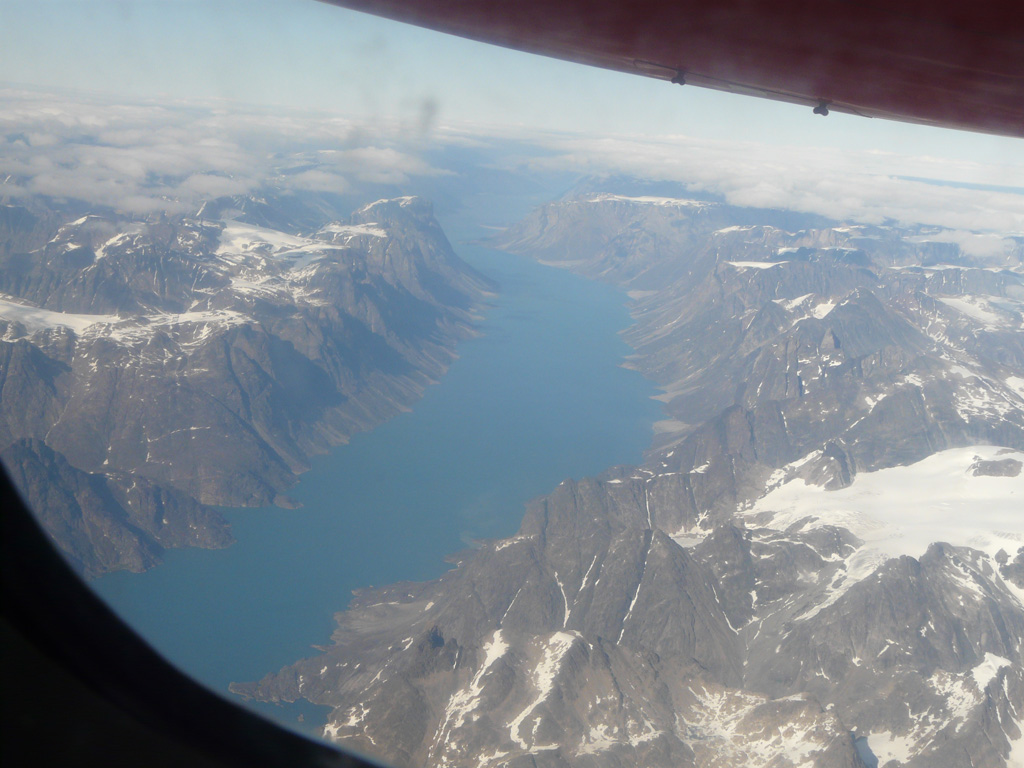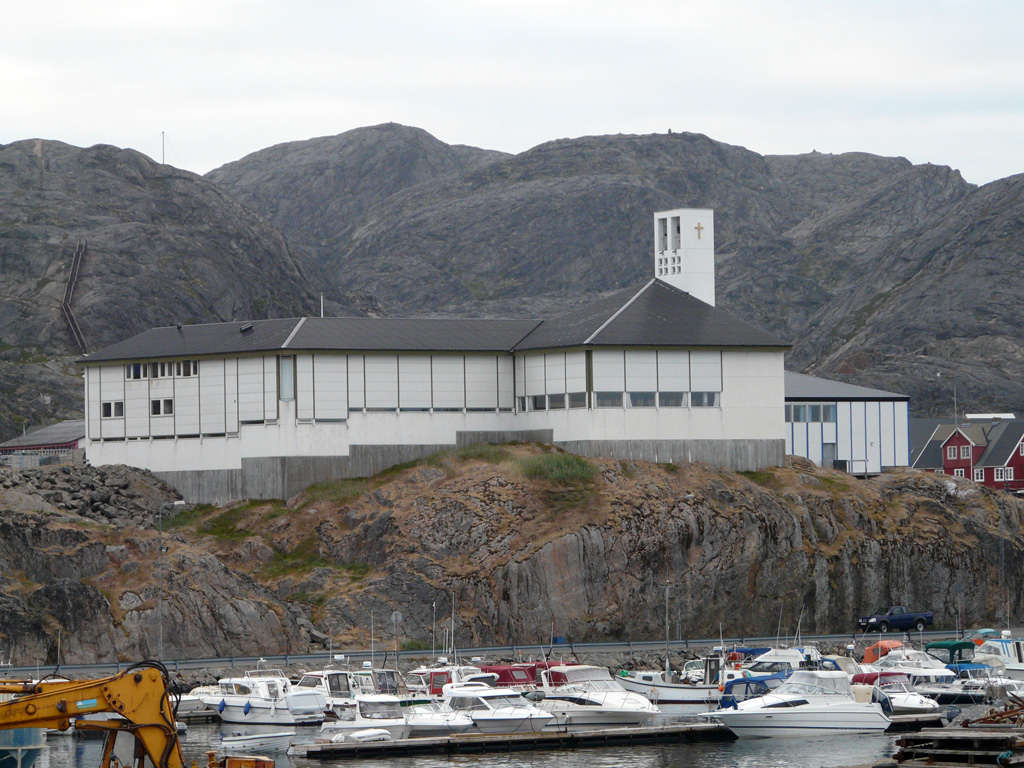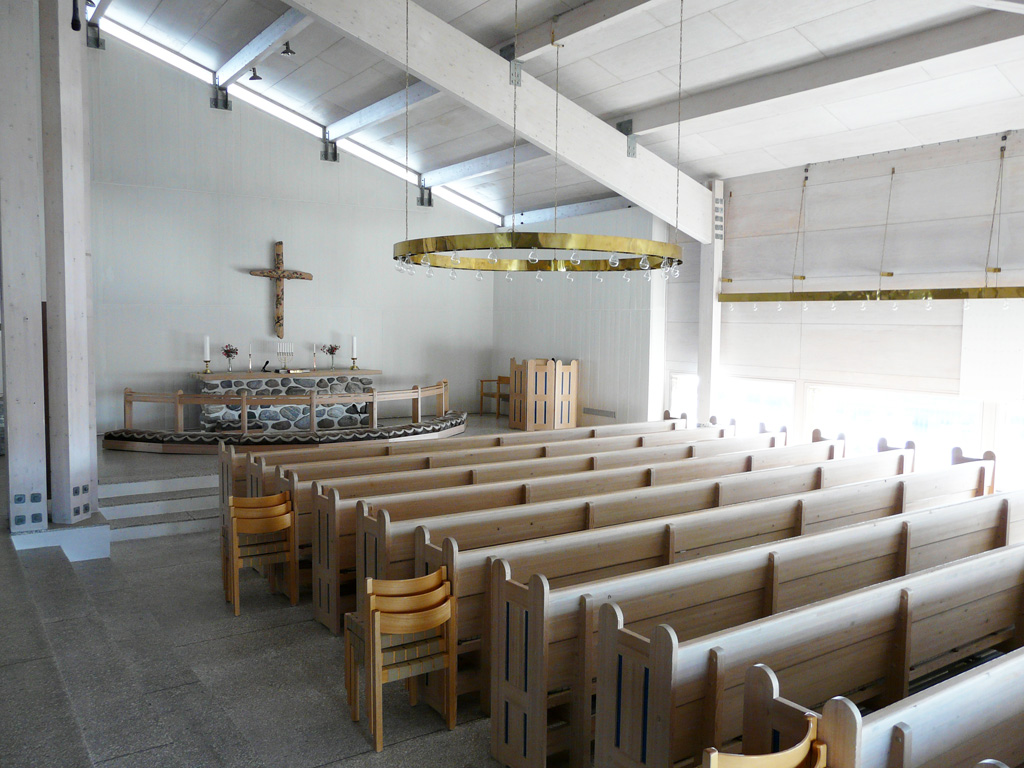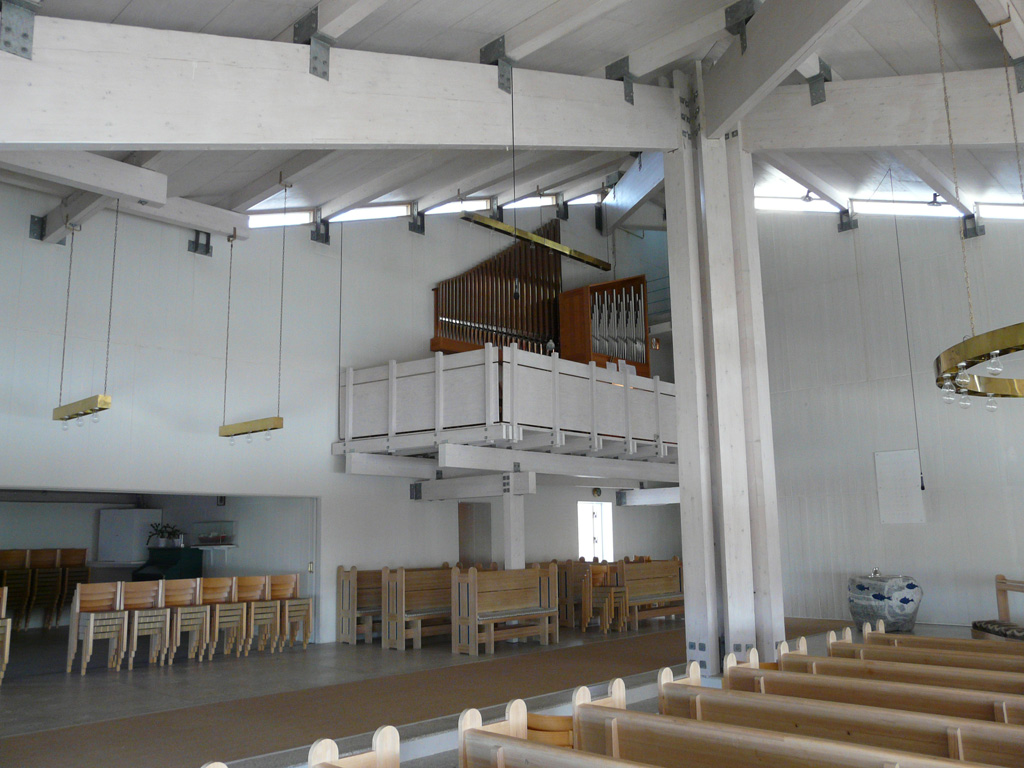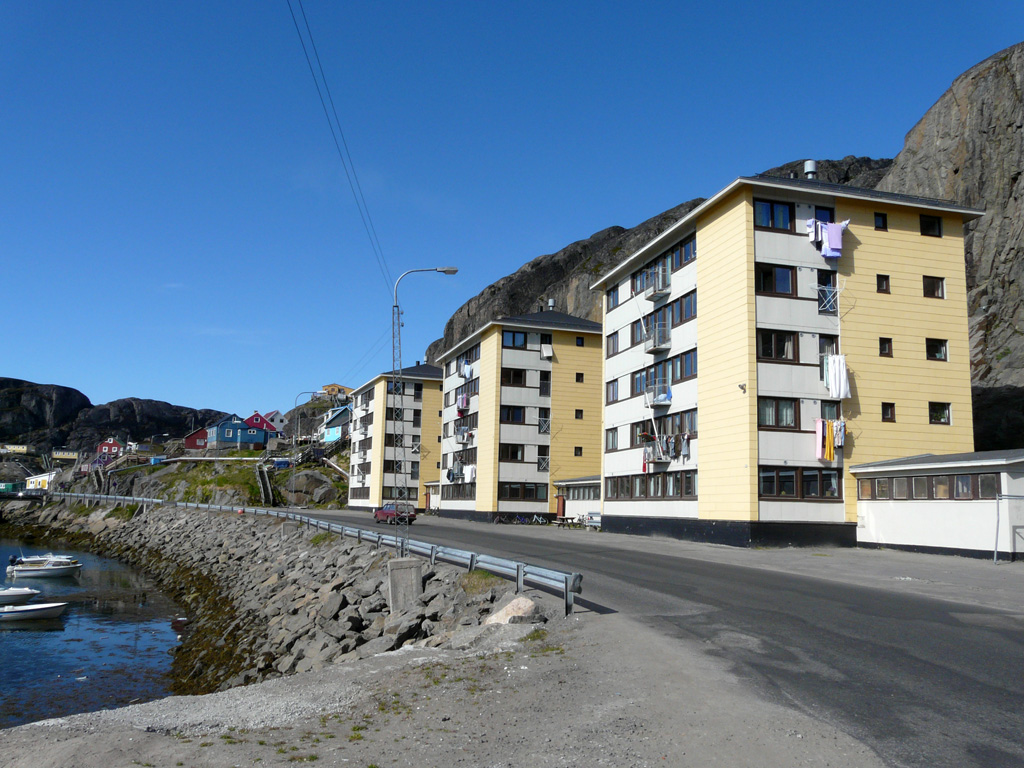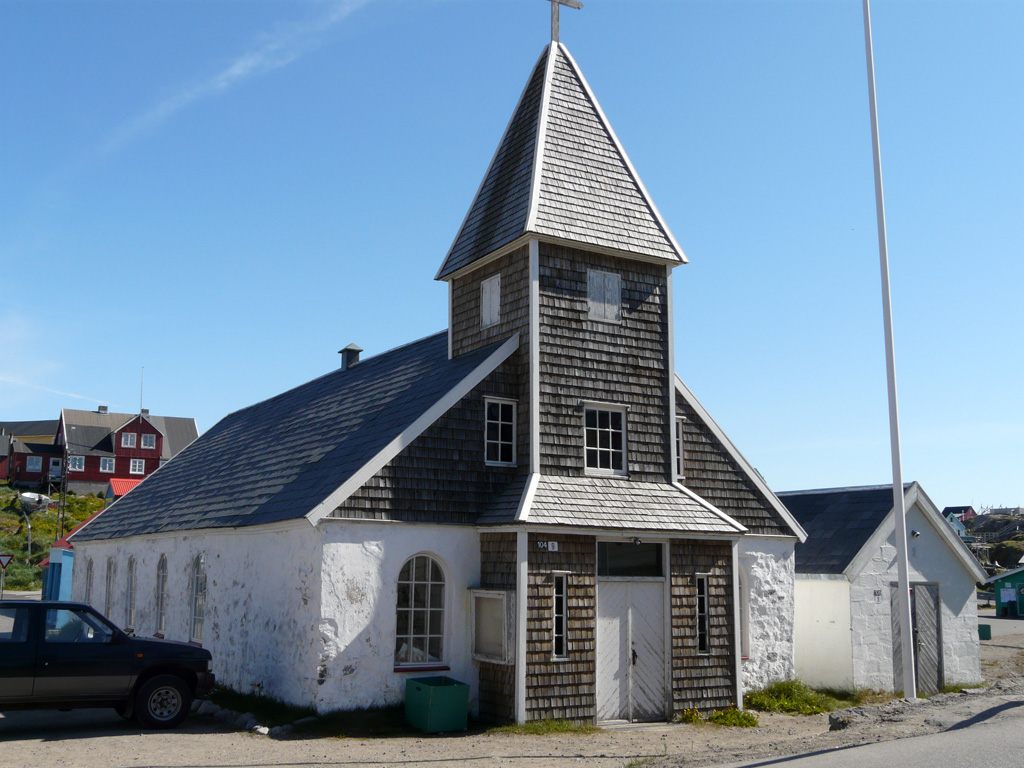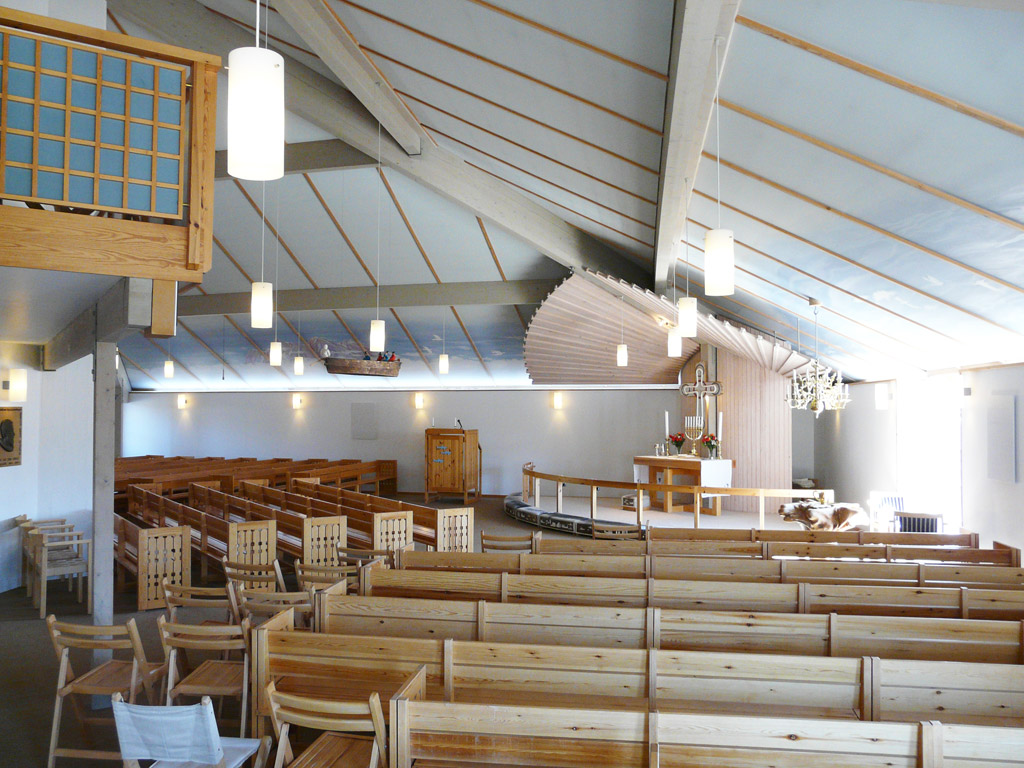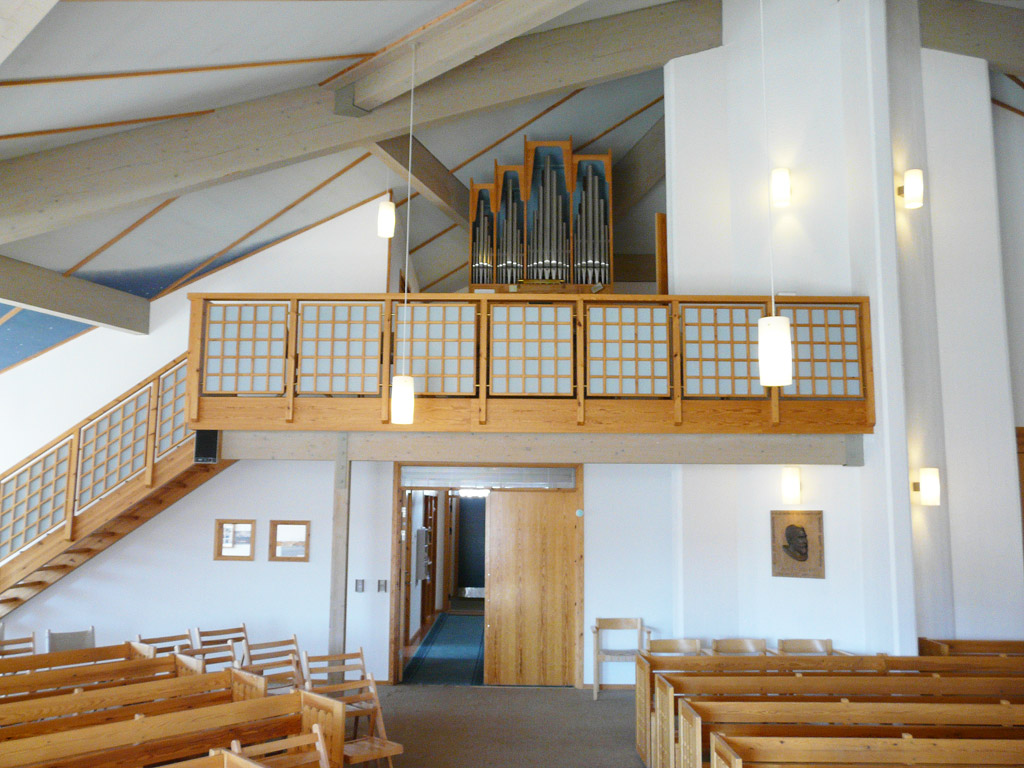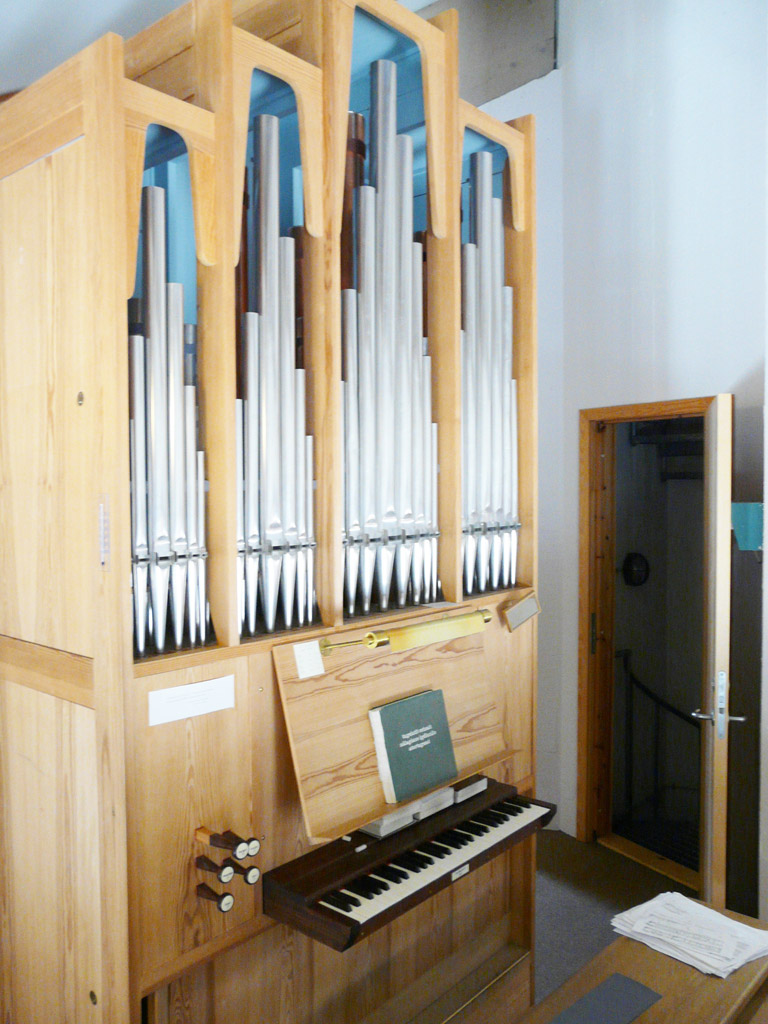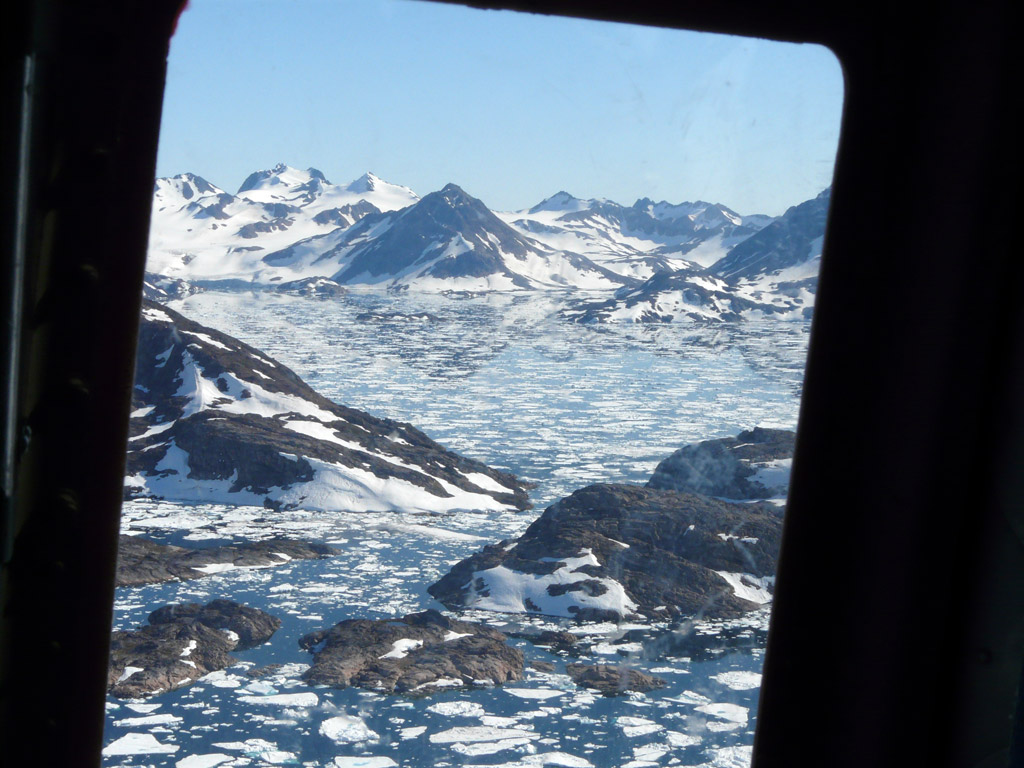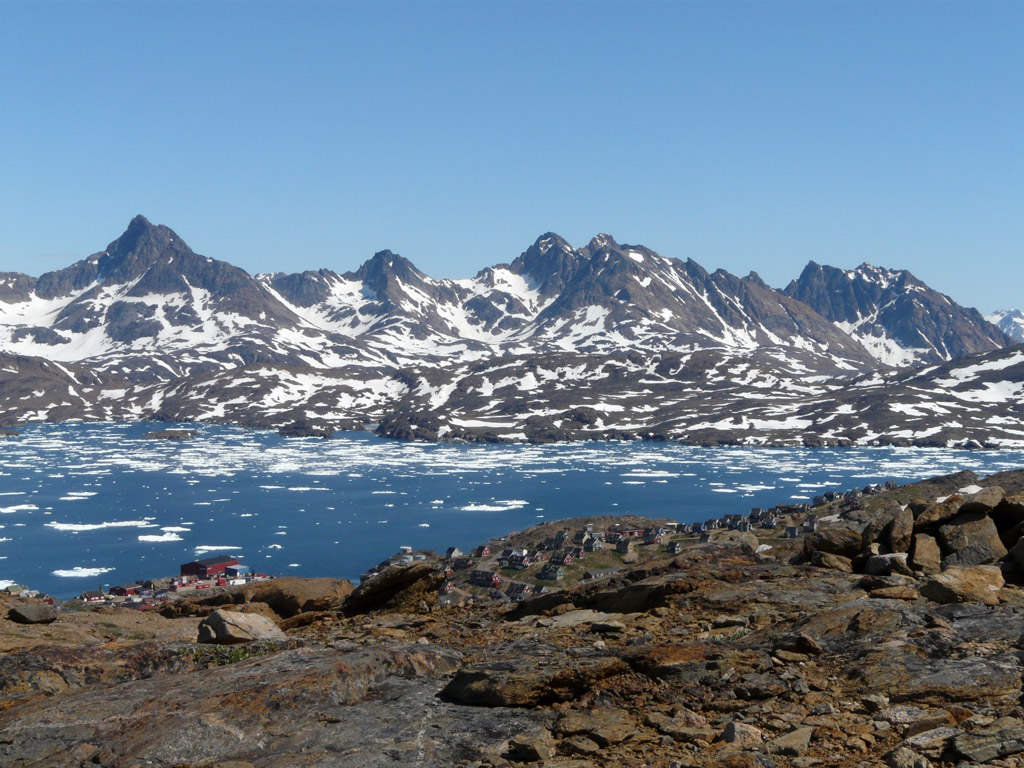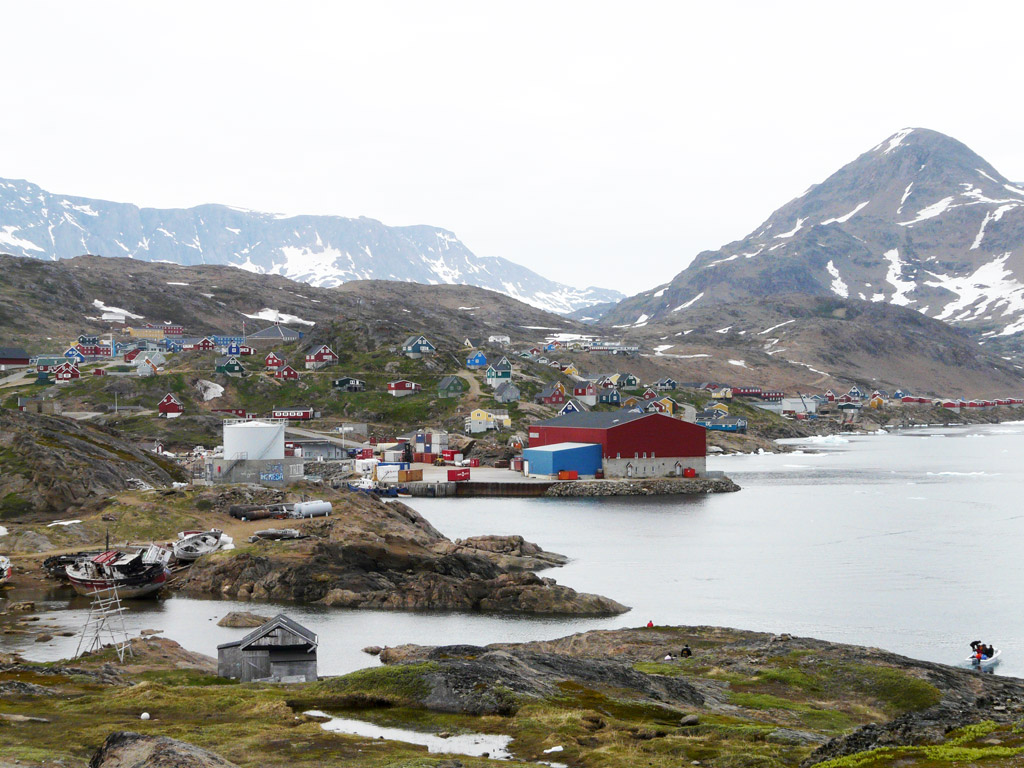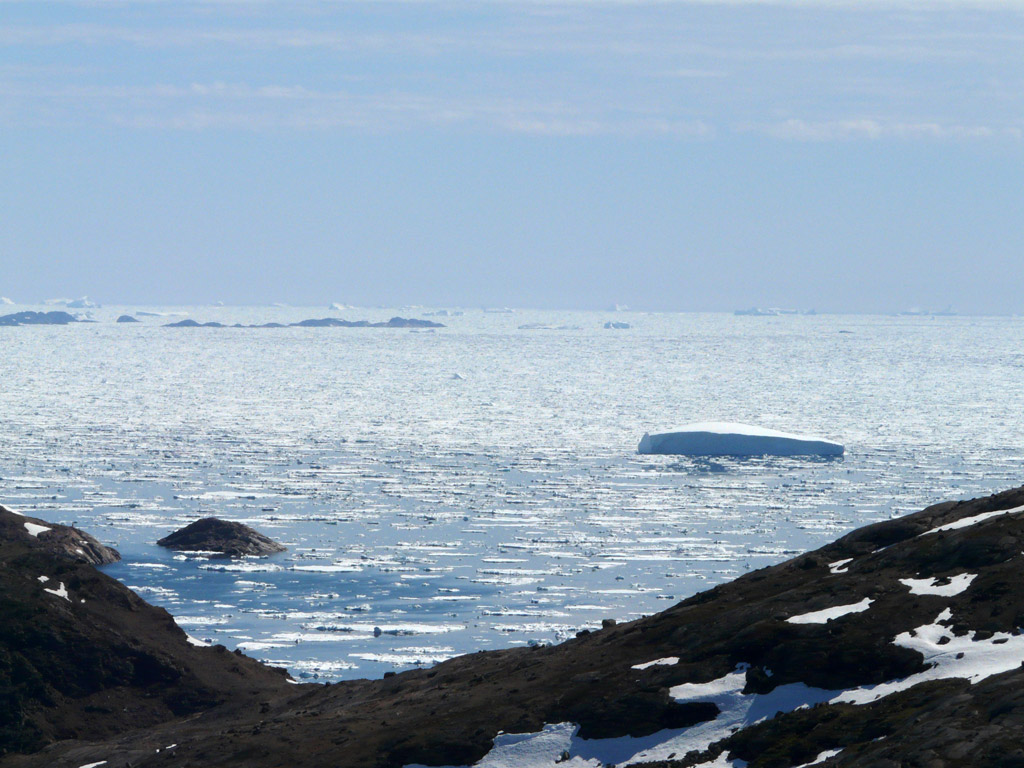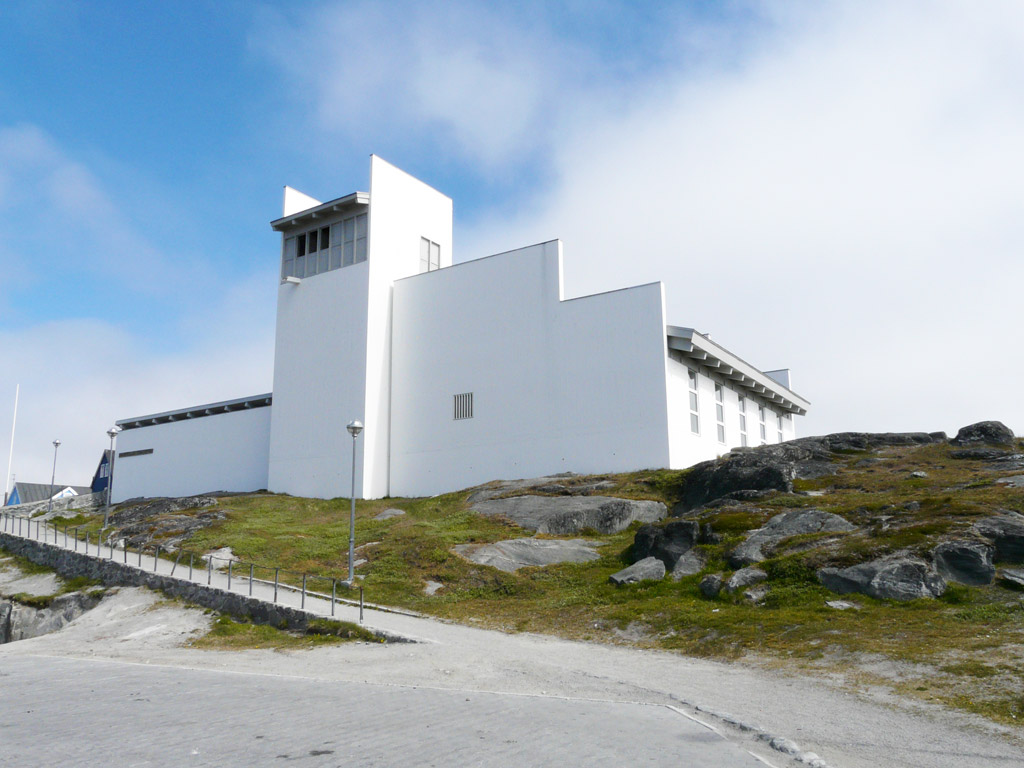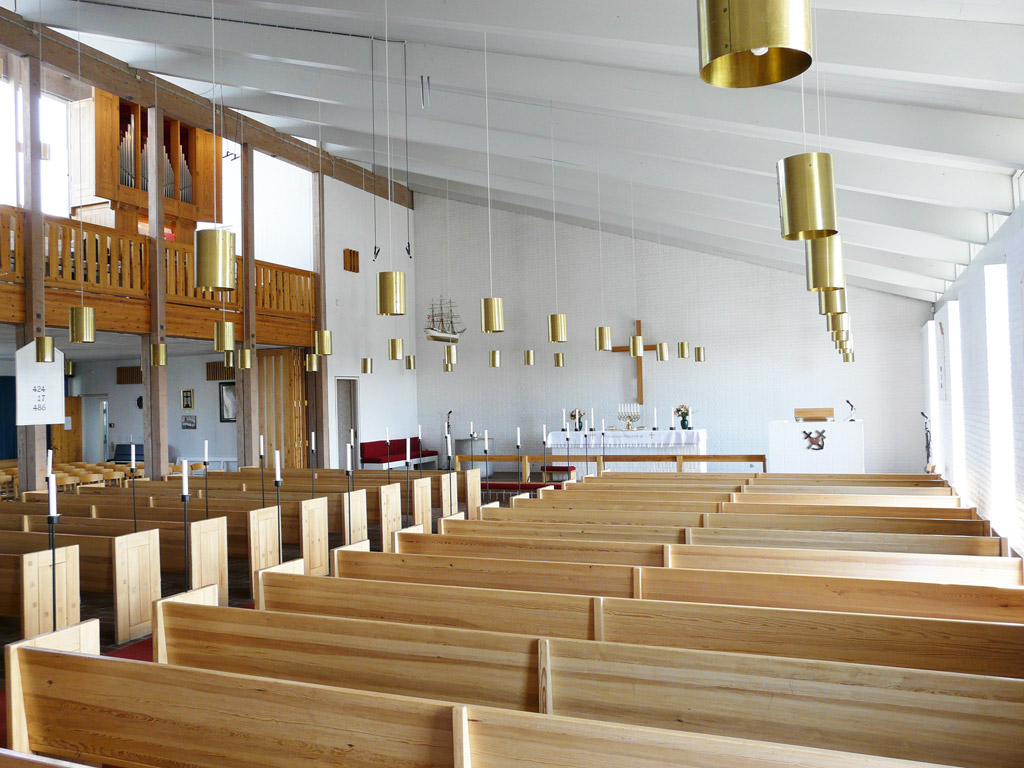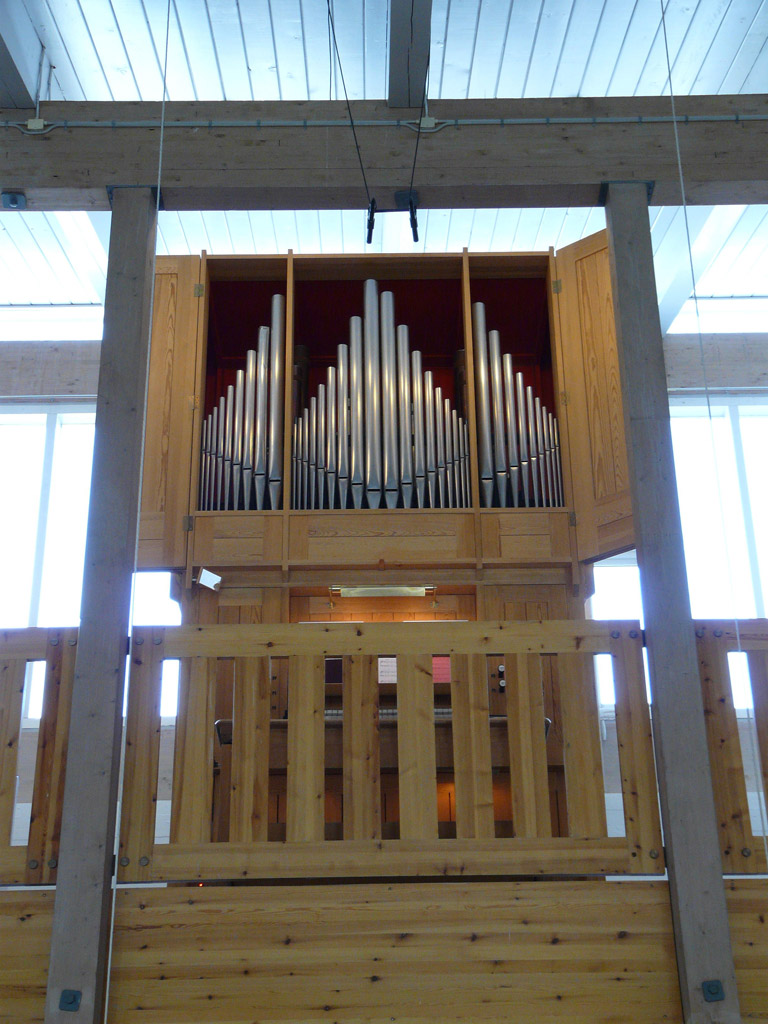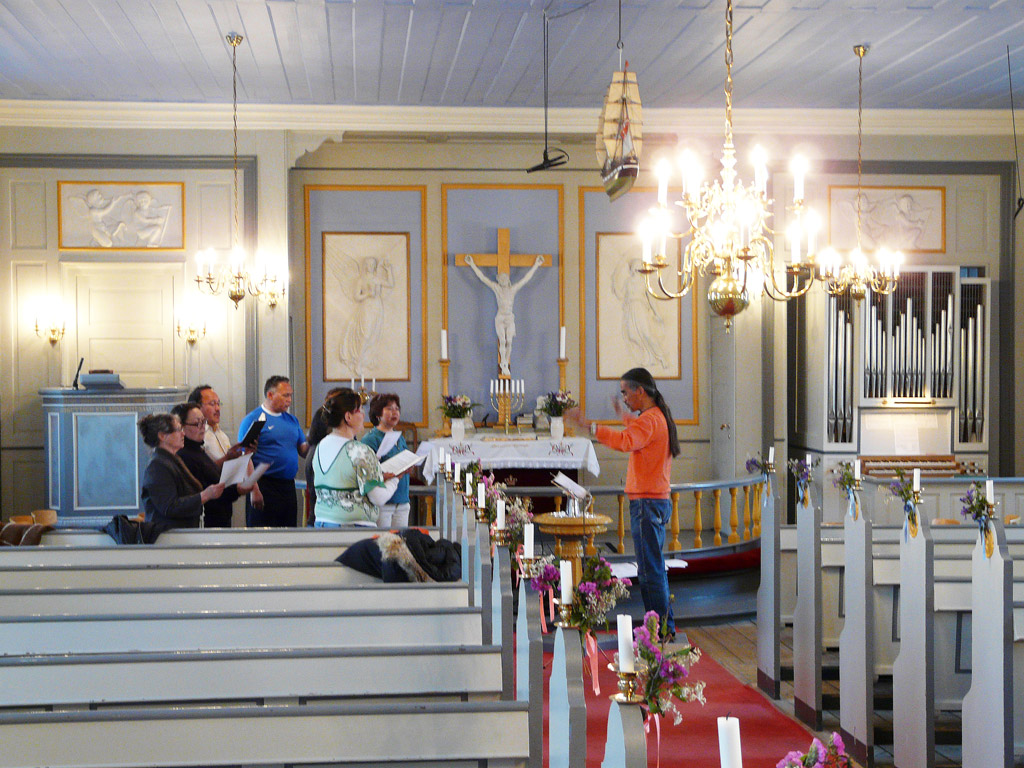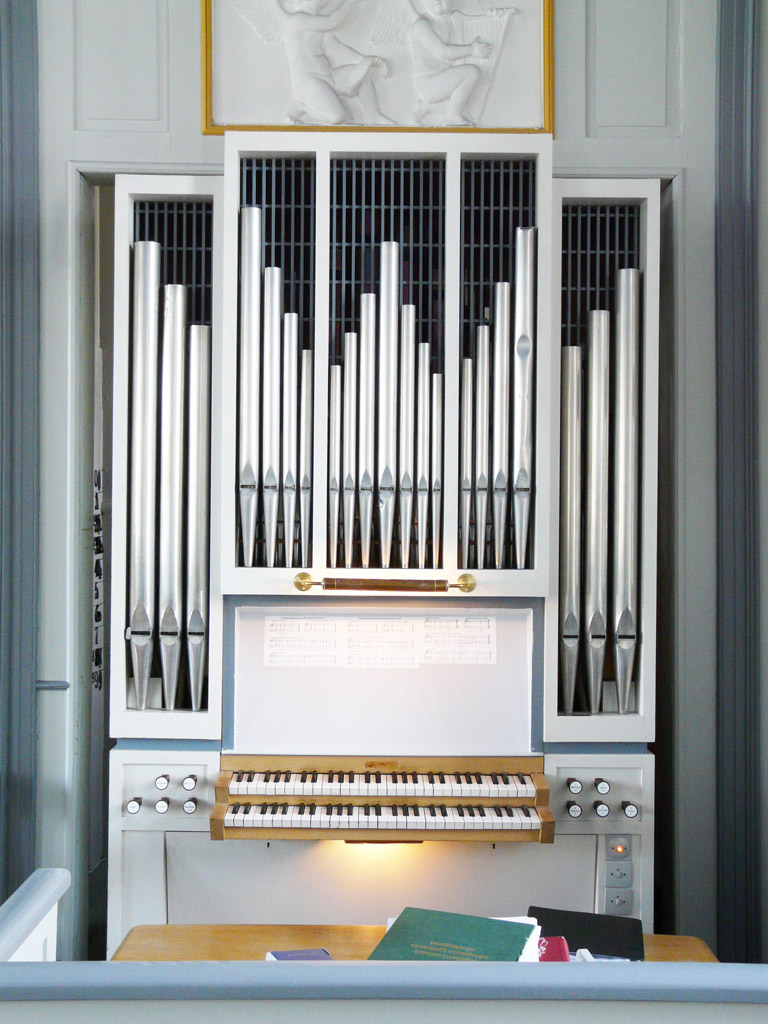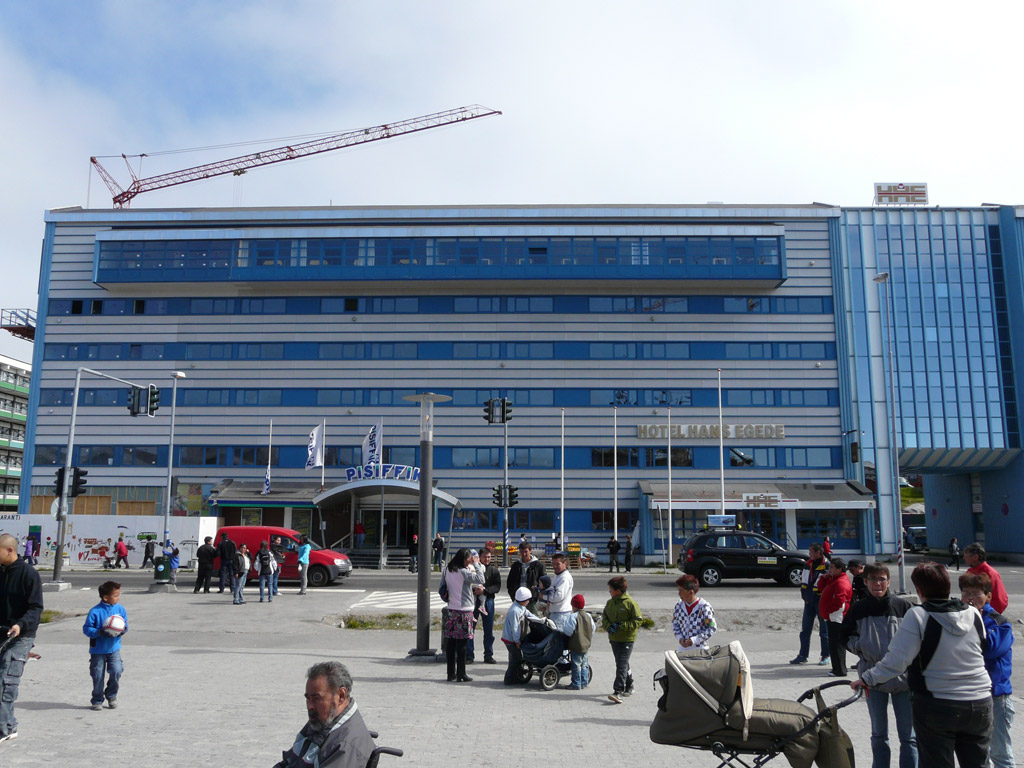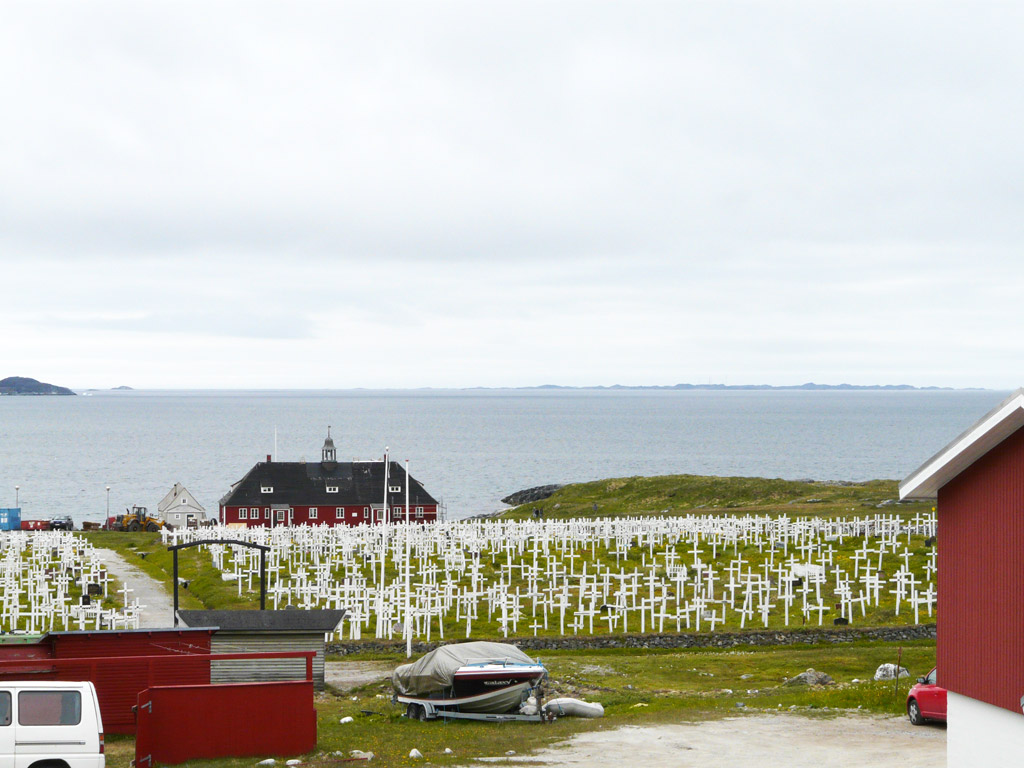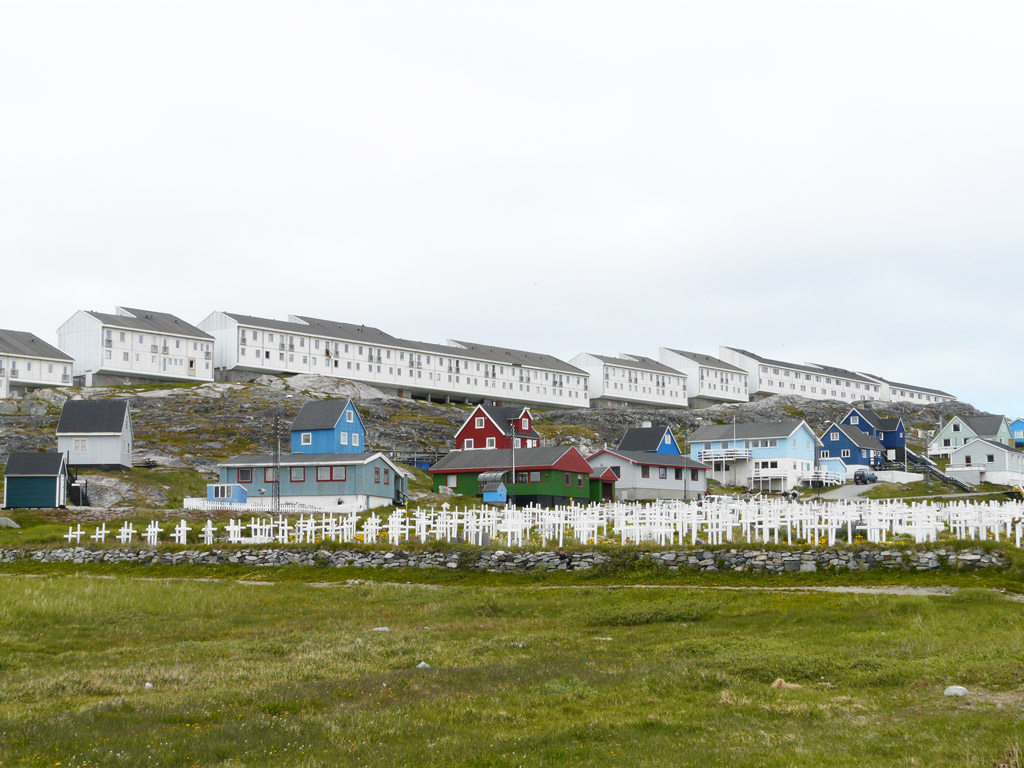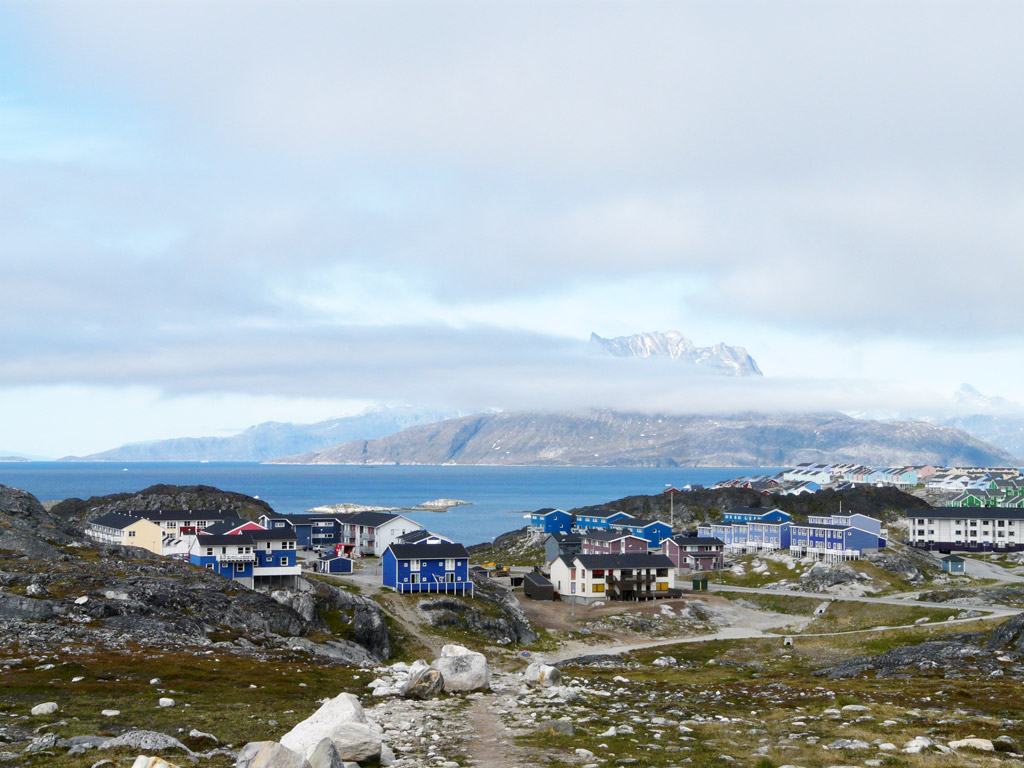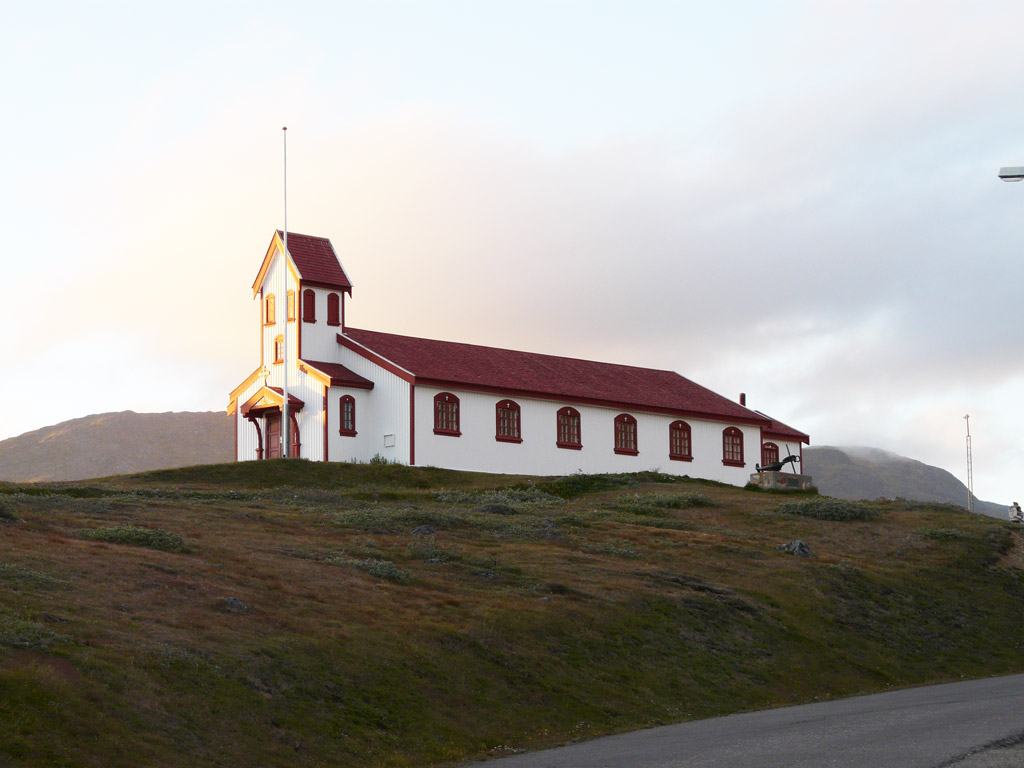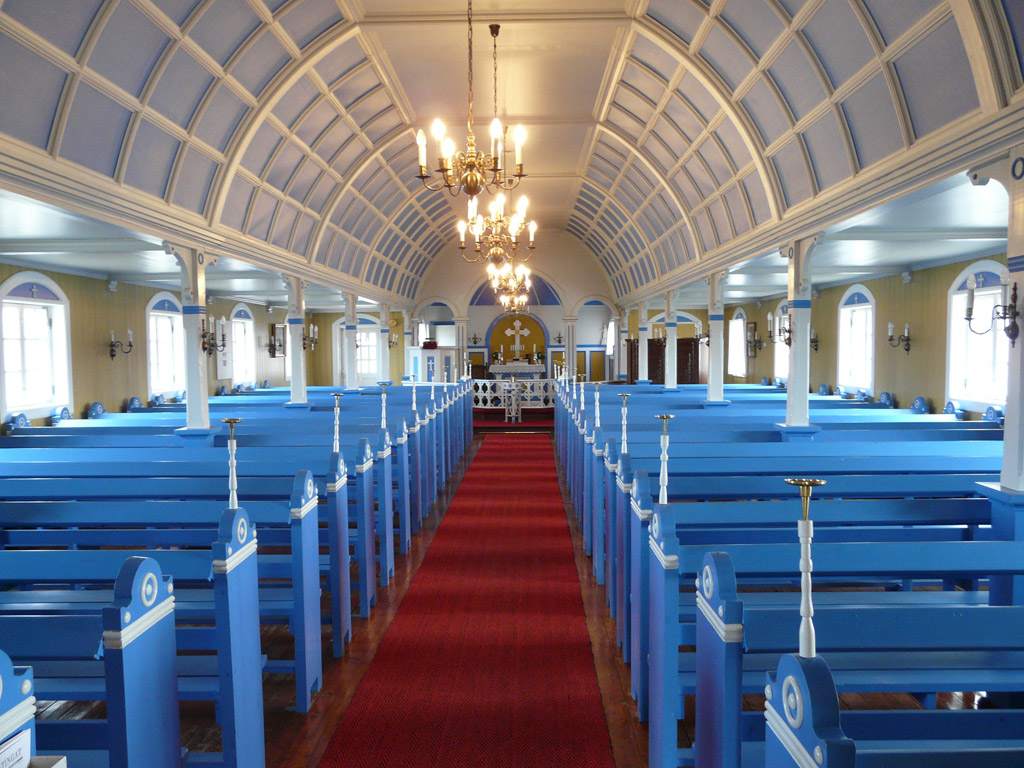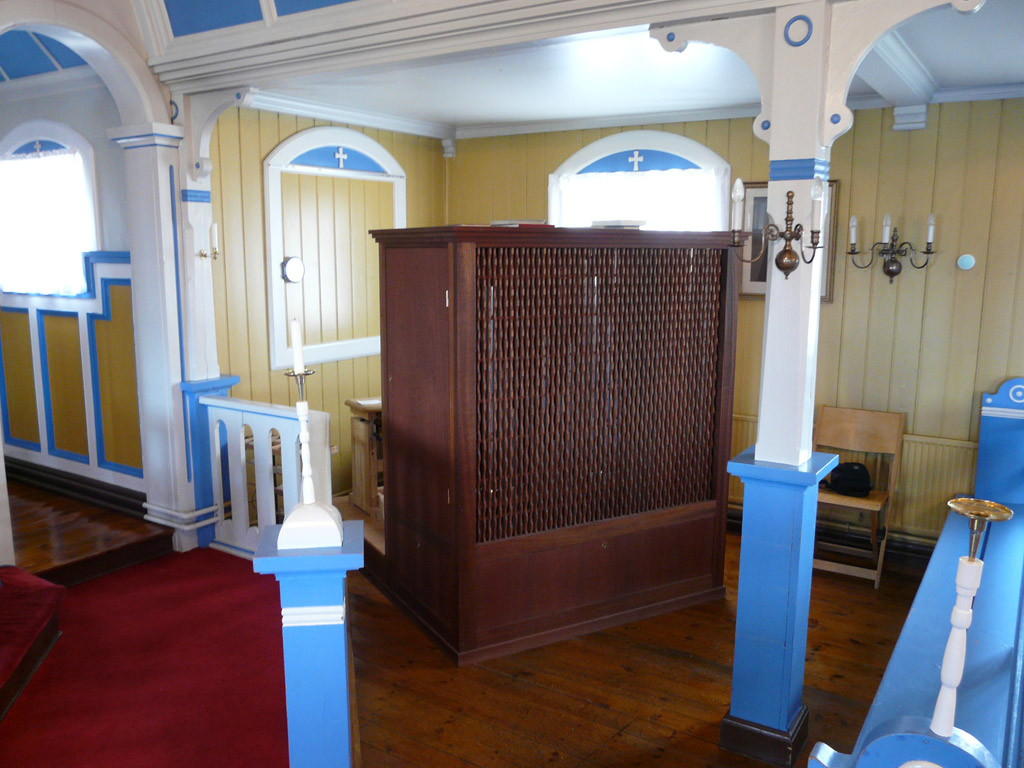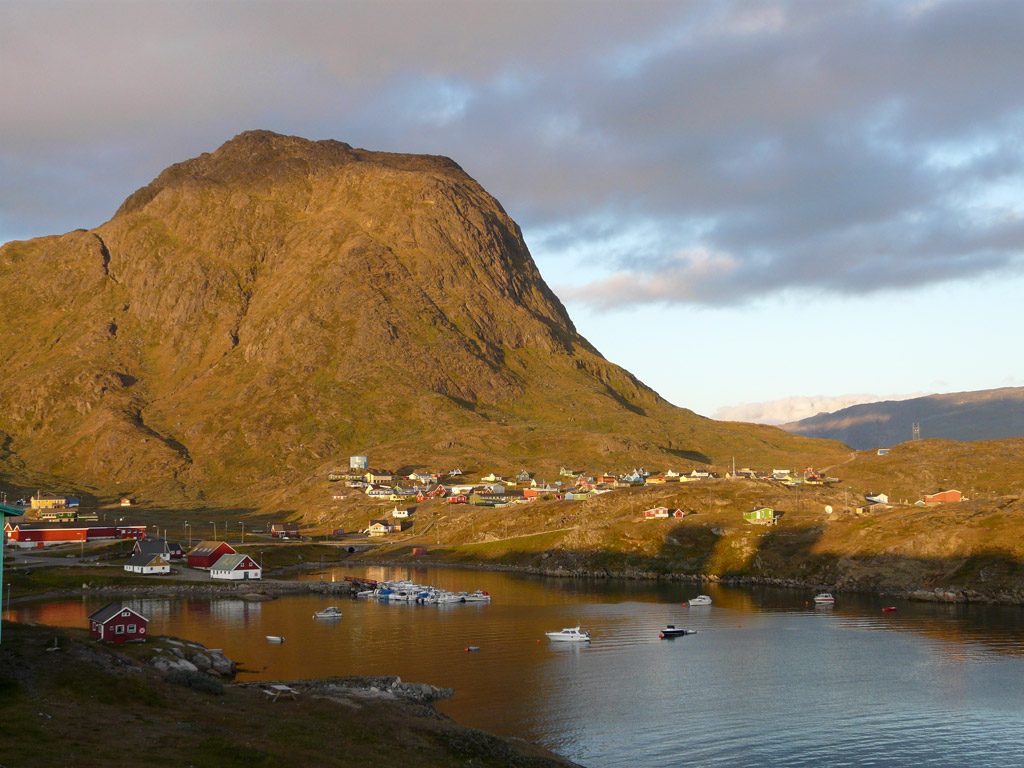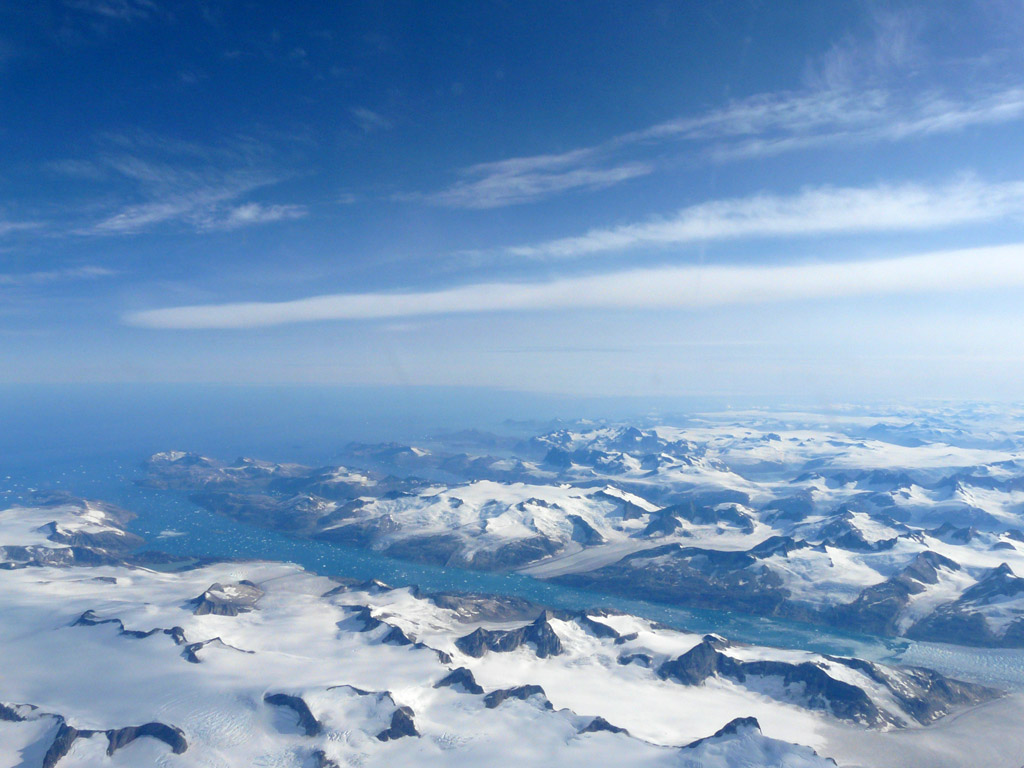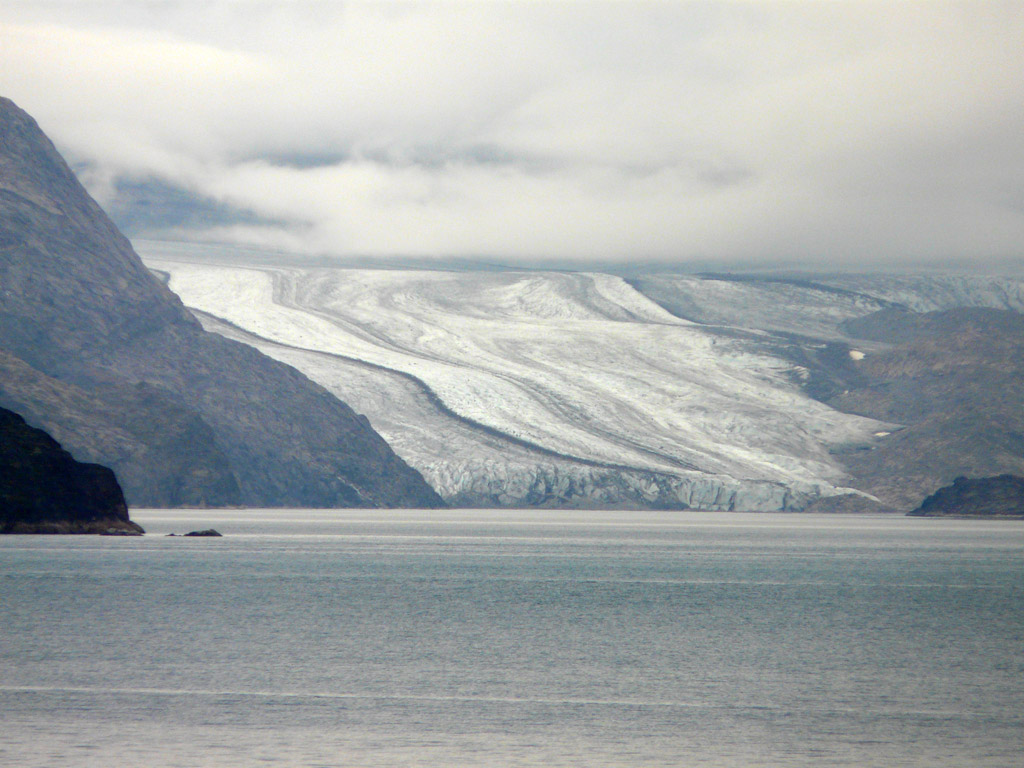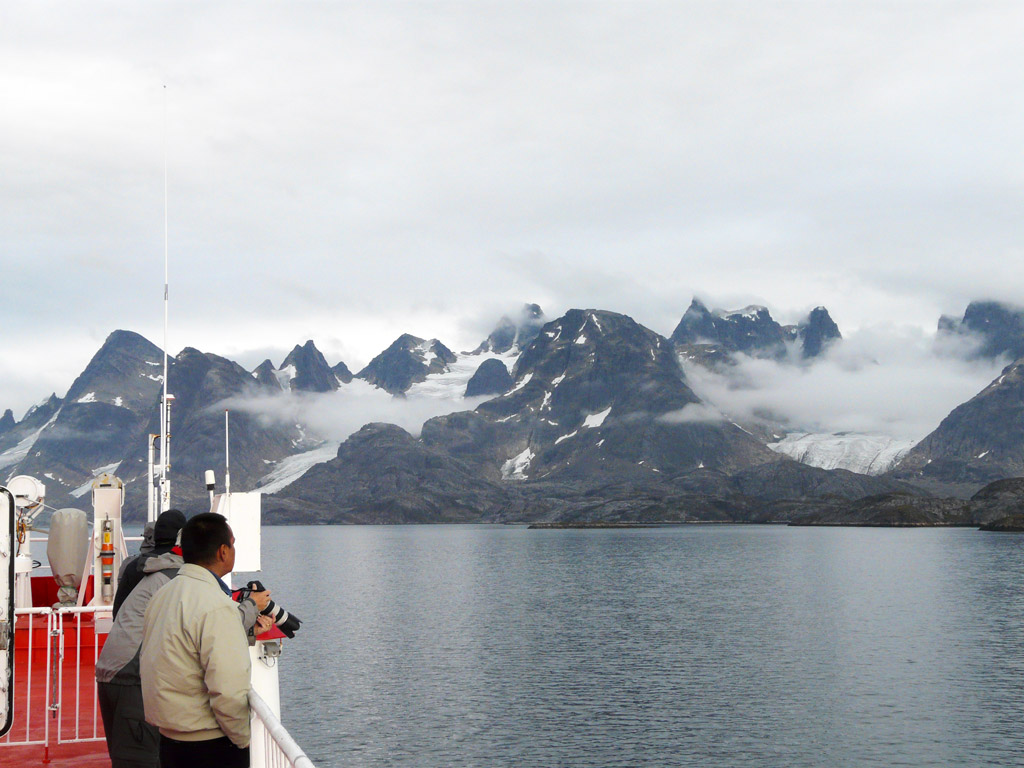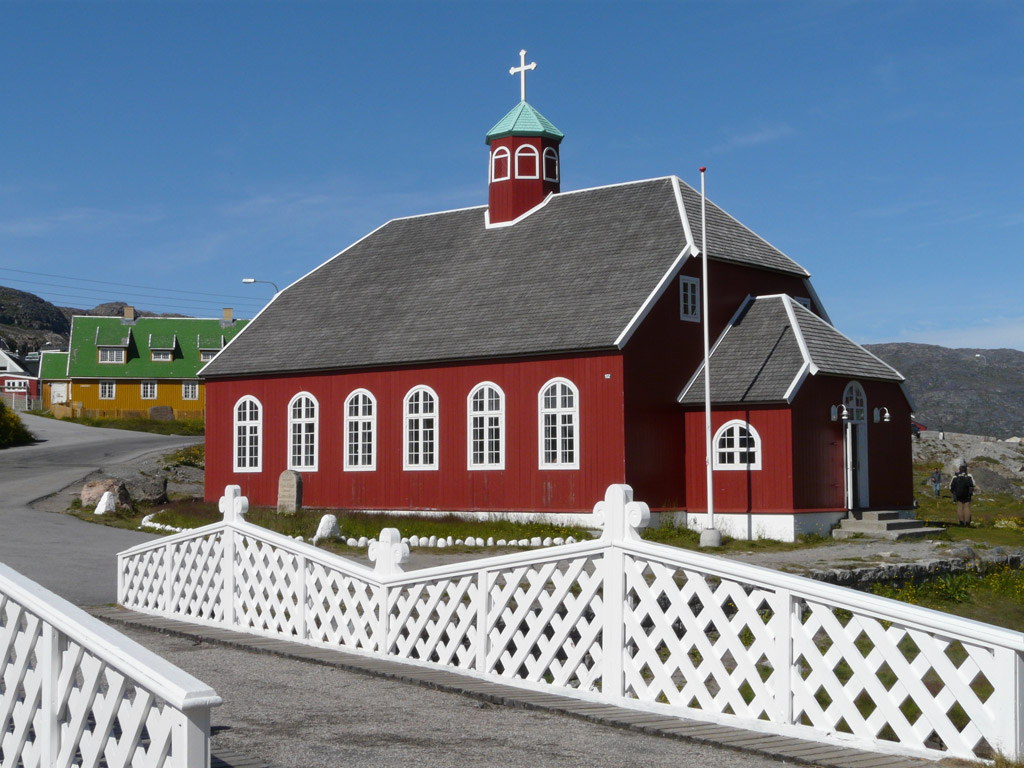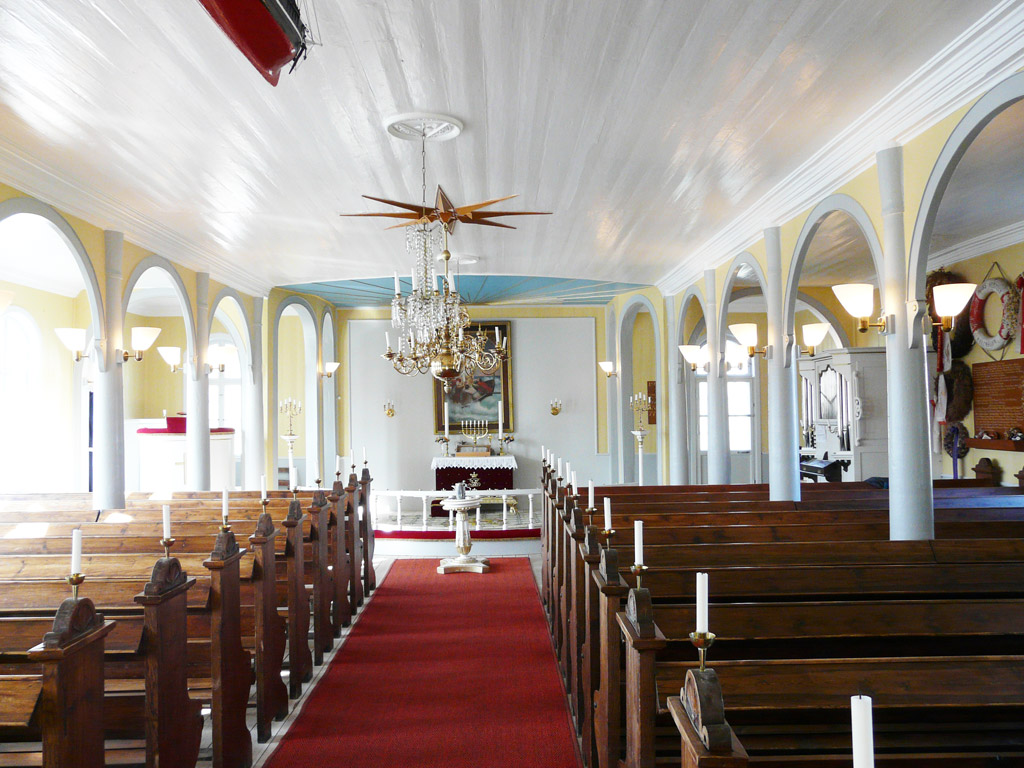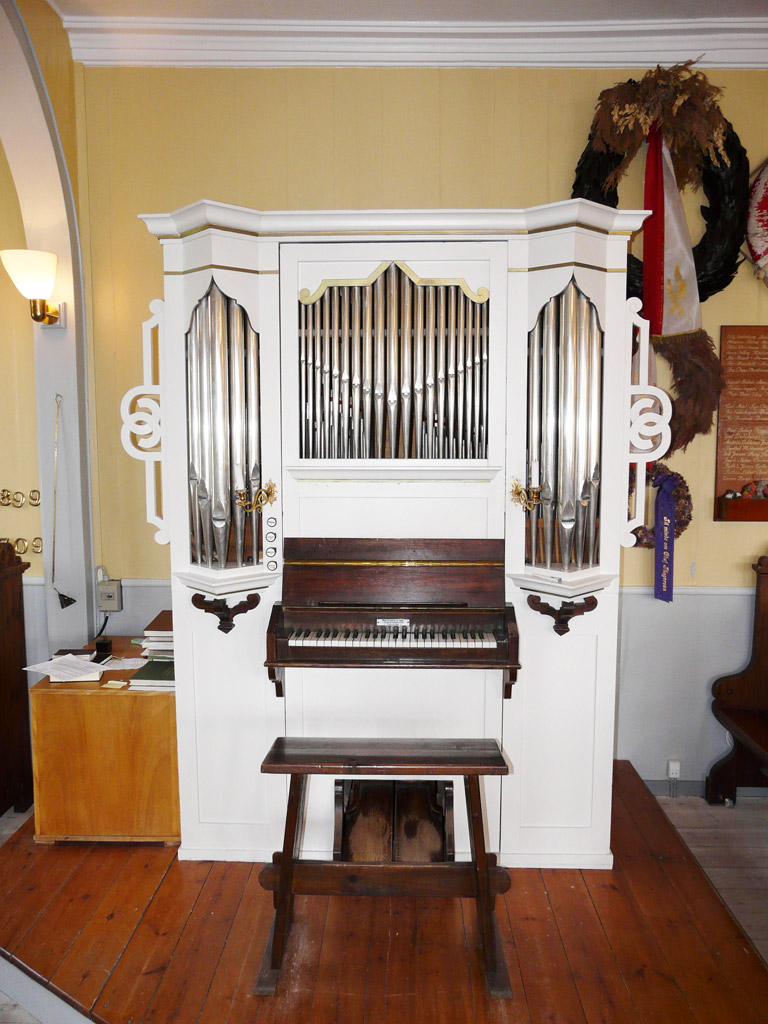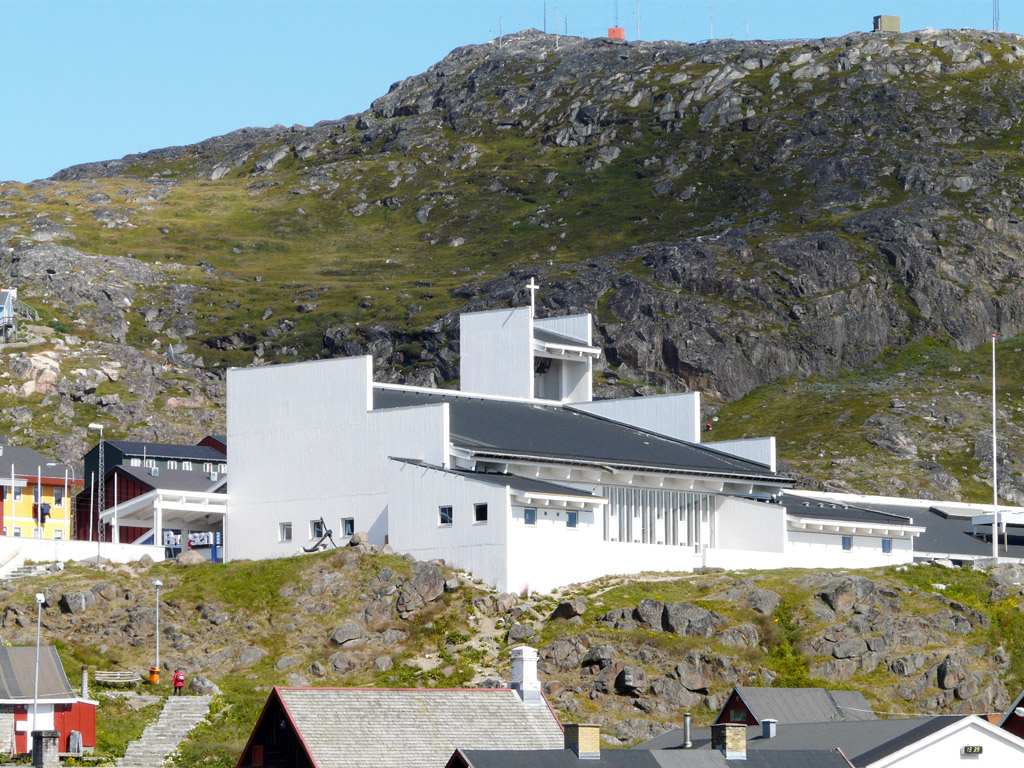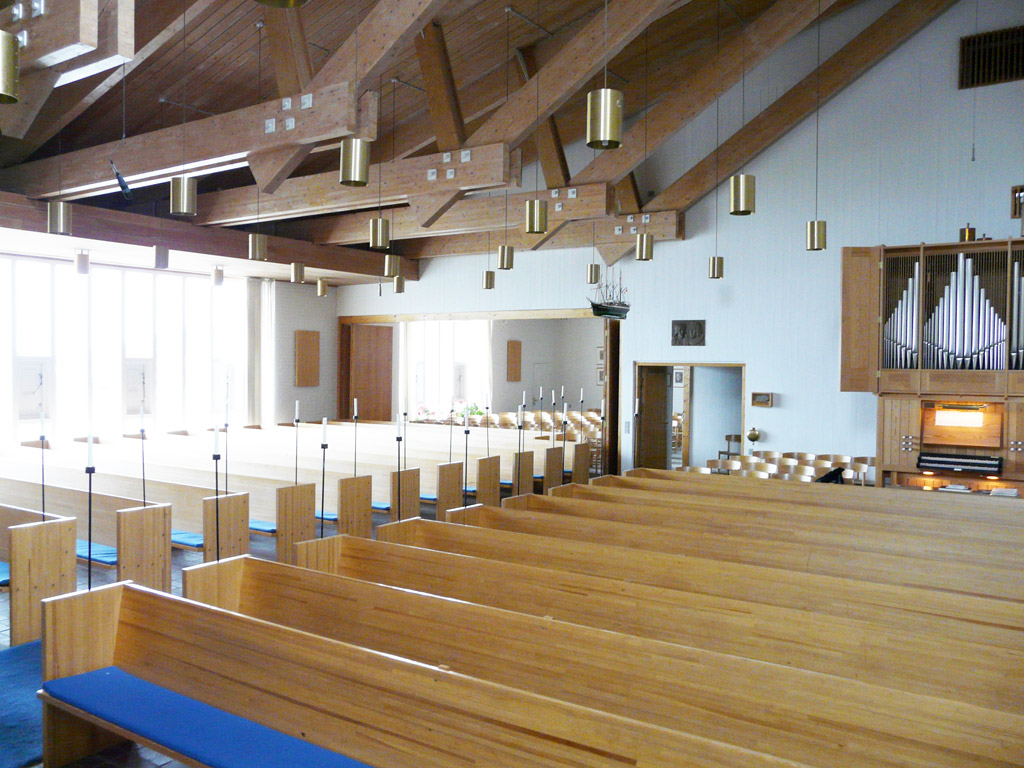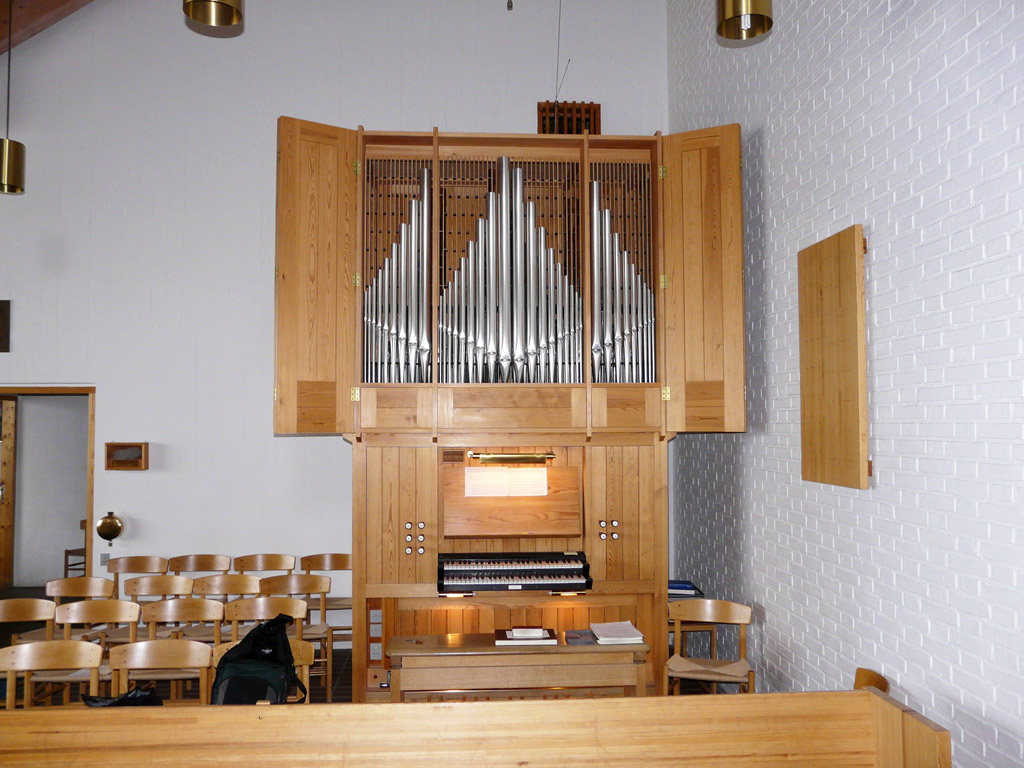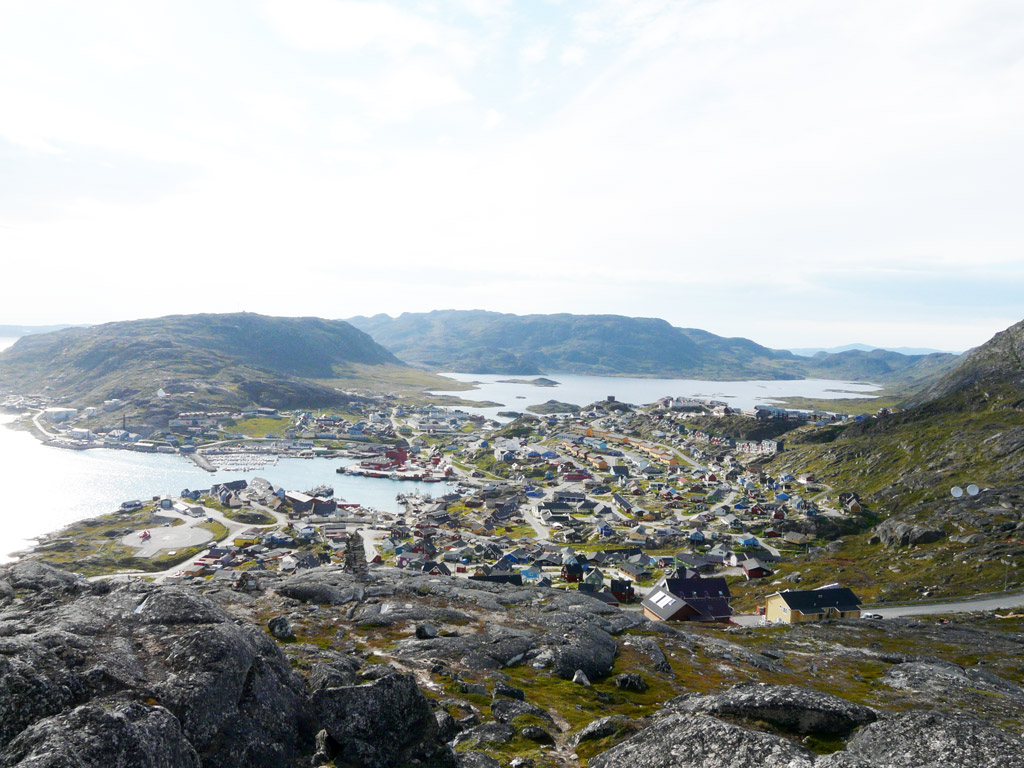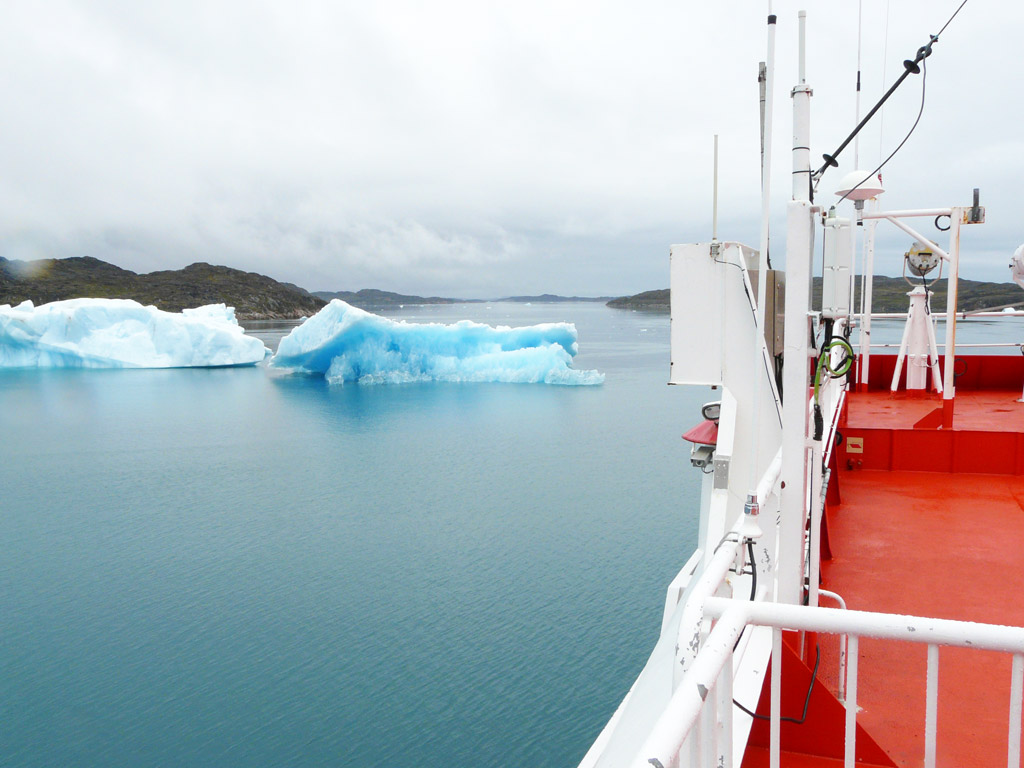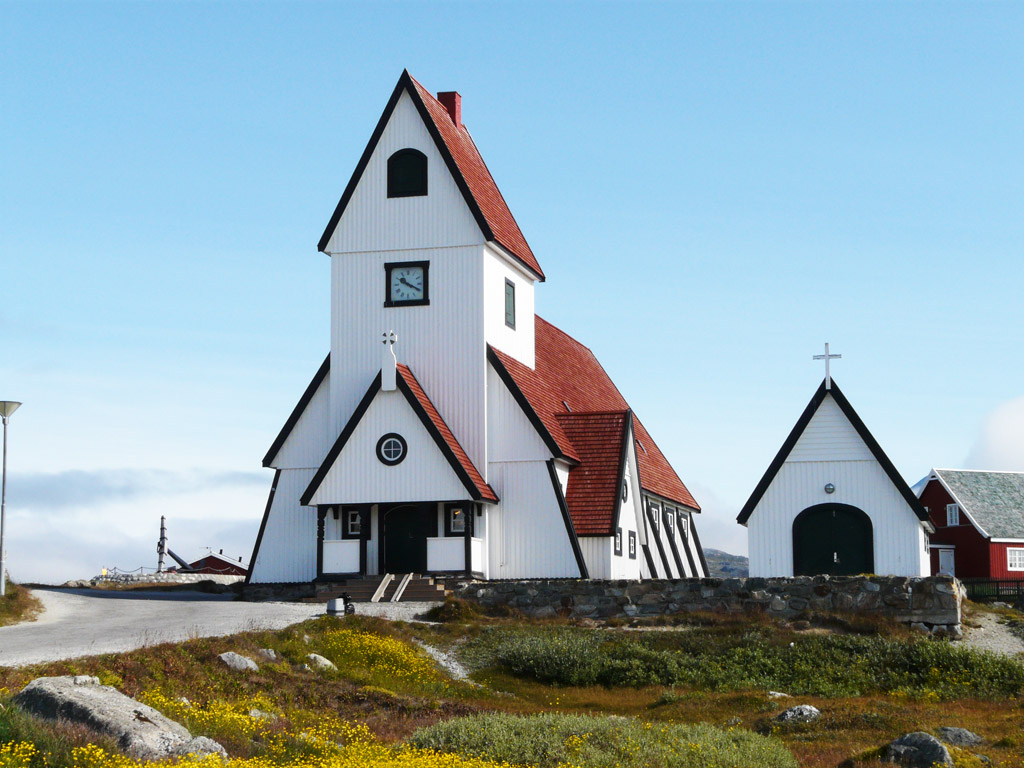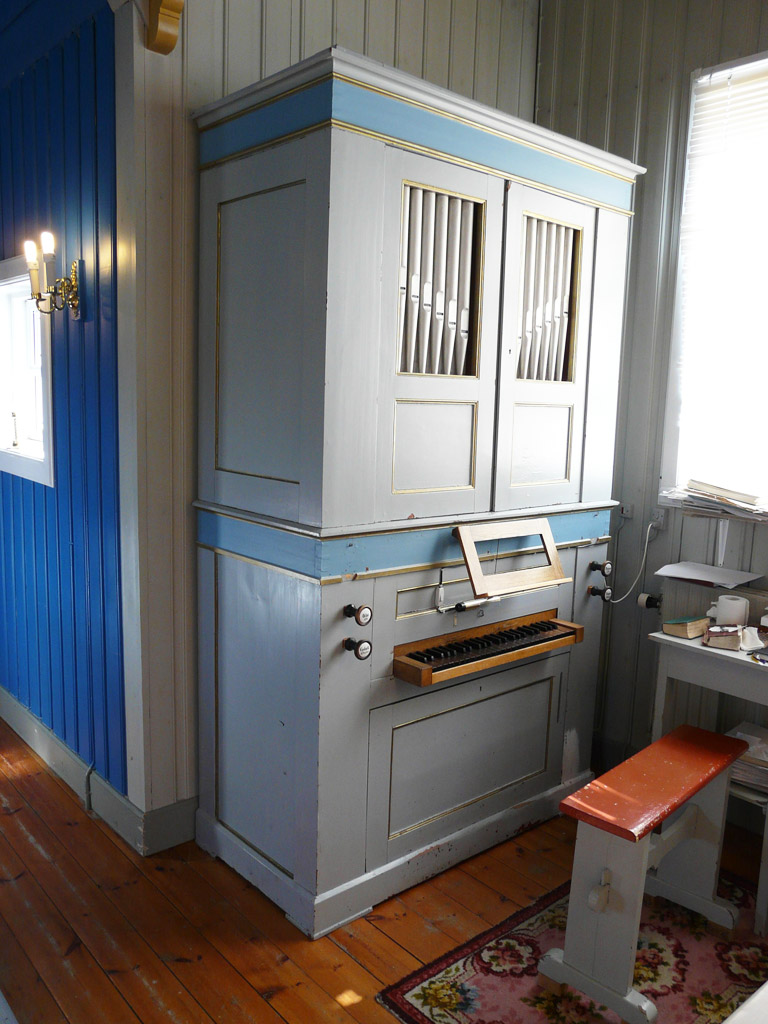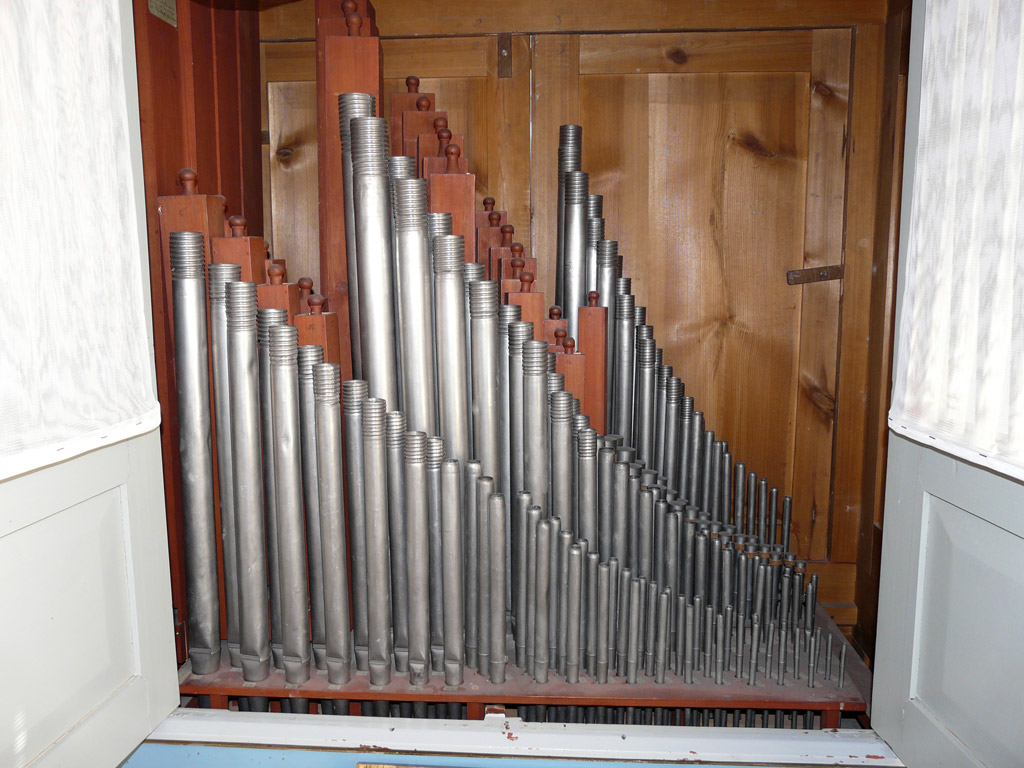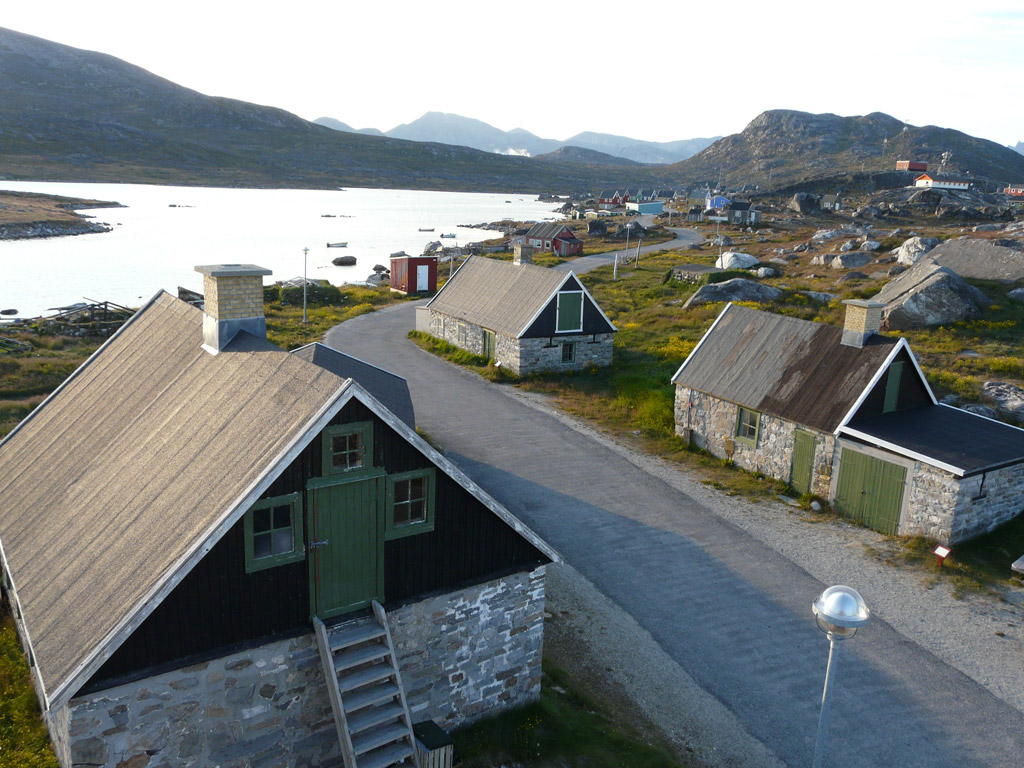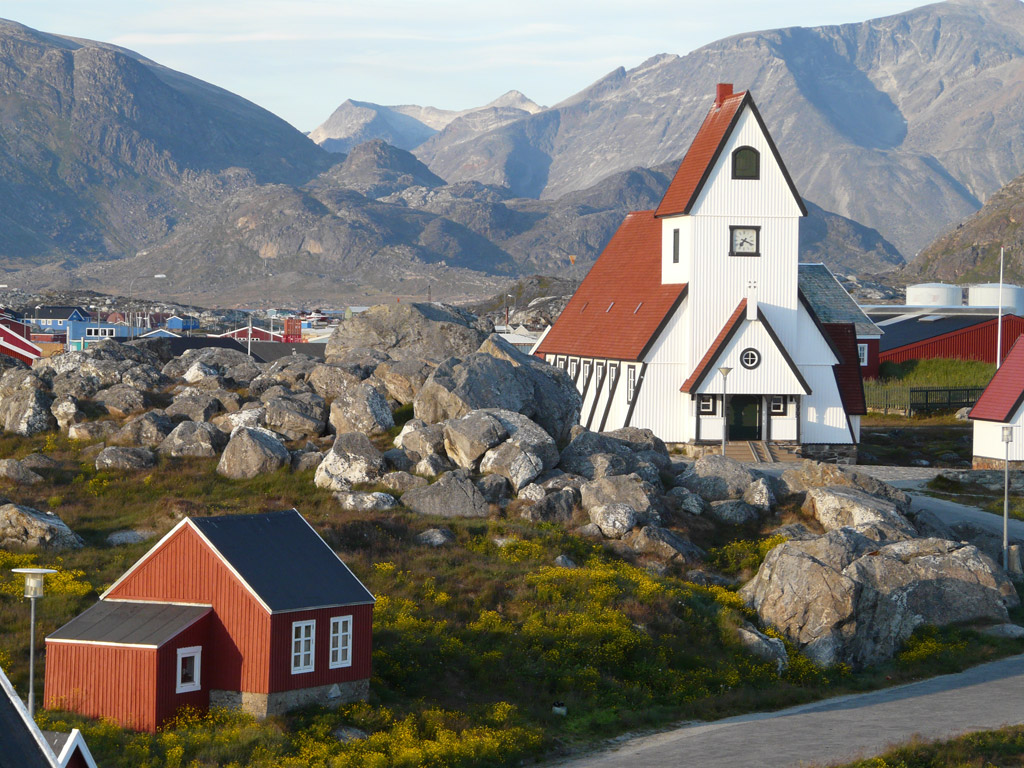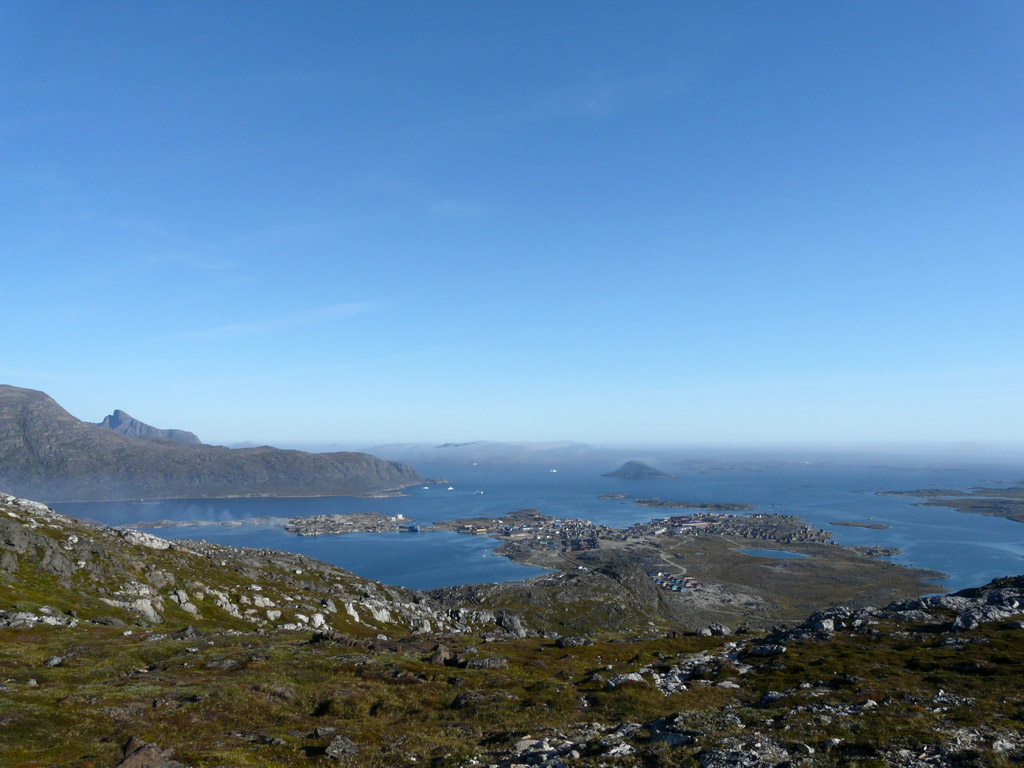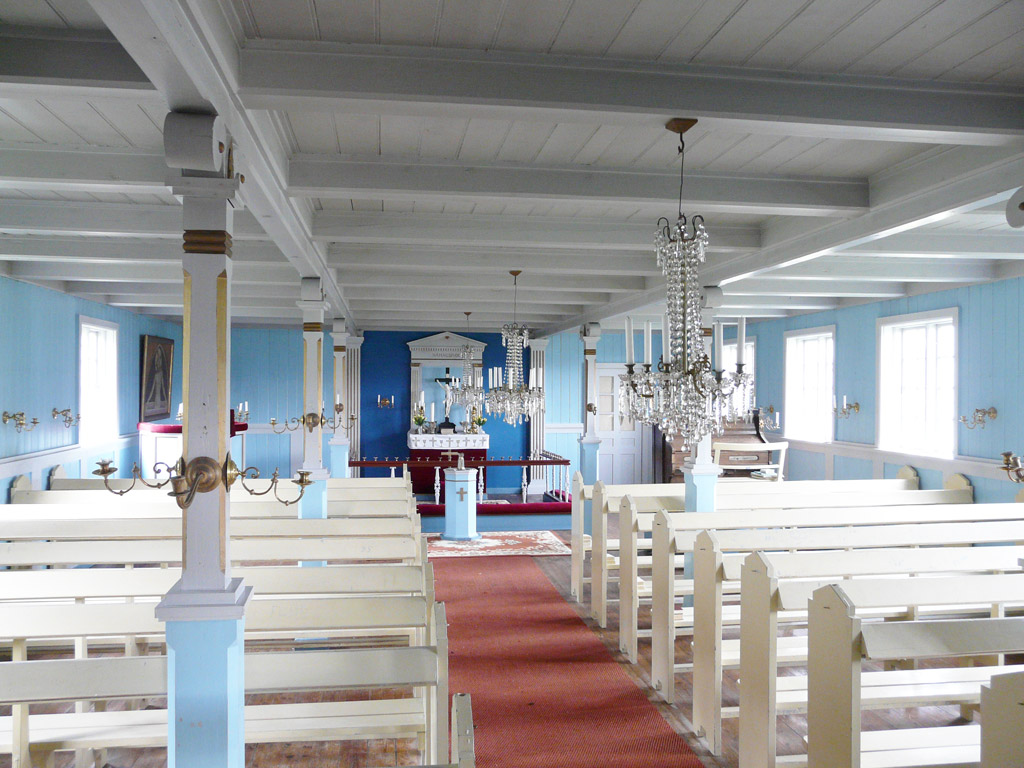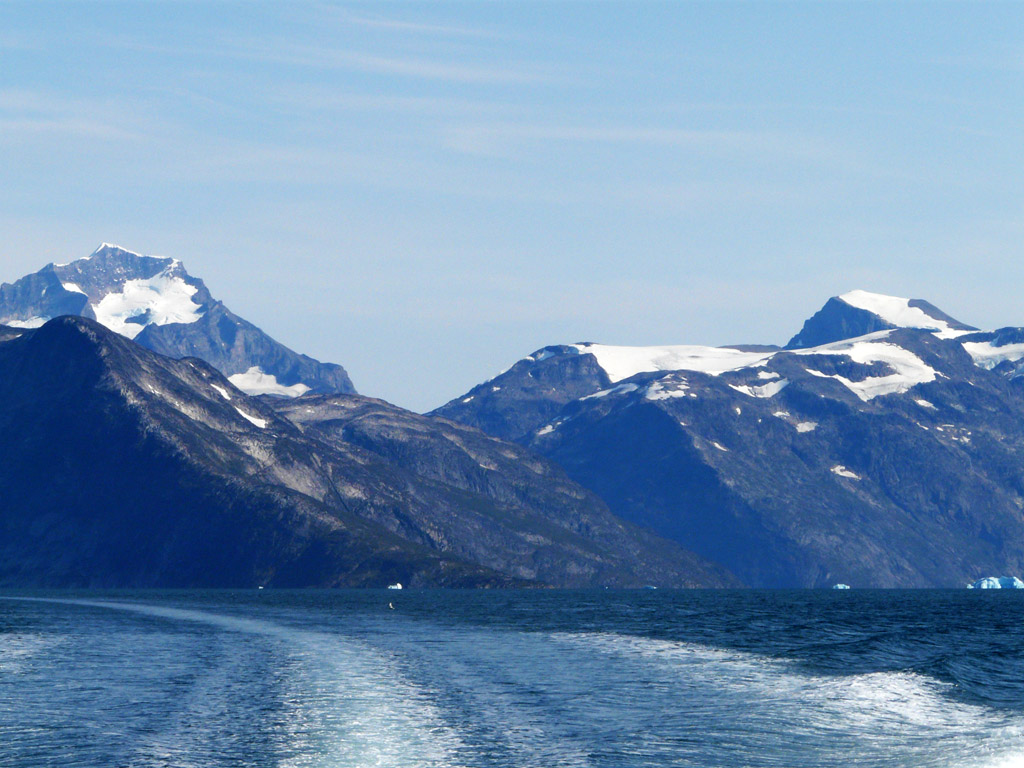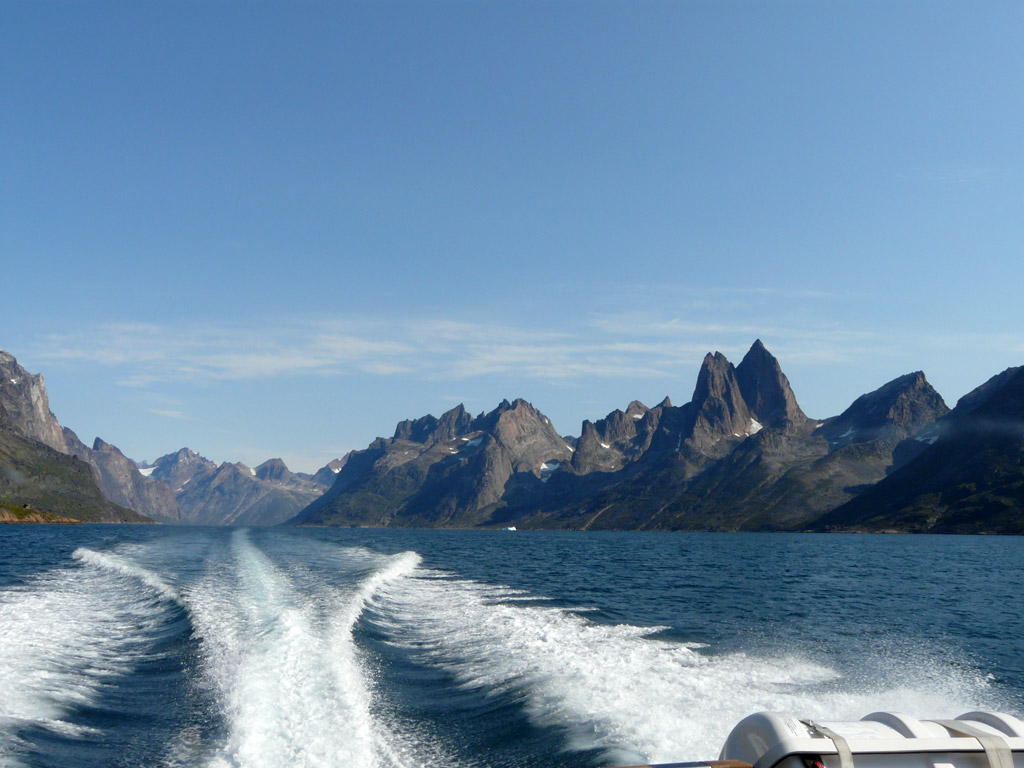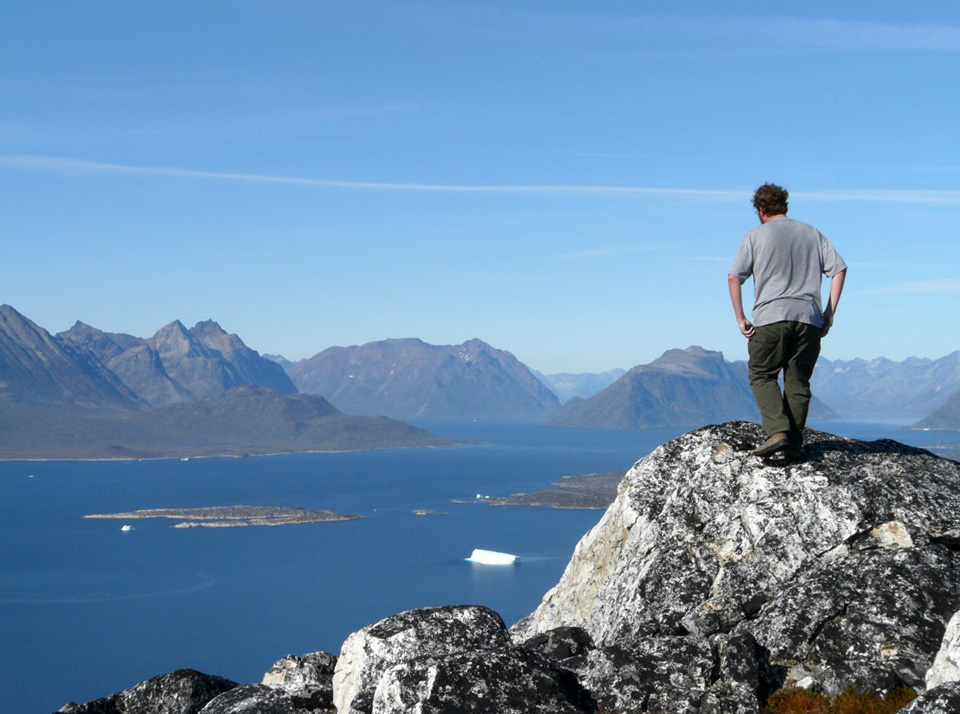


Pipe Organs of Greenland
Pipe Organs of Greenland
Welcome to the first webpage dedicated to the pipe organs of Kalaallit Nunaat, or Greenland, home of the only Inuit culture in the world with a vibrant and living pipe organ tradition. These pages are an expansion of an article from the January 2010 edition of The American Organist, “The Church of Greenland and the Inuit Organ Tradition”, the culmination of ten weeks of independent research in Greenland sponsored by the Presser Foundation. To further explore Greenland and its churches and organs, please use the map below to link to various Greenland towns. You will find additional information and see pictures of the town, churches, and organs. Additionally, you can hear sound samples from organs in Nanortalik, Narsaq, Qaanaaq, and Qaqortoq
Kalaallit Nunaat is a vast, uncompromising land where 57,000 inhabitants, primarily of Inuit or mixed Danish-Inuit descent, live in towns and villages spread over an area more than three times the size of France or Texas. In a land mostly covered in ice and almost entirely devoid of trees, the Greenlandic culture is a unique blend of Inuit and Danish traditions, centered on the ebb and flow of nature, with decidedly European flavors inherited from Denmark. Out of this remarkable country’s complex history comes a unique sacred music and pipe organ tradition
Sincere thanks to the Presser Foundation for making this trip possible, and Bishop Sofie Petersen of the Church of Greenland for facilitating access to all of the churches and organs featured below

Explore!
Explore!
Choose a Town below...
from north to south:
Qaanaaq
Pop. 660
Situated at a latitude hundreds of miles farther north than Point Barrow, Alaska, the high arctic town of Qaanaaq truly feels like the top of the world. It is a rough and wild community with an ambiance akin to a frontier outpost, where temperatures in mid-July hover in the lower 30°s F (0° C). The nearby village of Siorapaluk is billed as the northernmost natural settlement on Earth. The mountains surrounding the fjords are all topped with thick icecap, giving them the appearance of having a lavish crown of vanilla icing. The remarkably clear arctic air mixed with the midnight sun can often give the panoramic vistas a surreal, almost artificial texture, like a silkscreen painting. The town is provisioned by ship only at the beginning of August and September, the seas being too frozen and treacherous eleven months out of the year. Here, the locals still hunt whales in the traditional fashion, with kayaks and hand-thrown spears. This is the high arctic at its best. Needless to say, the town Church boasts the world’s northernmost pipe organ, a 3-rank instrument built by the Danish firm Starup & Søn in 1984, presented as a gift to the town from the nearby U.S. airbase in 1987
Qaanaaq Church, Starup & Søn 1984
Manual: C – g''', pedal: CC – d
Pedal pulldown only
Manual
Gedakt 8'
Rørfløjte 4'
Principal 2'
Nutaarmiut
Pop. 36
The remote village of Nutaarmiut contains a small reed organ, but no pipe organ. However, the village was featured prominently in my January 2010 article in The American Organist, so I thought I should include some pictures. I visited the village one day at the invitation of Pastor Maannguaq Dalager, who was called to officiate a local teenager’s confirmation service
Upernavik
Pop. 1200
Upernavik is the seat of a municipality featuring villages spread out over a 280 mile coastline. The Danish Organ Registry lists a 1928 Marcussen organ in the village of Kangersuatsiaq to the south. However, the organ is no longer in the village and there are conflicting reports as to its current whereabouts. Upernavik town itself features two organs
Old Church, now the town museum
May be the missing 1928 Marcussen from Kangersuatsiaq
One Manual: C – c'''
Manual
Rørfløjte 8'
Mixtur,1-3 Kor 4
New Church, Frobenius 1993
One Manual: C – g''', pedal: CC – d
Toe lever manual to pedal coupler (no independent pedal stops), Swell box
Manual
Rørfløjte 8'
Gedaktfløjte 4'
Principal 4'
Gedaktpommer 2'
Uummannaq
Pop. 1300
To the north of Ilulissat lies Greenland’s vast and rarely visited far north. Just beyond a mountainous peninsula marking the northern end of Disko Bay, Uummannaq sits on an island in a spectacular bay that, if one can believe it, even surpasses the more famous Disko Bay in breathtaking grandeur (don’t let the tourists discover this secret!). The town boasts one of Greenland’s only all-stone churches. The church once held an earlier Marcussen & Søn organ which the local minister reports now resides in a school in nearby Qaarsut – I was unfortunately unable to visit Qaarsut to verify. The church’s current organ is a 4-rank 1977 Frobenius
Uummannaq Church, Frobenius 1977
Manual: C – g''', Swell box
Manual
Rørfløjte 8'
Gedakt 4'
Principal 4'
Spidsfløjte 2'
Ilulissat
Pop. 4500
Ilulissat is Greenland’s tourist capital and best known town by far. This is due primarily to the neighboring icefjord’s UNESCO World Heritage Site status and famous giant icebergs. Just how big are these icebergs? Many reach hundreds of feet in height – and remember, the part above the surface represents only a small fraction of the total size. Fathom this: the volume of ice that calves off the Ilulissat icefjord every day is equal to the total amount of water used by New York City in an entire year! It is a remarkable town with astounding views at every turn. On the downside, it is a bit overrun by the tourist industry, at least by Greenlandic standards. But, compared with most tourist destinations around the globe it is still pretty quiet and well off the beaten path. The town itself has a long and fascinating history and features two remarkable churches
Zion’s Church (c.1781), Frobenius 1980
Two Manuals: C – g''', pedal: CC – f
Three toe levers: Hv–Ped, Pos–Ped, Pos–Hv
I. Hv II. Pos
Rørfløjte 8' Gedakt 8'
Principal 4' Rørfløjte 4'
Fløjte 2' Nasat 2⅔'
Mixtur Oktav 1'
Ped
Subbas 16'
Gedakt 8'
House of Our Lord, Marcussen 1930
relocated from an abandoned village on Disko Island
Manual: C – c'''
Gedakt 8'
Rørfløjte 4'
Principal 4'
Mixtur 1-2 Kor
Qasigiannguit
Pop. 1200
A quiet and colorful town at the southern end of Disko Bay, Qasigiannguit offers ample opportunities for day or multi-day hiking in typical sans-trail Greenlandic style. Unfortunately, in mid summer the town is overrun by a seemingly impossible number of mosquitoes. Paavia Church features a 1969 4-rank Frobenius.
Paavia Church, Frobenius 1969
Manual: C – g'''. Swell box
Manual
Gedakt 8'
Rørfløjte 4'
Principal 4'
Oktav 2'
Aasiaat
Pop. 3100
Situated on one of the larger islands of a complicated archipelago, Aasiaat marks the southern entrance to famous Disko Bay. The town is a popular whale-watching destination and has the grizzled fisherman’s village ambiance of Popeye’s Sweethaven. The island of Kitsissuarsuit lies off the coast of Aasiaat, midway between the town and Disko Island. visit Qaqortoq from the list of towns to hear a performance of the organ work The Forgotten Whalers of Kitsissuarsuit by Adrian Vernon Fish
Aasiaat church, Frobenius 1965
One Manual: C – g''', pedal: CC – d
Toe lever manual to pedal coupler, Swell box
Manual Pedal
Gedakt 8' Subbas 16'
Rørfløjte 4'
Principal 4'
Oktav 2'
Scharf
Sisimiut
Pop. 5600
Sisimiut is Greenland’s second largest municipality. Lying just north of the Arctic Circle, Sisimiut is the southernmost community in West Greenland where sled dogs are allowed. To keep the famous blood lines pure, sled dogs are only allowed north of the circle while all other breeds must remain to the south. The town church first housed a 1927 Marcussen organ. However, only the tubular pneumatic console remains from this instrument, with much of the original pipework presumably incorporated into the larger 1978 rebuild. This latter instrument is uniquely the only organ in Greenland built into the permanent structure of the church. In my opinion it is also the finest organ in Greenland, likely due to the beautifully voiced ranks from the 1927 instrument
Sisimiut Church, Marcussen & Søn, 1978
One Manual: C – g''', pedal: CC – f
Toe lever manual to pedal coupler
Manual
Principal 8'
Rørfløjte 8'
Spidsfløjte 4'
Oktav 2'
Quint 1⅓'
Pedal
Subbas 16'
Marcussen & Søn, 1927
no longer extant – console resides in the town museum
One Manual: C – f''', no Pedal
Manual
Principal 8'
Quintatøn 8'
Traversfløjte 4'
Rauschquint 2⅔' and 2'
Oktavkobbel
Kangaamiut
Pop. 350
Just north of the municipal seat Maniitsoq, Kangaamiut features a similar, if even more dramatic, chutes-and-ladders townscape. The town Church contains a 1971 Frobenius, which resided in Maniitsoq until the arrival of the current instrument in 1981. Unfortunately, I was unable to visit Kangaamiut due to typical Greenlandic fickle travel conditions. Later in the trip I was able to take a few photos of the church from a southbound Arctic Umiaq Line ferry which stopped briefly at the town (there was no time to go ashore, however).
Information from the Danish Organ Registry lists the church organ as having one manual and 4 stops.
Please note that the photos below from directly outside and inside the church were provided by Patricia Robertson, who having personally visited and photographed Kangaamiut, and found my website, generously offered to share them so as to help complete the photographic documentation of Greenland’s pipe organs. Thank you, Patricia!
Maniitsoq
Pop. 2700
A short flight north of the capital, Nuuk, Maniitsoq is known for its rugged rocky terrain. The town clings to the coastal cliffs with an elaborate system of roads and stairs. The new Elias’ Church holds a 7-rank 1981 Frobenius
Elias' Church, Frobenius 1981
One Manual: C – g''', pedal: CC – d
Toe lever manual to pedal coupler
Manual Pedal
Principal 8' Subbas 16'
Rørfløjte 8'
Oktav 4'
Gedakt 4'
Oktav 2'
Quint 1⅓'
Tasiilaq
Pop. 2000
The larger of only two towns in East Greenland, Tasiilaq and the surrounding area is known for jagged pointy mountains that rise straight out of the sea. The gateway to the rest of Greenland, weekly flights from Iceland arrive at the nearby village of Kulusuk, from which one can connect to Nuuk on the west coast, or take a short helicopter jump over to Tasiilaq. I arrived in the country on Greenland’s National Day, June 21st. However, as you can see, there is still significant sea ice and snow even this late in June
New Church, Frobenius 1985
Manual: C – g''', no Pedal
Rørfløjte 8'
Principal 4'
Gedaktfløjte 4'
Oktav 2'
Gedakt 2'
Nuuk
Pop. 17,300
The world’s smallest capital city, Nuuk is by far the largest and most cosmopolitan community in Greenland. The well-stocked supermarkets have everything from Greenlandic specialties, such as whale skin and seal meat, to top French wines. The town is the seat of the Church of Greenland, housing the office of the Bishop, and boasts two churches with two of the largest organs in Greenland
Hans Egede’s Church, Frobenius 1971
Two Manuals: C – g''', pedal: CC – d
Three toe levers: Hv.–Ped., Pos.–Ped., Pos.–Hv.
I. HV II. PS
Rørfløjte 8' Gedakt 8'
Principal 4' Rørfløjte 4'
Spidsfløjte 2' Nasat 2⅔'
Mixtur Oktav 1'
PD
Subbas 16'
Gedakt 8'
Church of Our Saviour, Marcussen & Søn 1970
Two Manuals: C – g''', pedal: CC – f
Swell pedal, three toe levers: II+I, P+I, P+II
I II (enclosed)
Spidsgamba 8' Gedakt 8'
Rørfløjte 8' Quintatøn 4'
Principal 4' Rørfløjte 4'
Rauschquint, 2 Kor Principal 2'
P
Subbas 16'
Gedakt 8'
Paamiut
Pop. 1500
Paamiut was the only town I had to leave off my itinerary, due to the extremely difficult logistics of travel in Greenland. I passed by the town on the southbound Arctic Umiaq Line ferry en route to Qaqortoq, but the brief stop at Paamiut was during an intense rain storm in the middle of the night, so even a passing photograph, as at Kangaamiut, was out of the question. The Danish Organ Registry lists the following organ as residing in the town’s distinctive gingerbread-house styled church, probably similar to the one in Maniitsoq:
Frobenius, 1985, 7 stops One manual and pedal
Narsaq
Pop. 1500
Narsaq is primarily known for its green meadows and sheep farms. It is also very near what most archeologists agree to be Eric the Red’s first Greenlandic homestead. Common wisdom says that Eric the Red named this newly discovered land Greenland to attract more inhabitants from “icy” Iceland, however the green surroundings really do live up to the moniker (this part of Greenland is further south than Iceland, after all). The town church houses Greenland’s newest organ, a 4-rank Frobenius installed in 2002
Narsaq Church, Frobenius 2002
One Manual: C – g''', pedal: CC – d
Toe lever: manual to pedal coupler (no independent pedal stops)
Manual
Rørfløjte 8'
Gedaktfløjte 4'
Principal 4'
Gedaktpom 2'
Qaqortoq
Pop. 3200
Qaqortoq is the largest town in southern Greenland, a region of lush green vegetation in the summer where flocks of sheep can be found wandering the countryside. The town has a long and fascinating history, including a historic and accidental meeting of Charles Lindberg and Knud Rasmussen, two of the greatest adventurers/explorers of the 20th Century. The Qaqortoq region offers particularly excellent hiking, if you can stand the mosquitoes
Church of Our Saviour, Marcussen 1930
Manual C – c'''
Gedakt 8'
Rørfløjte 4'
Principal 4'
Mixtur, 1-3 Kor
Gertrud Rasch’s Church, Frobenius 1973
nearly identical to the organ in Zion’s Church, Ilulissat
Two Manuals: C – g''', pedal: CC – d
Three toe levers: Hv.–Ped., Pos.–Ped., Pos.–Hv
I. Hv II. Pos
Rørfløjte 8' Gedakt 8'
Principal 4' Rørfløjte 4'
Spidsfløjte 2' Nasat 2⅔'
Mixtur Oktav 1'
Ped
Subbas 16'
Gedakt 8'
Nanortalik
Pop. 1300
Greenland’s southernmost municipality, Nanortalik is home base for adventurers seeking some of the world’s best mountain climbing in the fjords around Greenland’s cape. The town sits on a small island buffeted from the northern winds by a large mountain. The distinctive white church is all the more unique as the home of Greenland’s oldest organ, built by the Danish firm Gregersen in 1861. The organ was recently restored through a project sponsored by Nanortalik’s sister city in Denmark
Nanortalik Church, Gregersen 1861
Manual: C – c'''
Gedackt 8'
Fugara 8' (from g)
Principal 4'
Octav 2'


